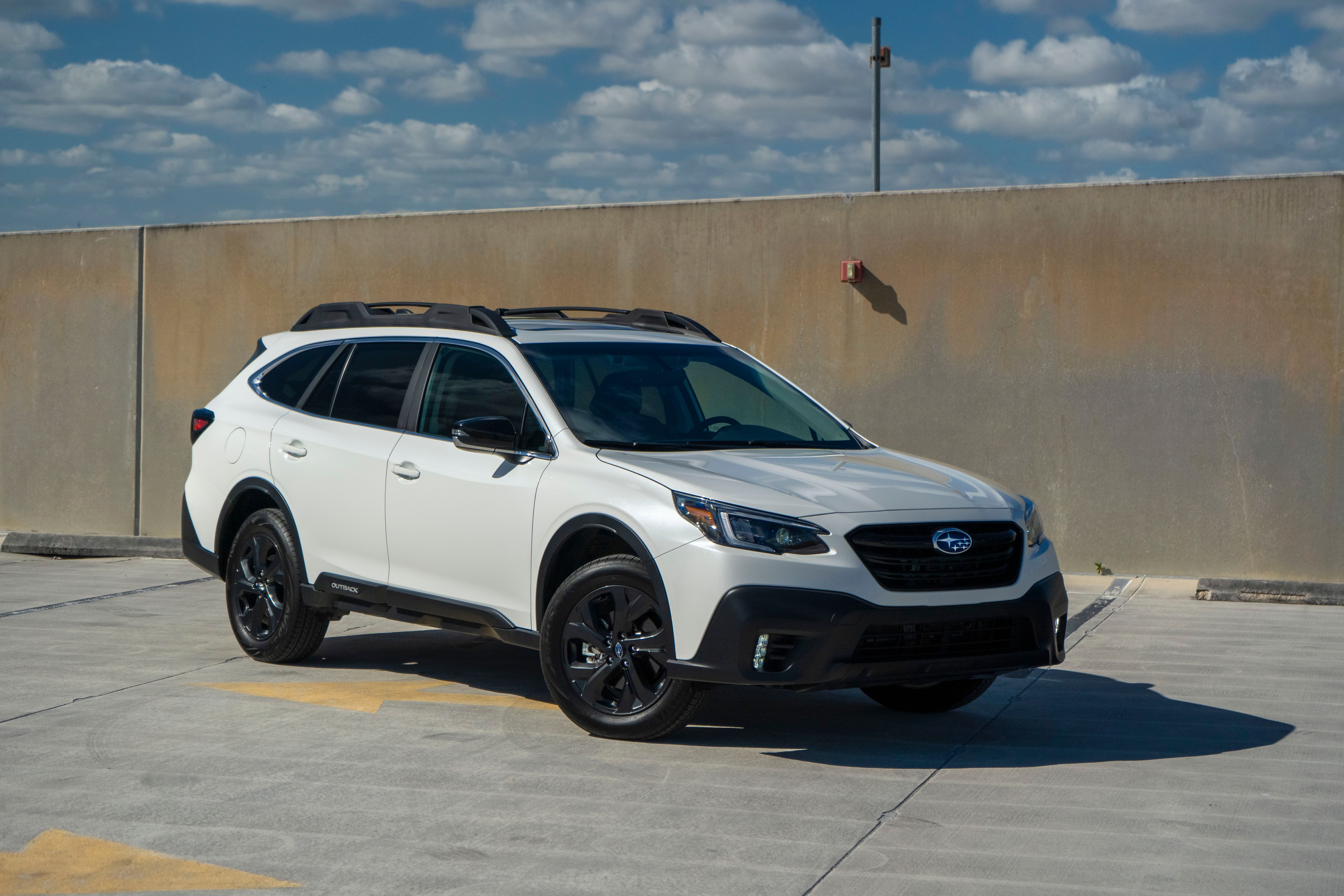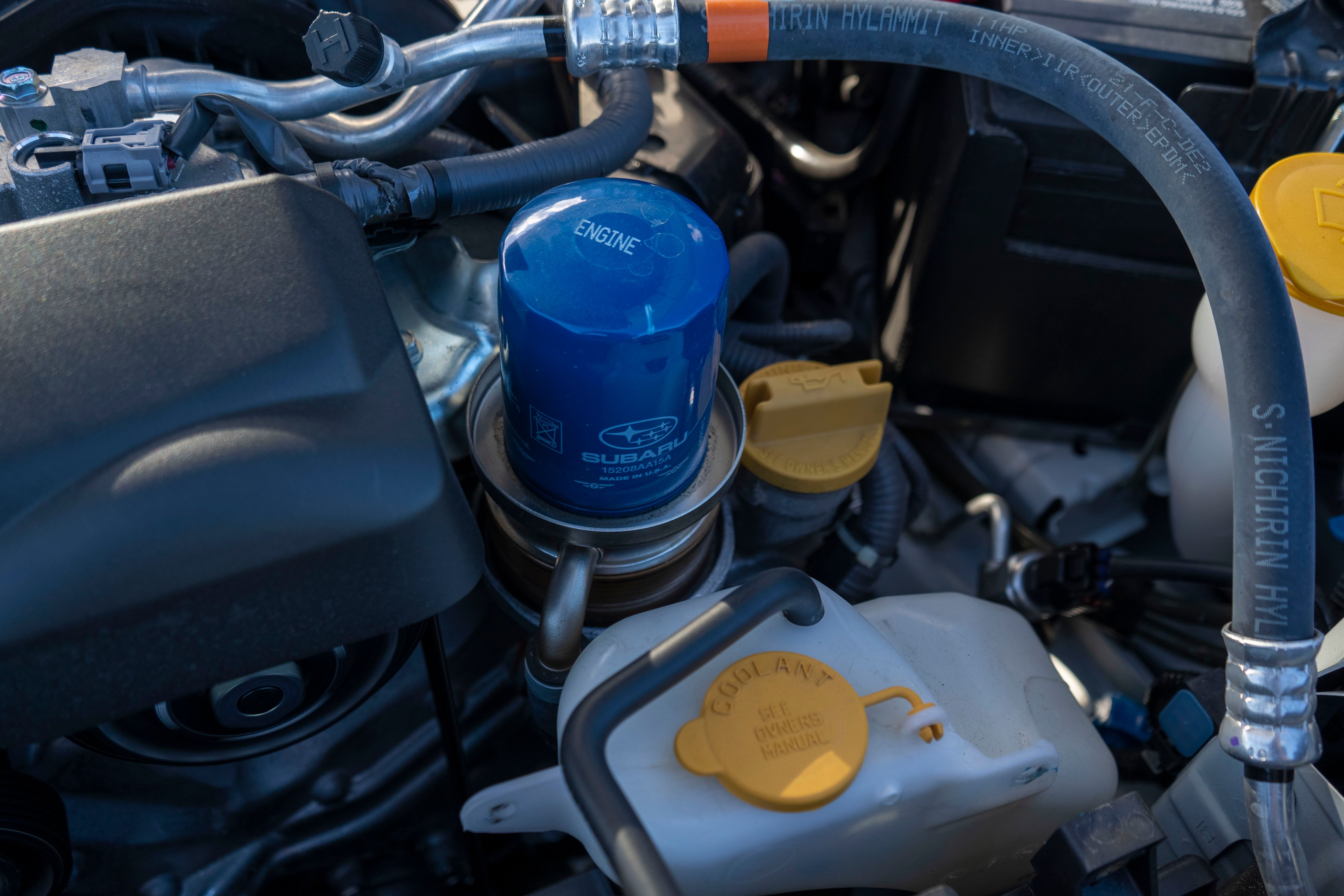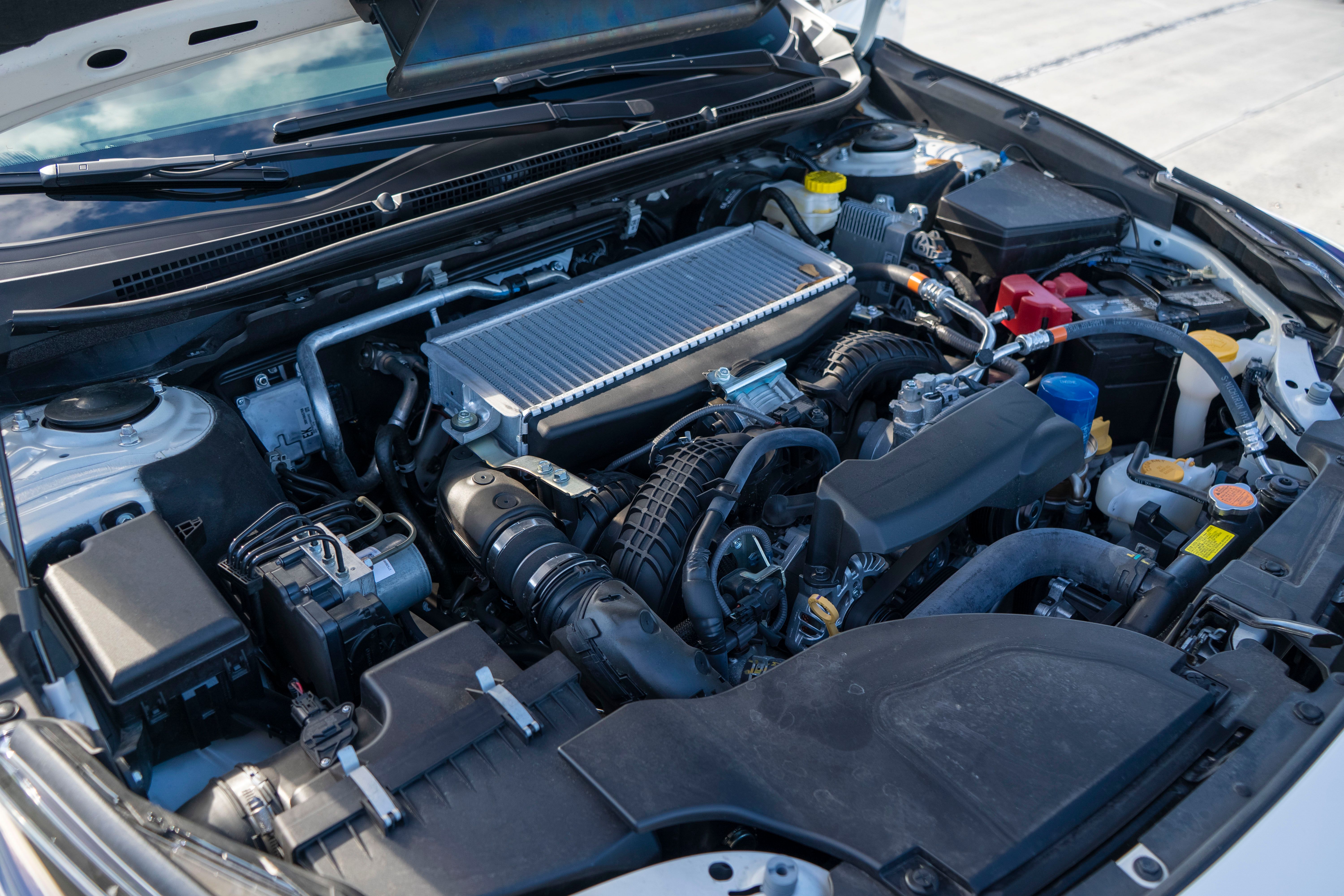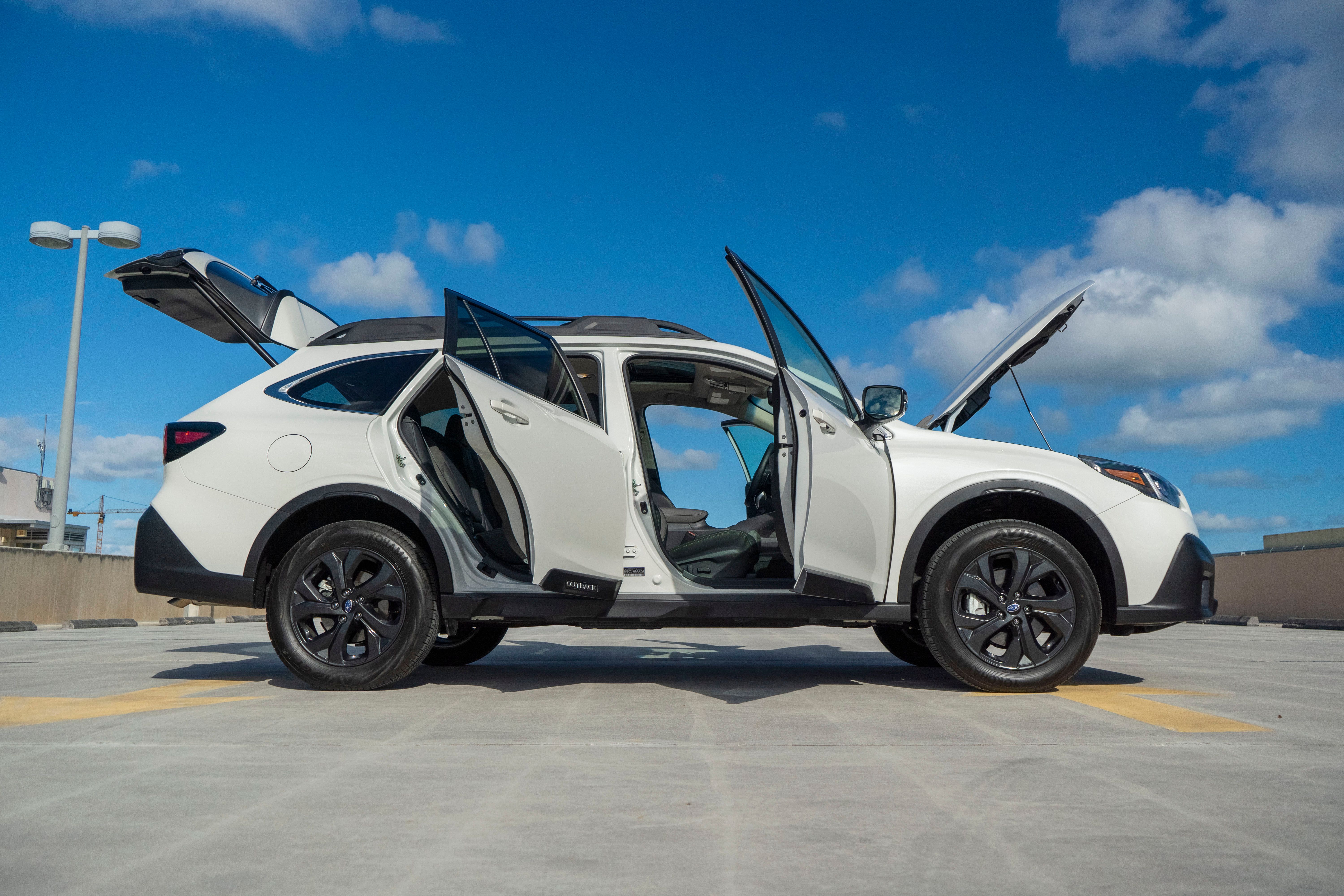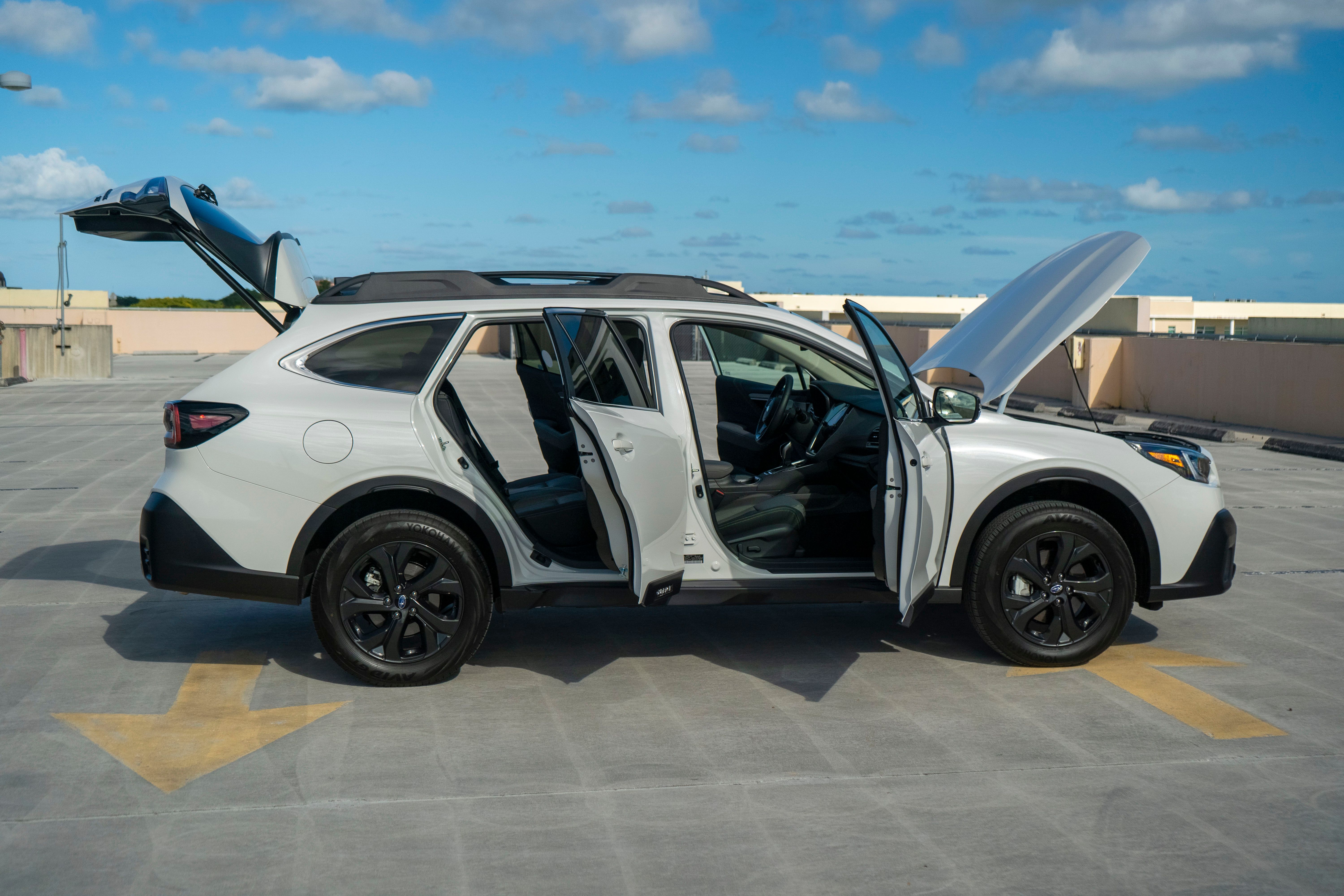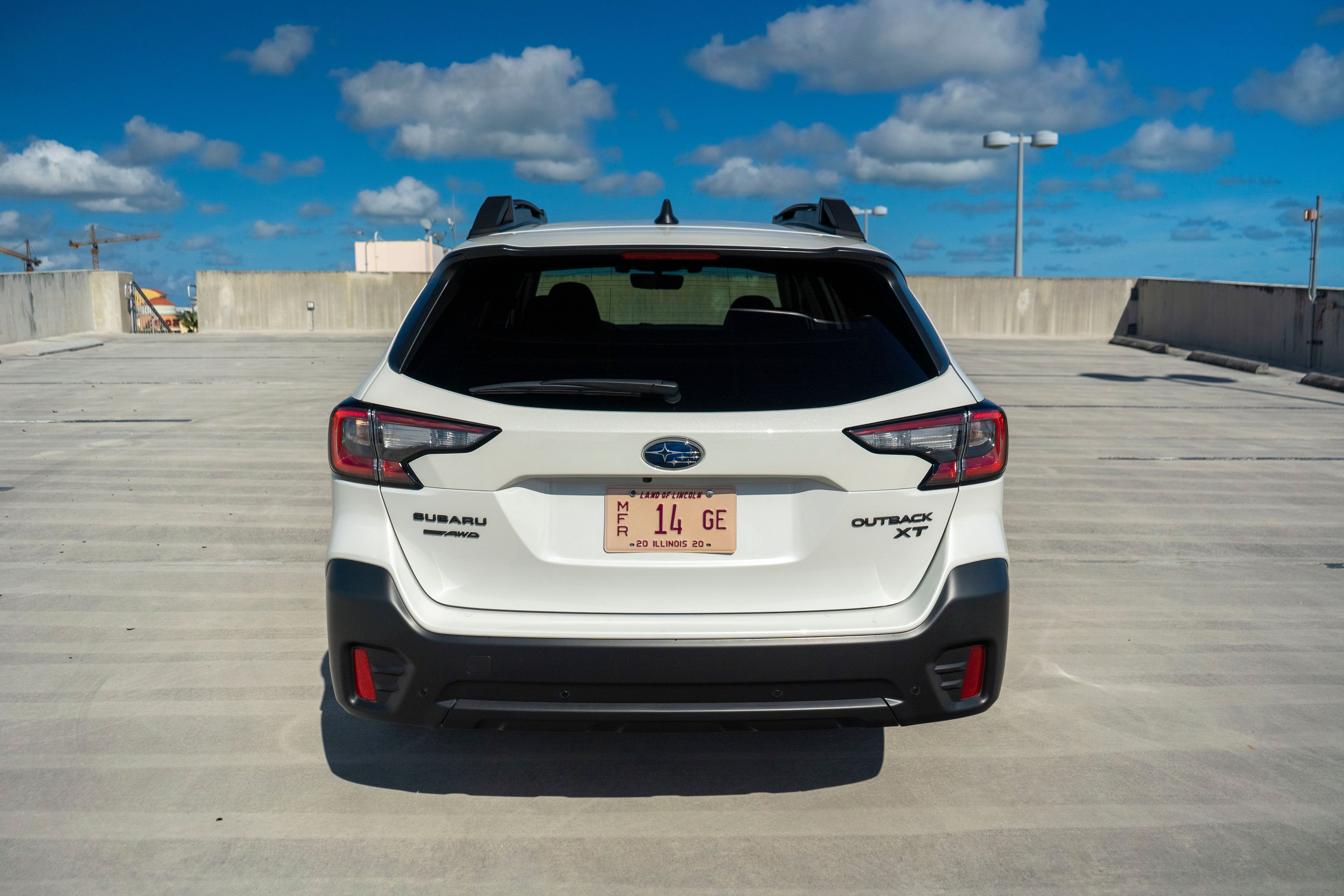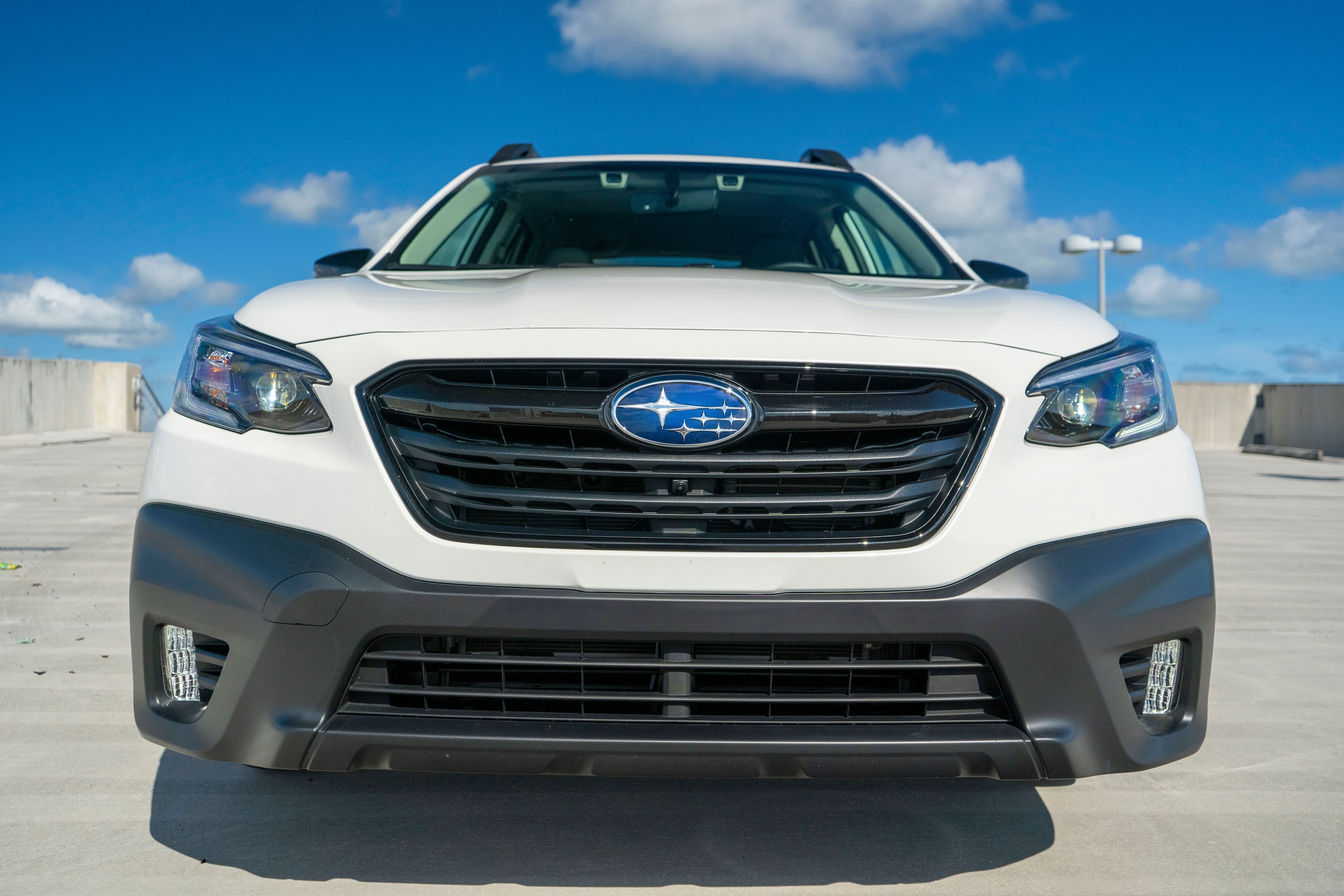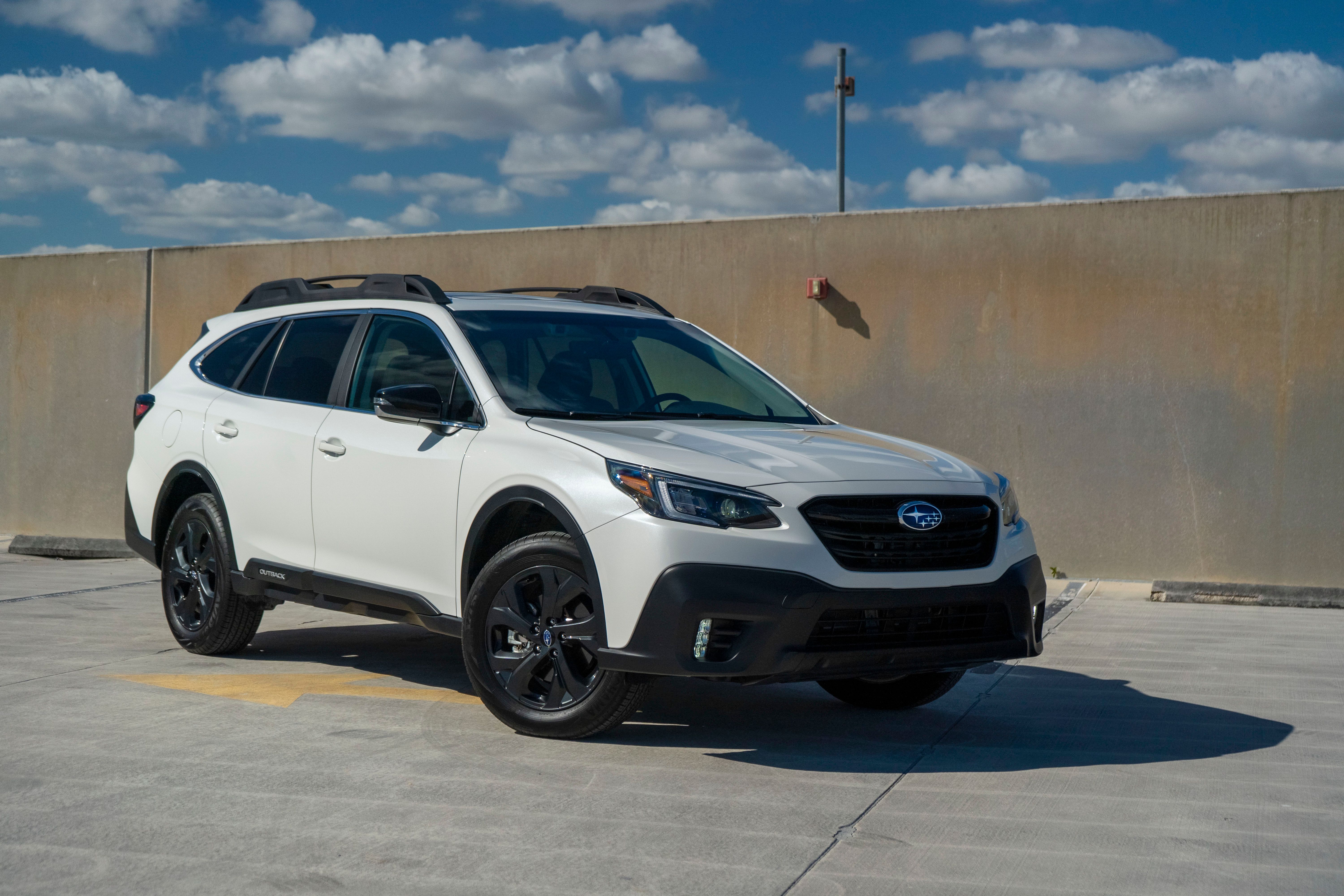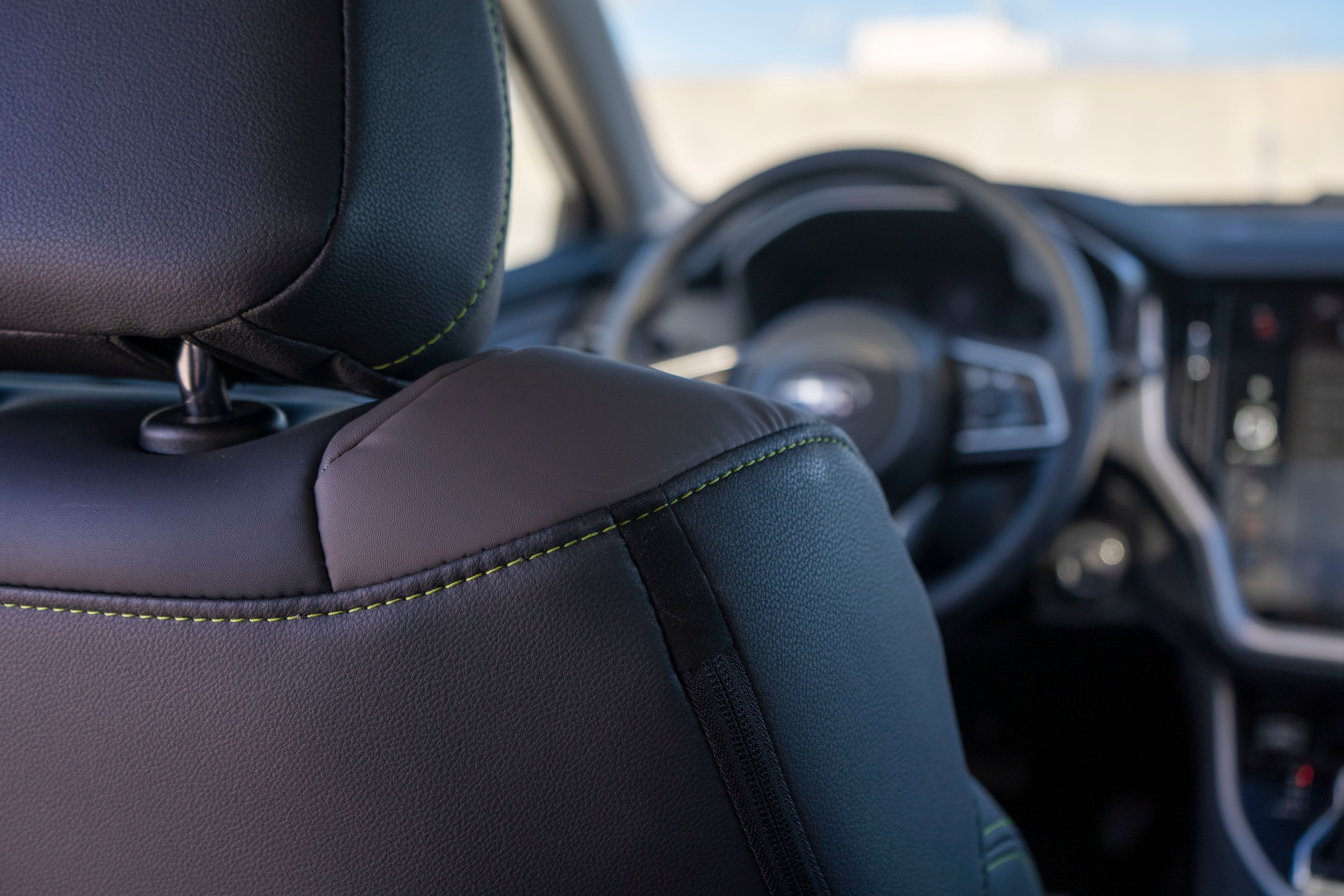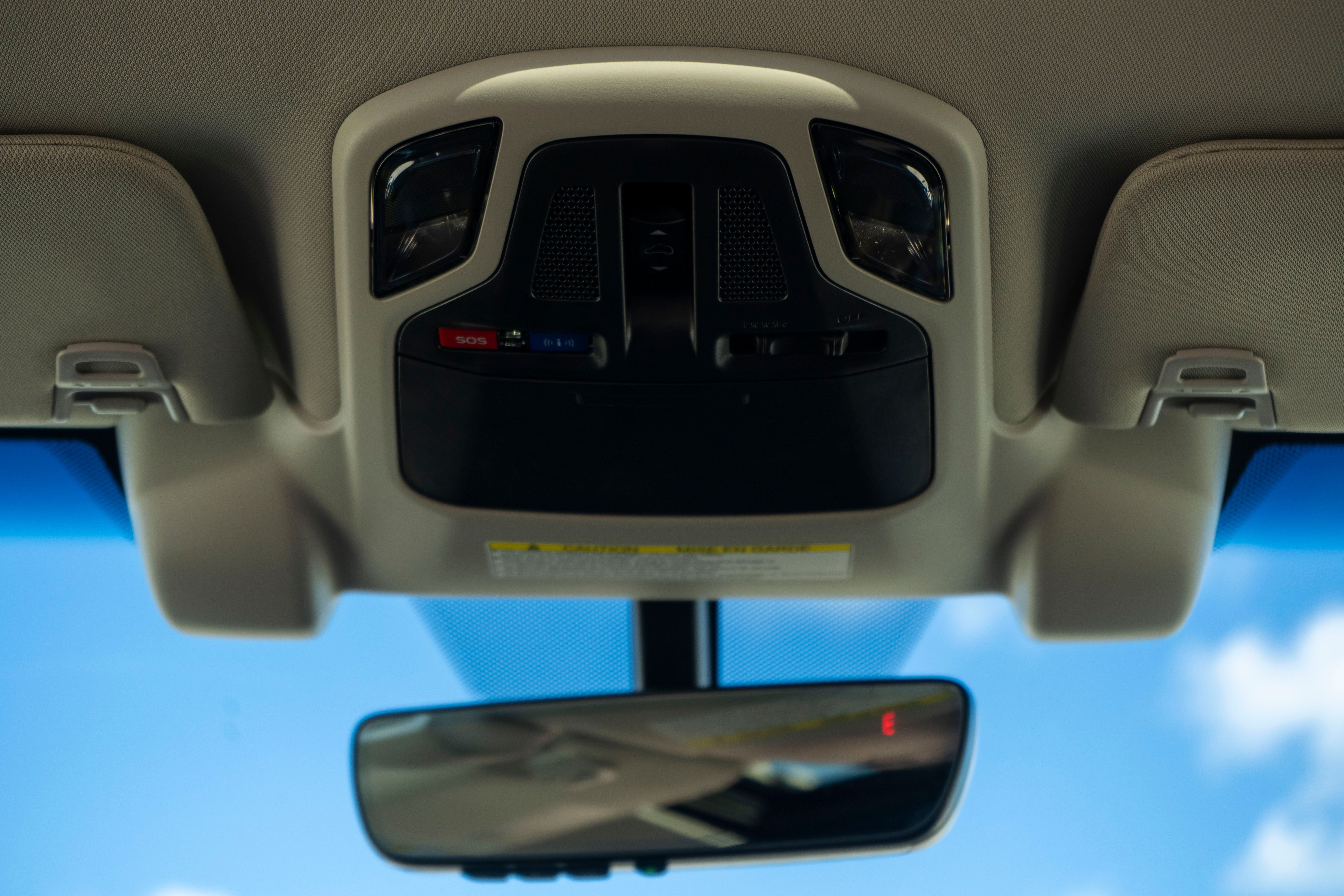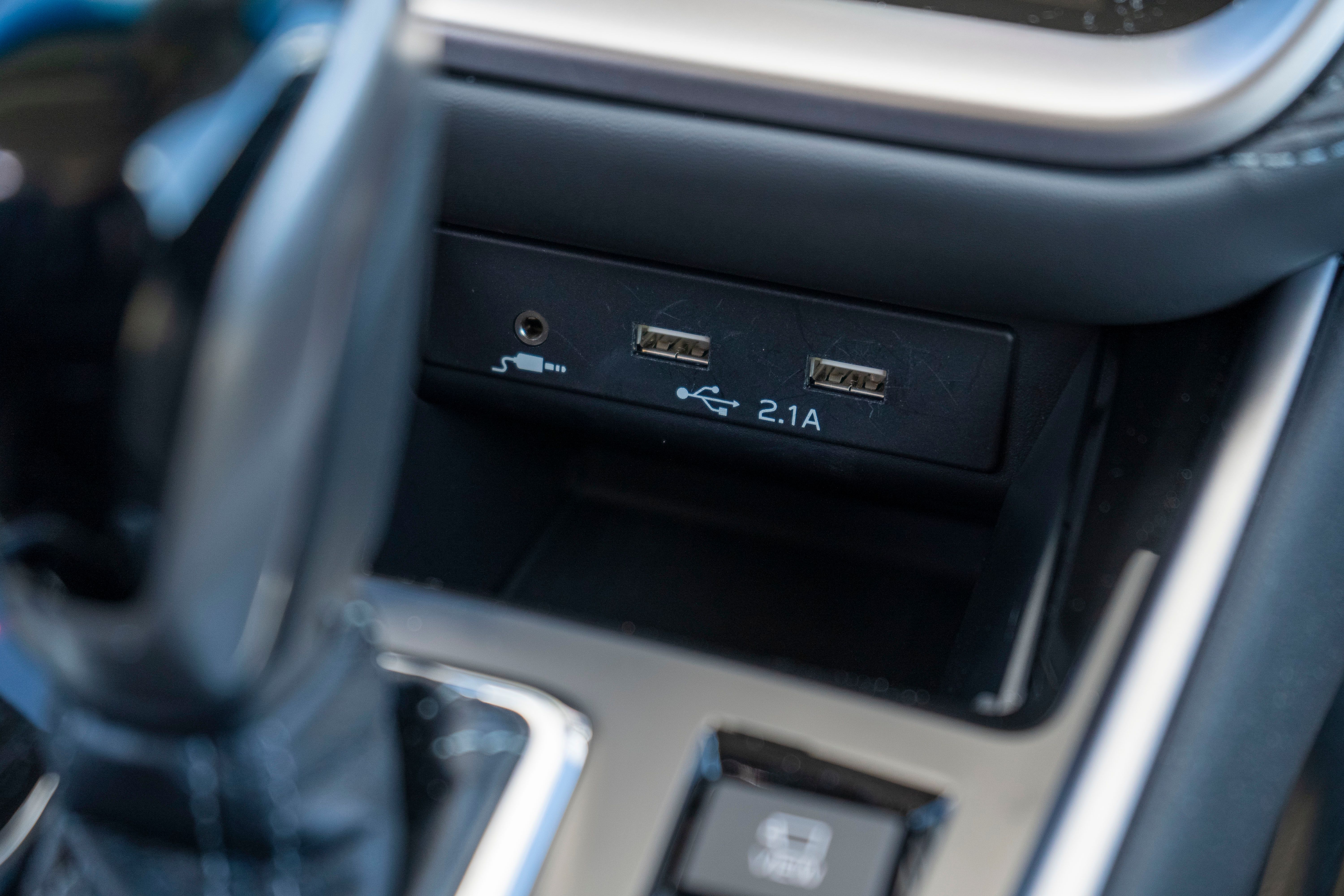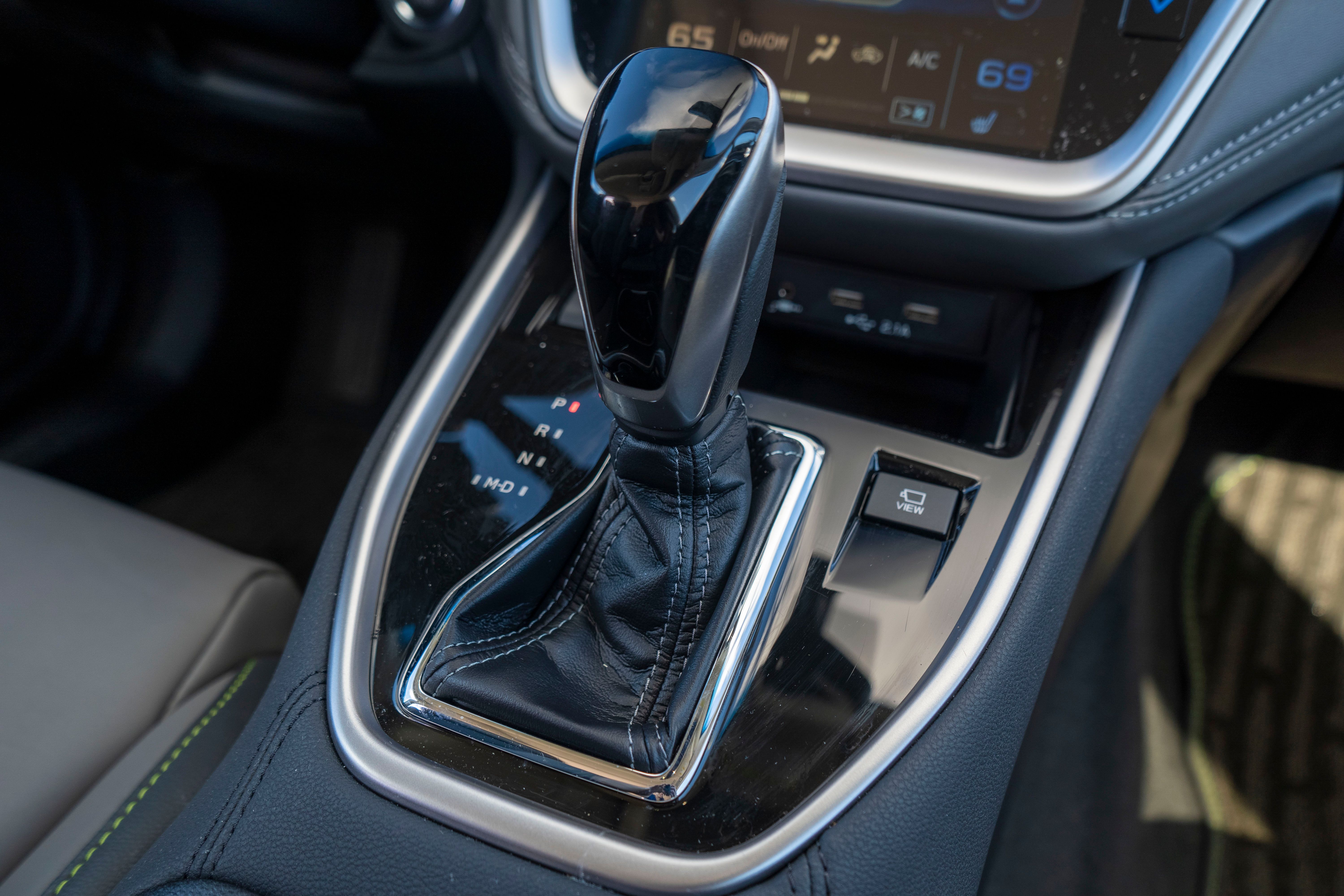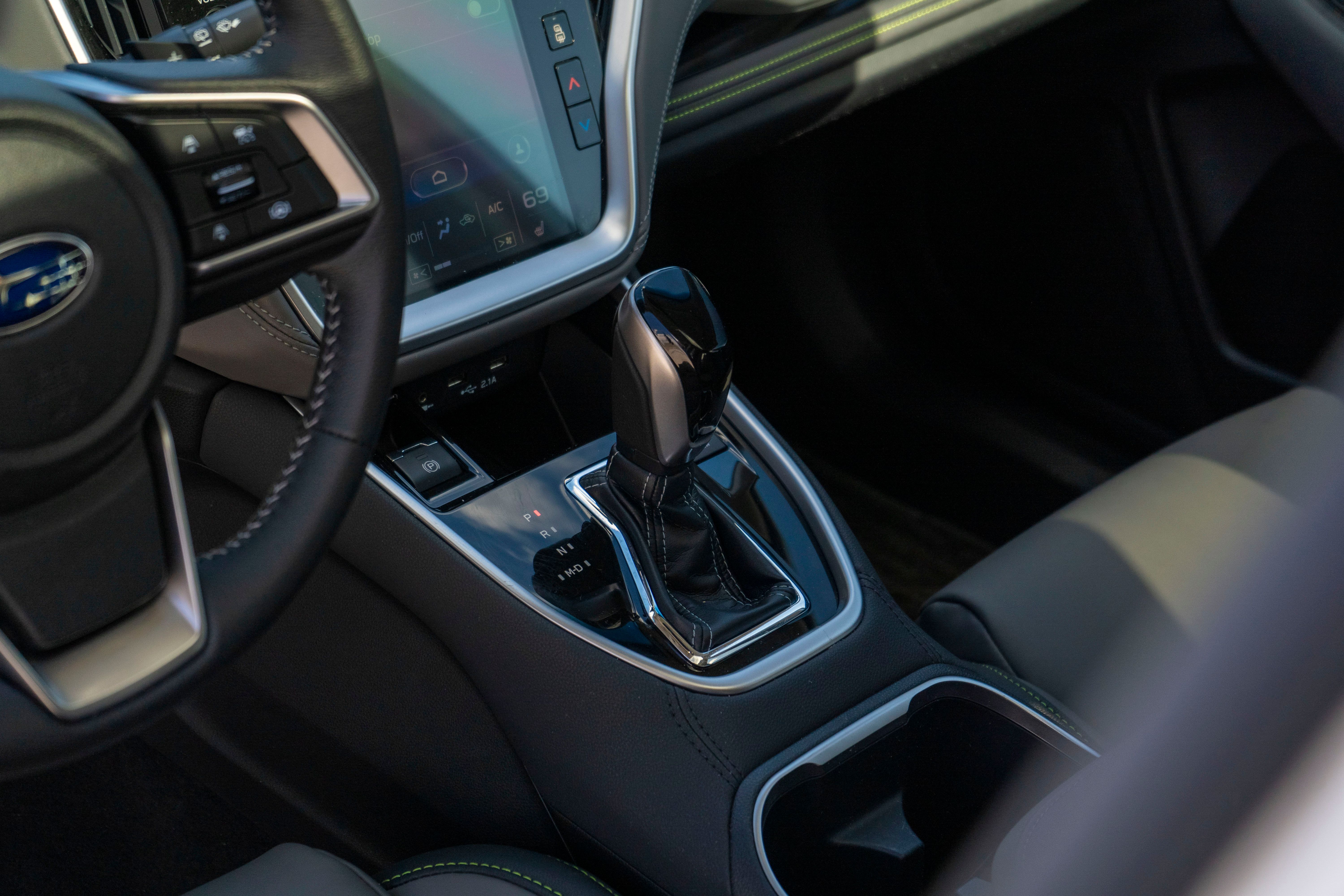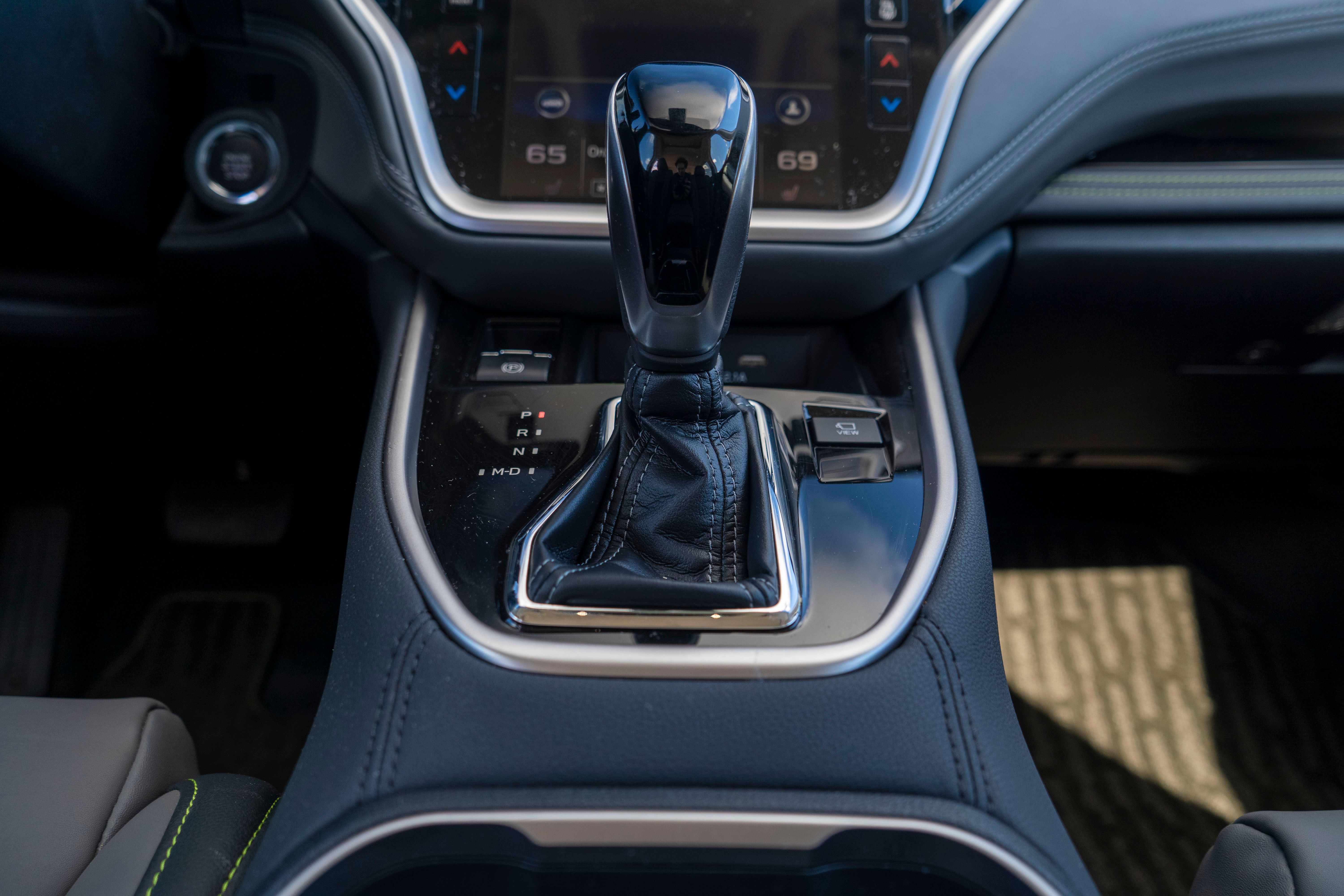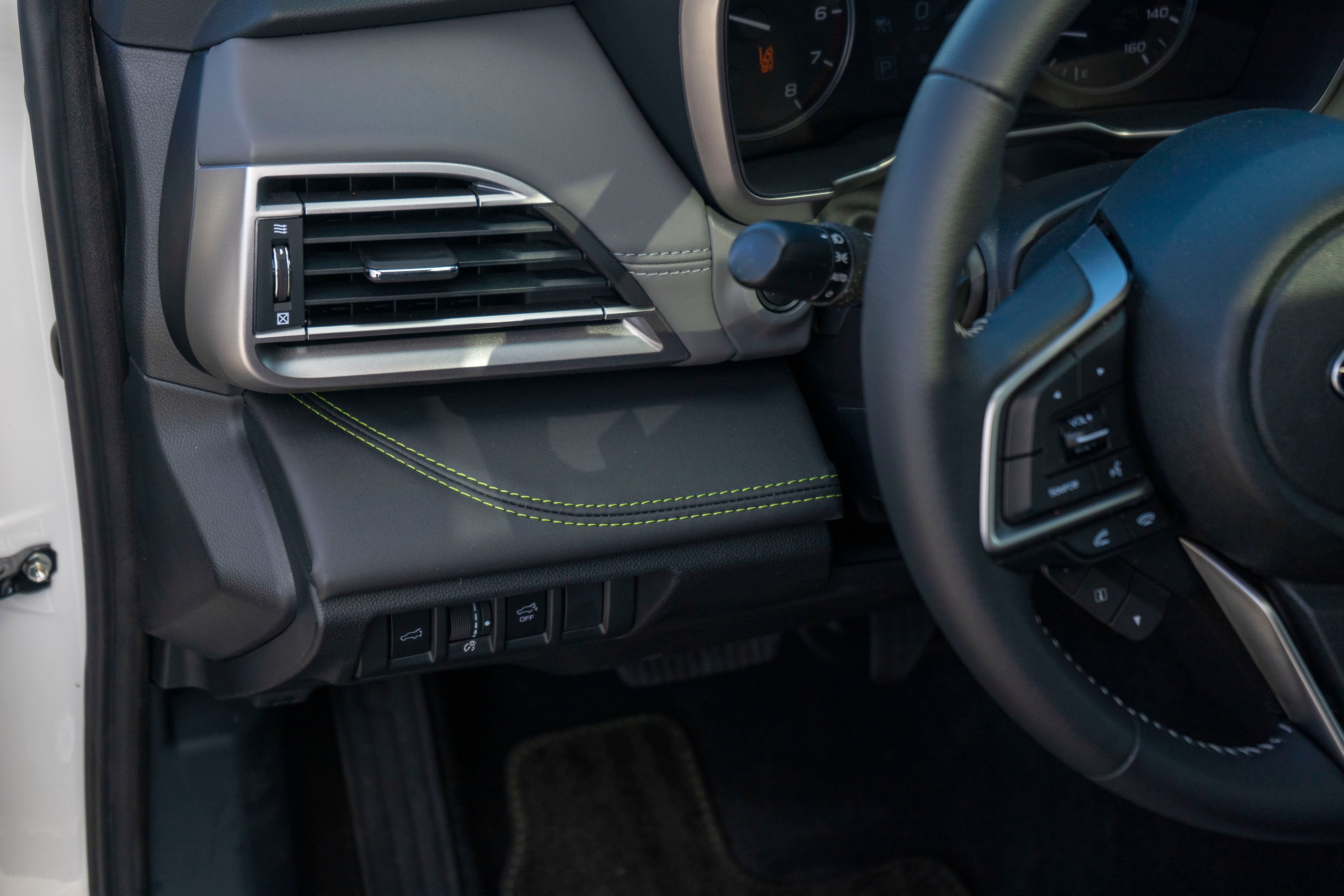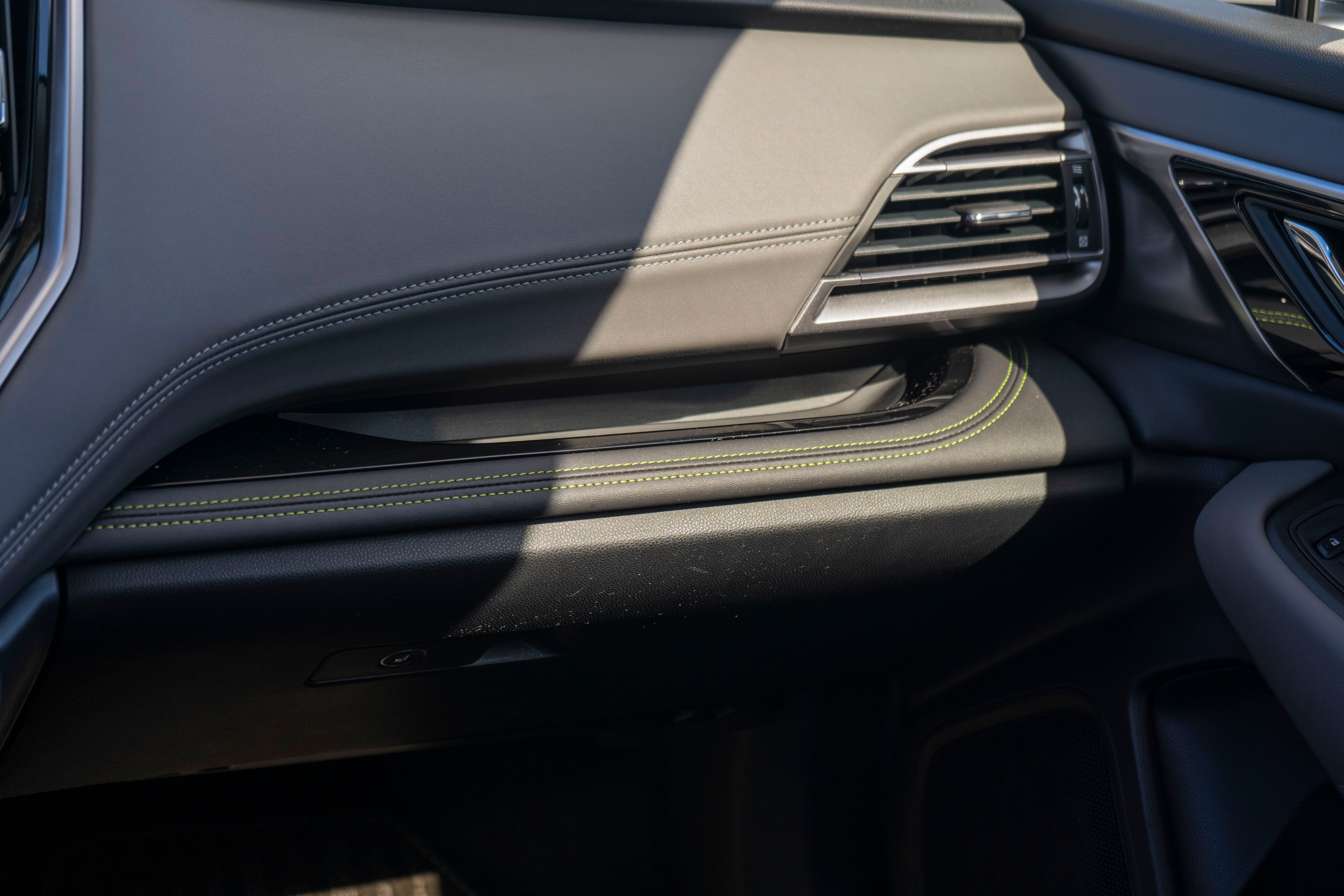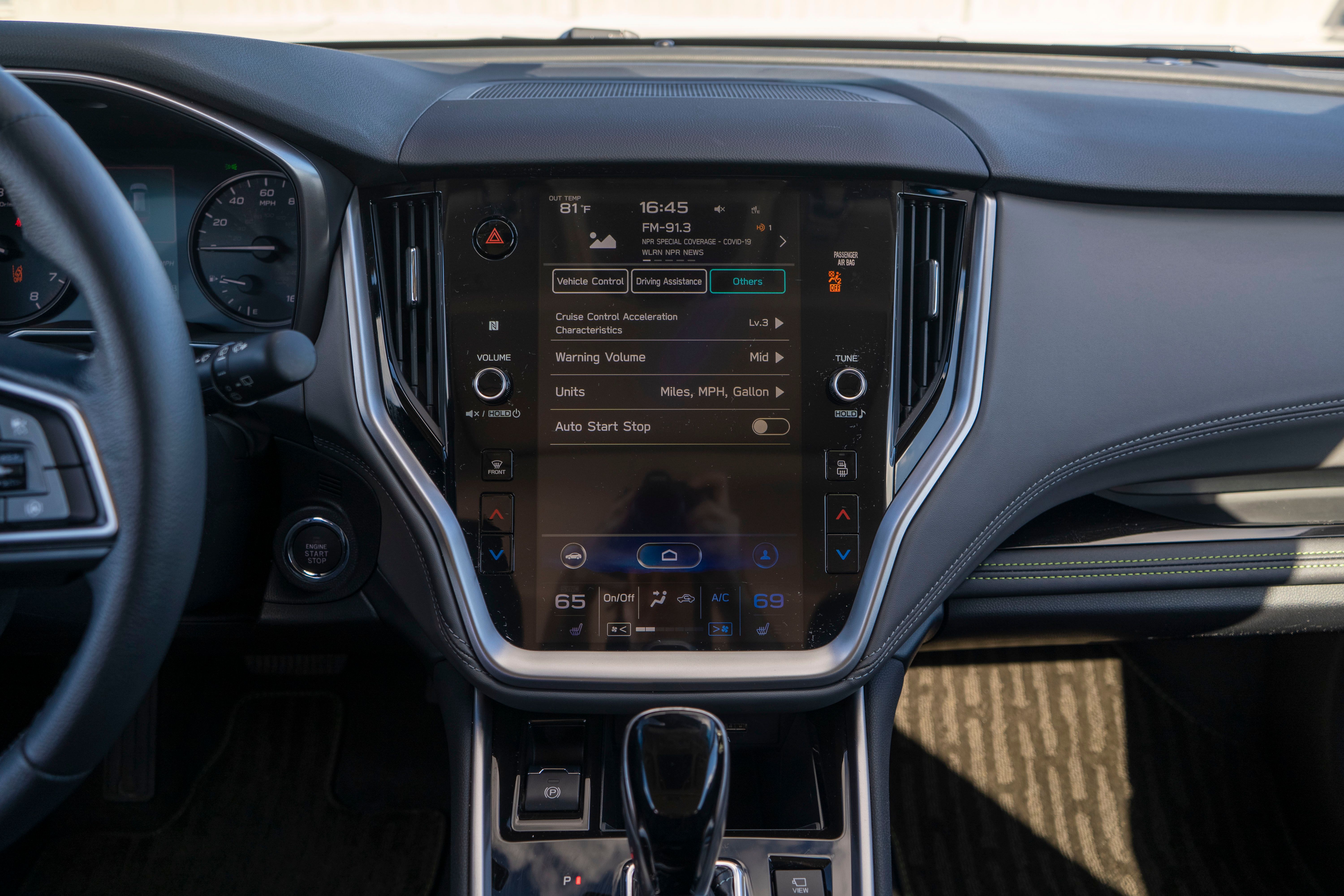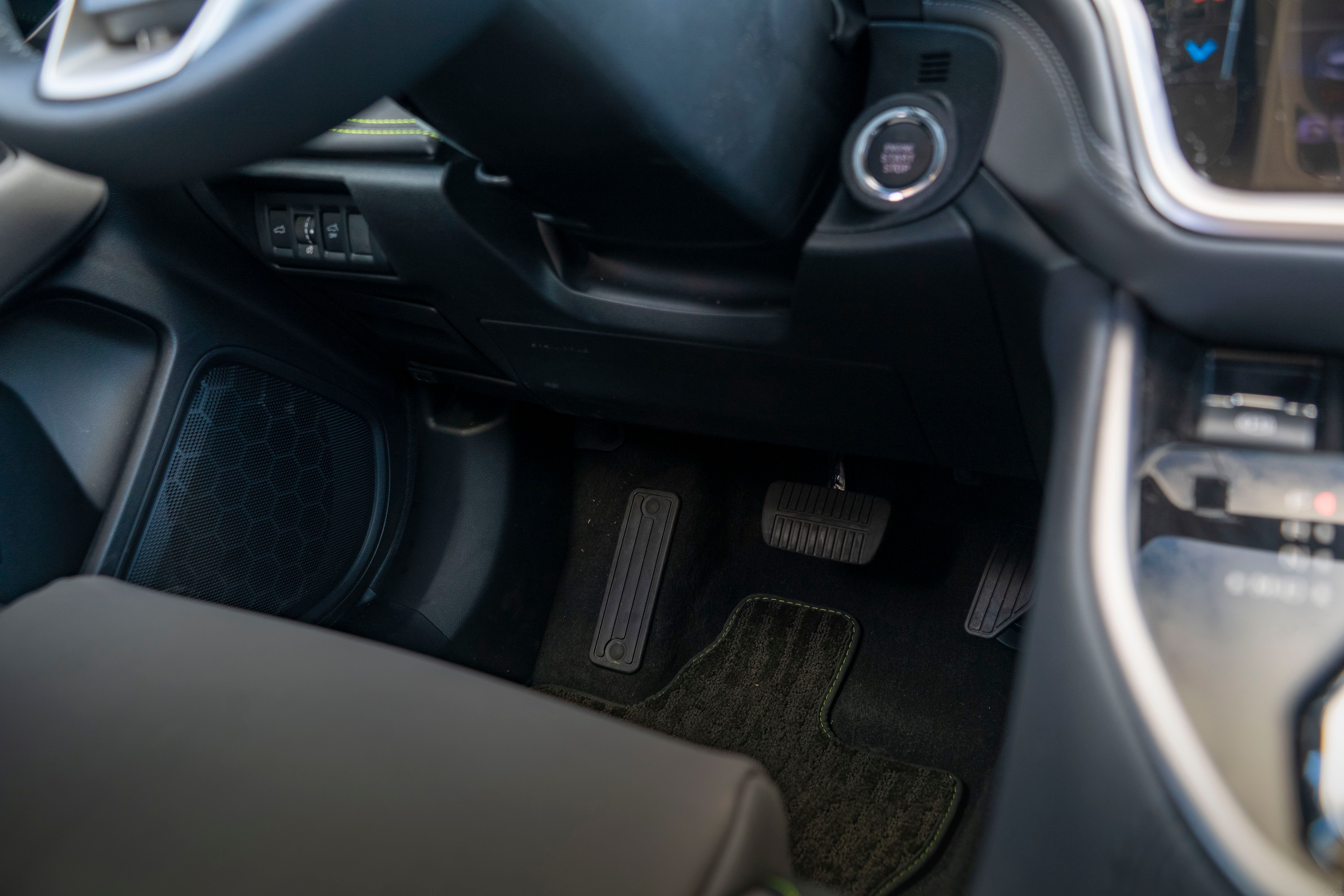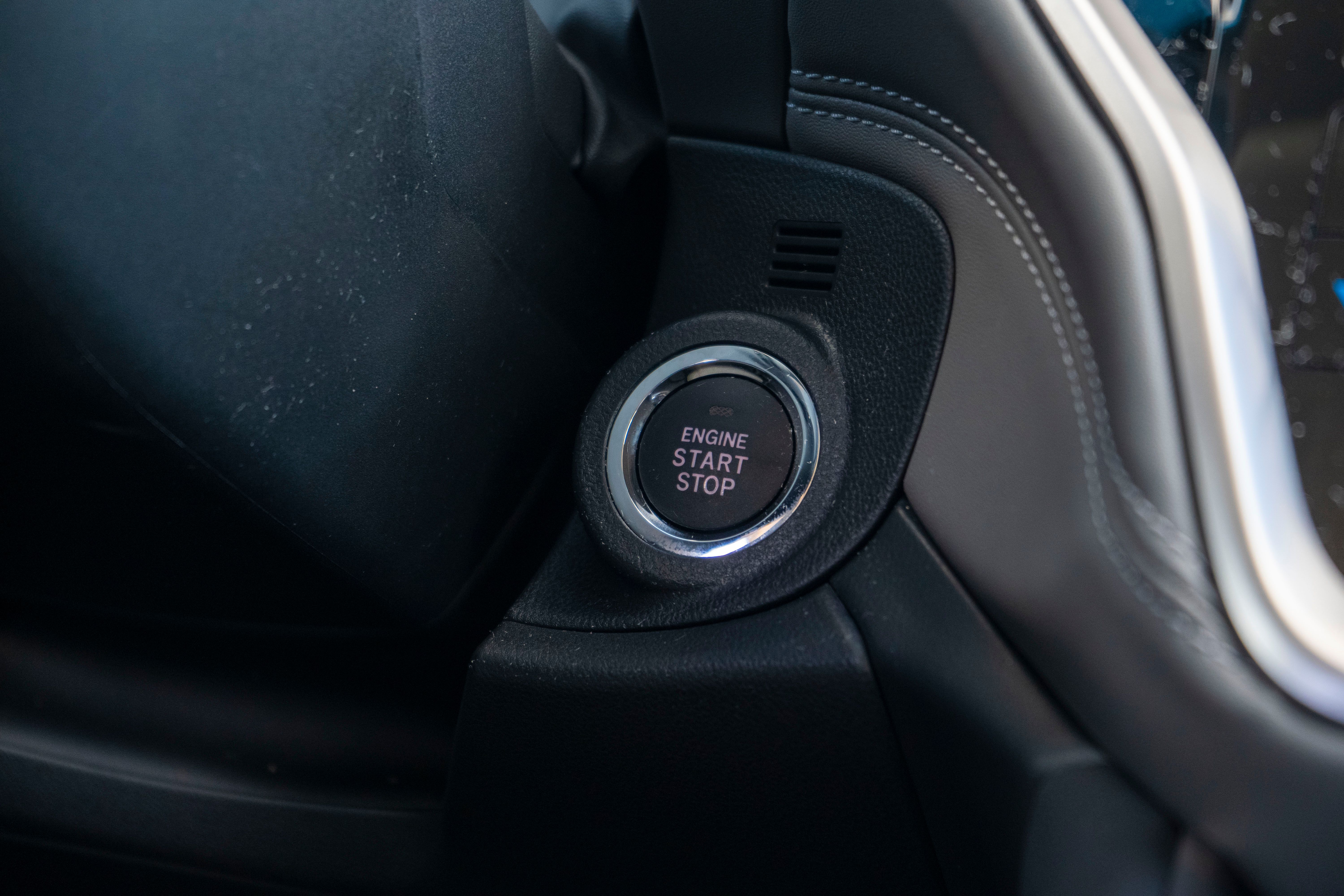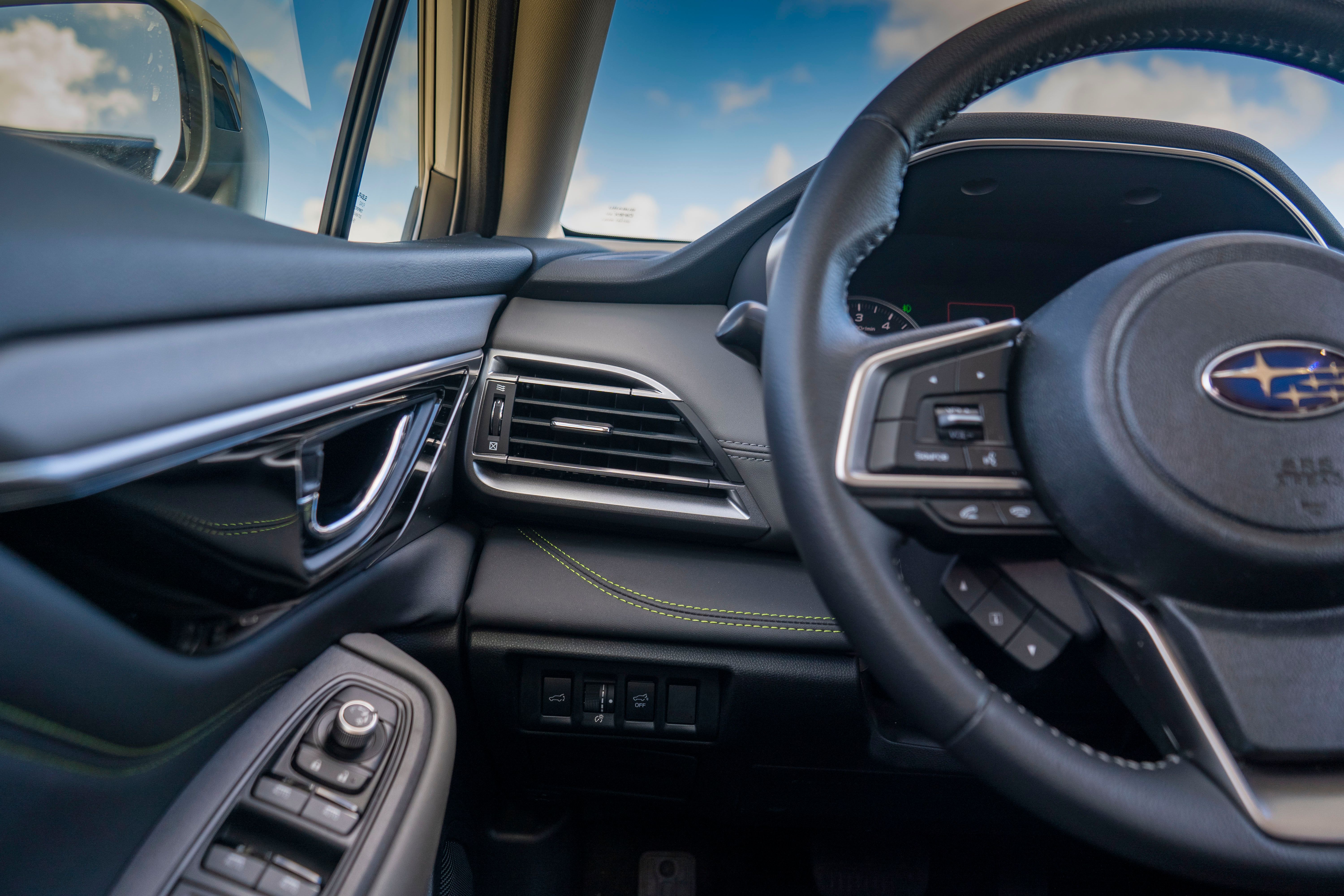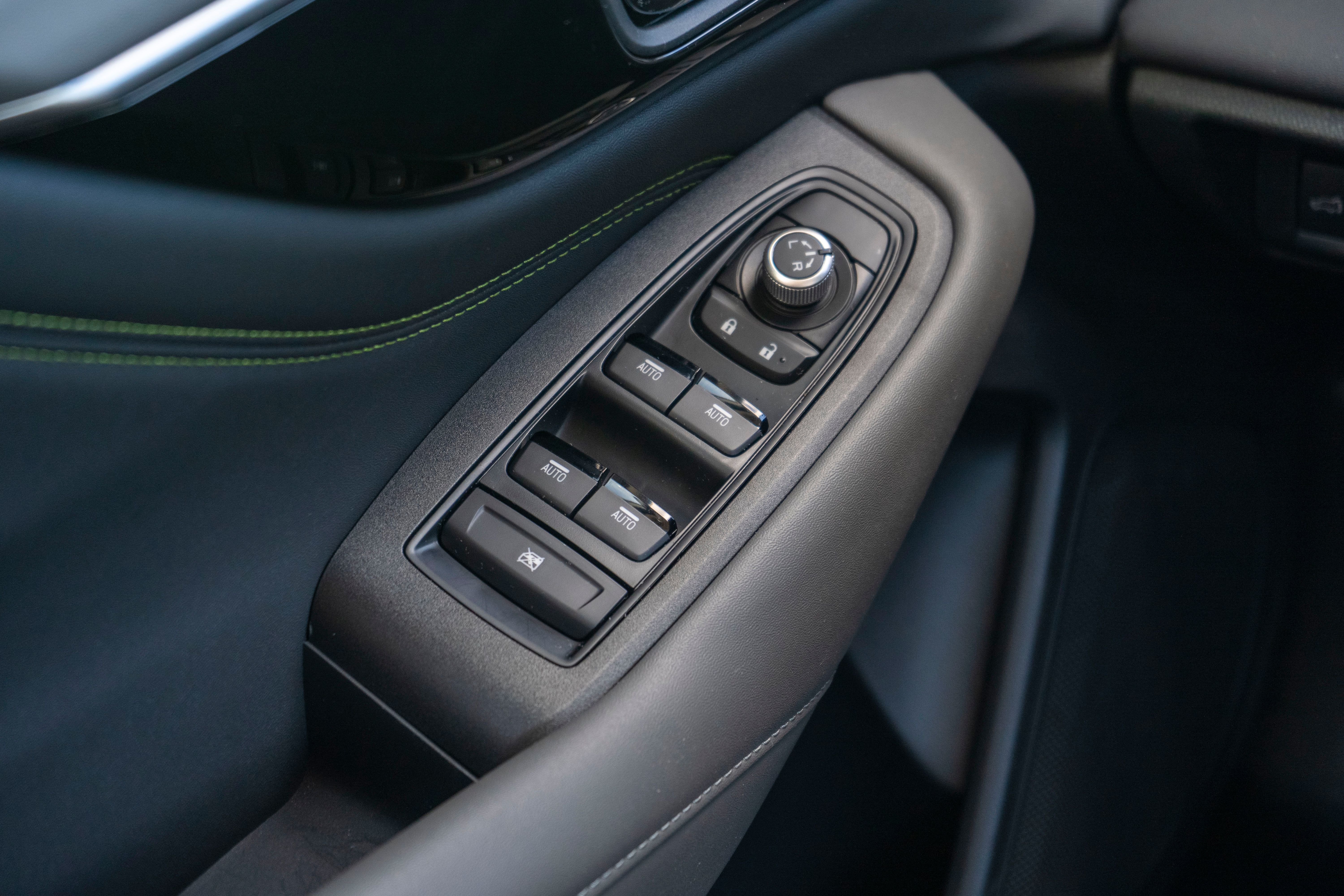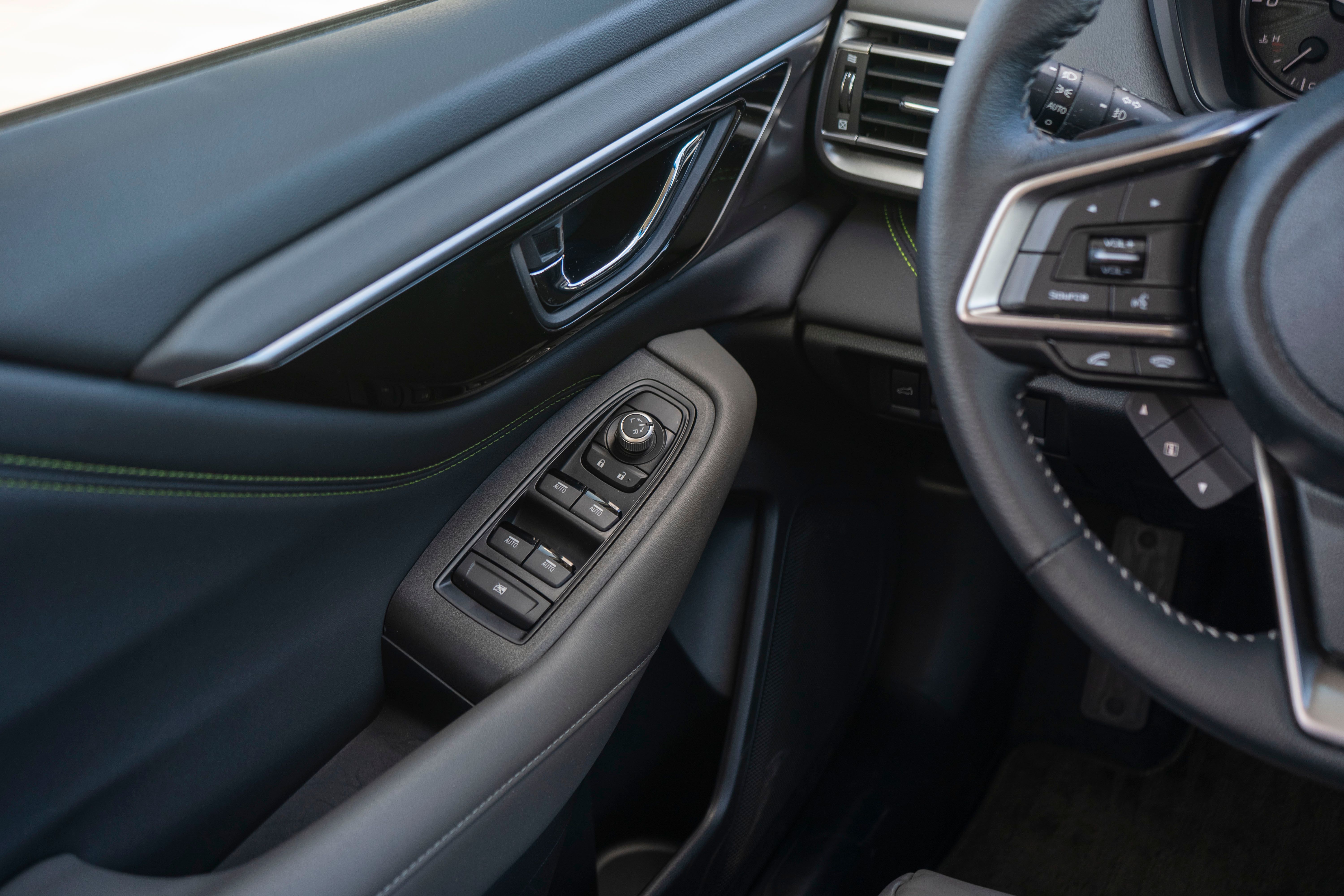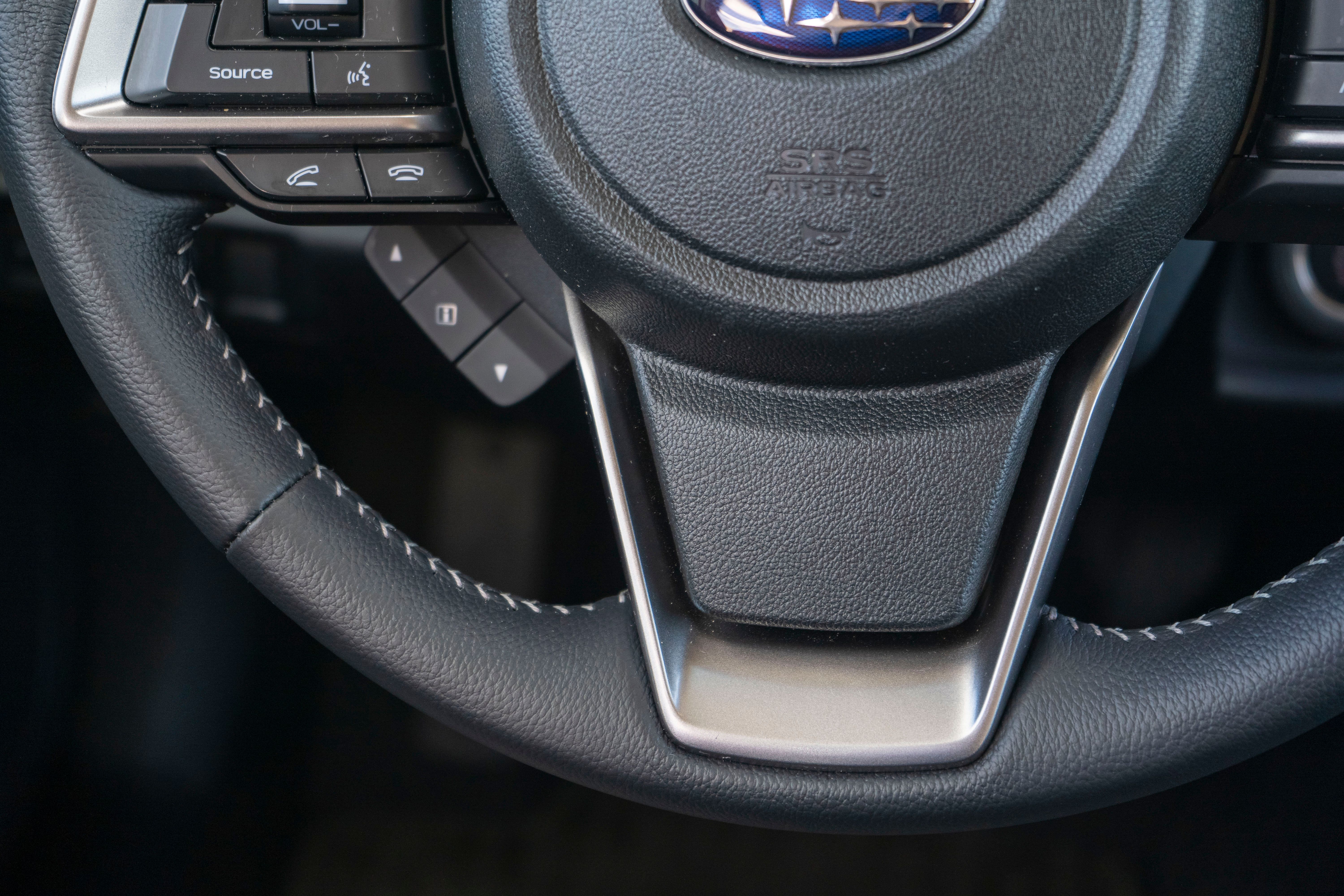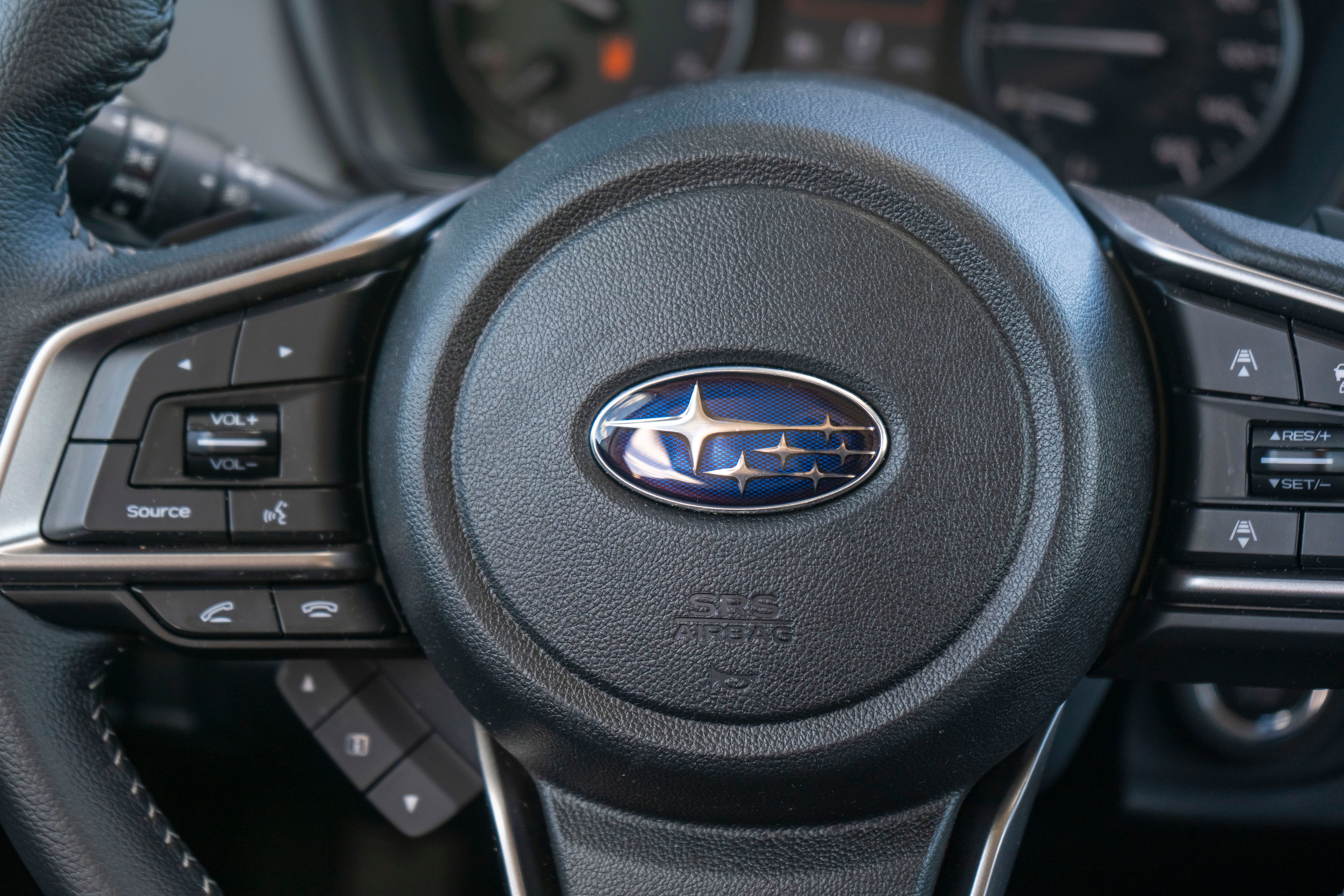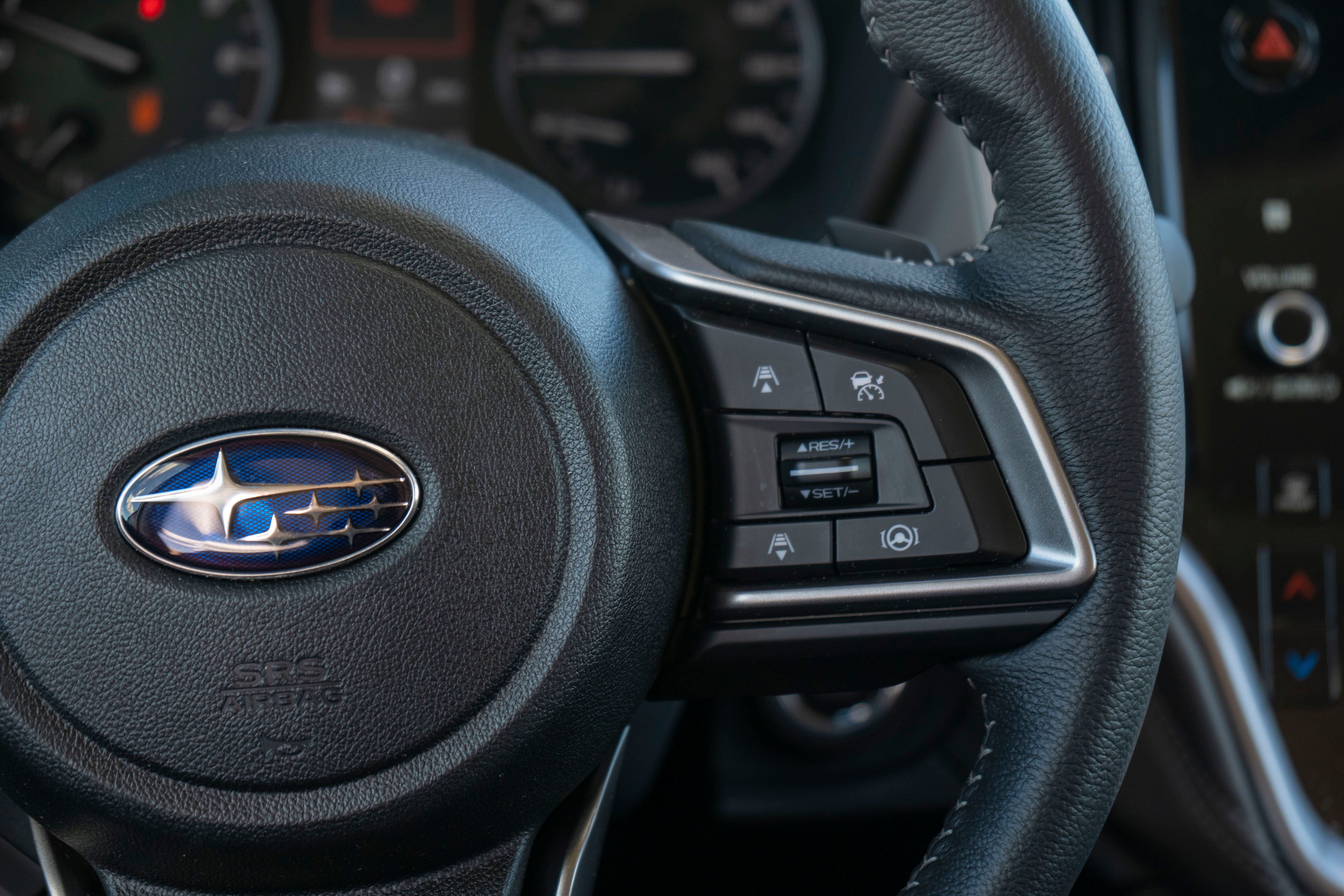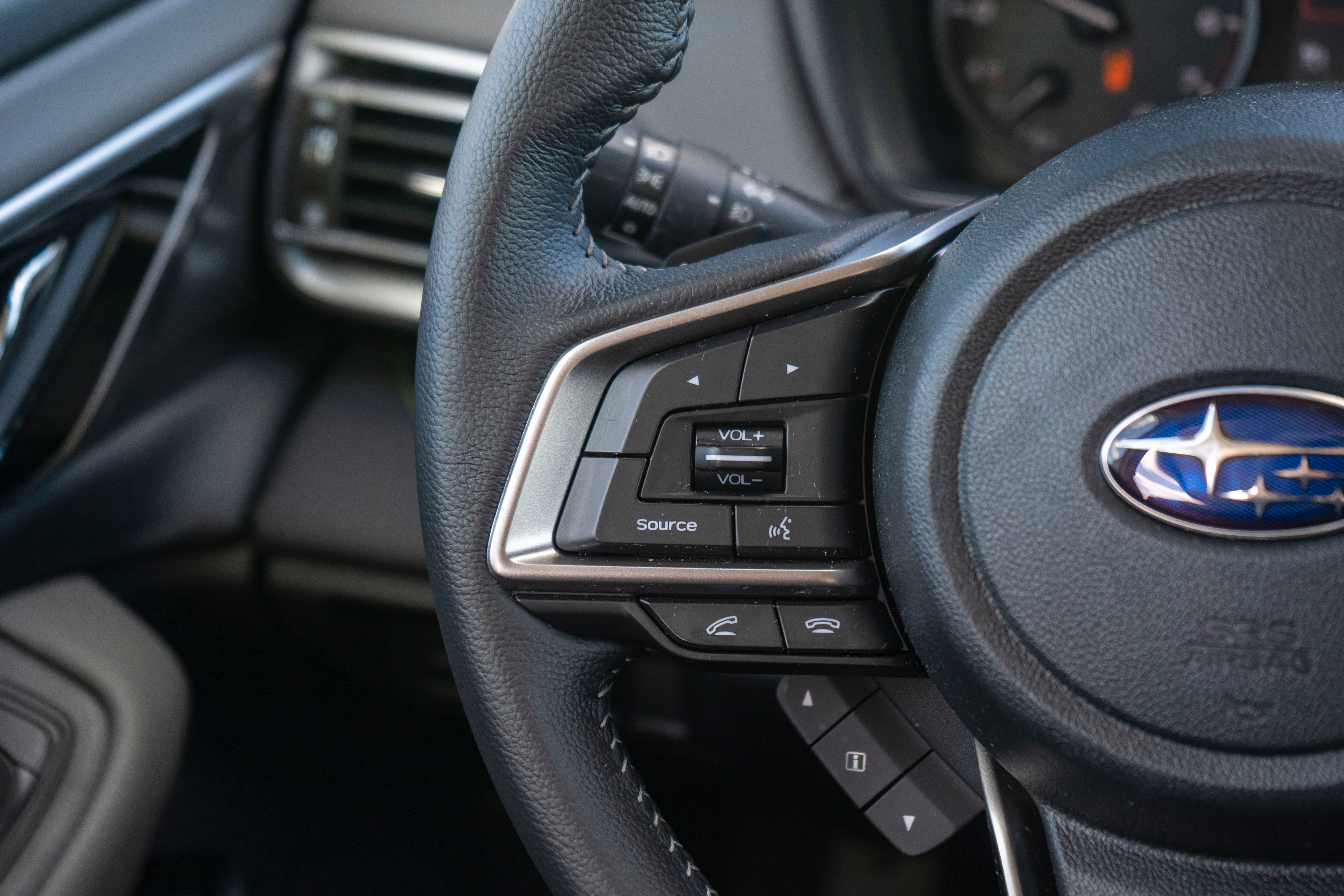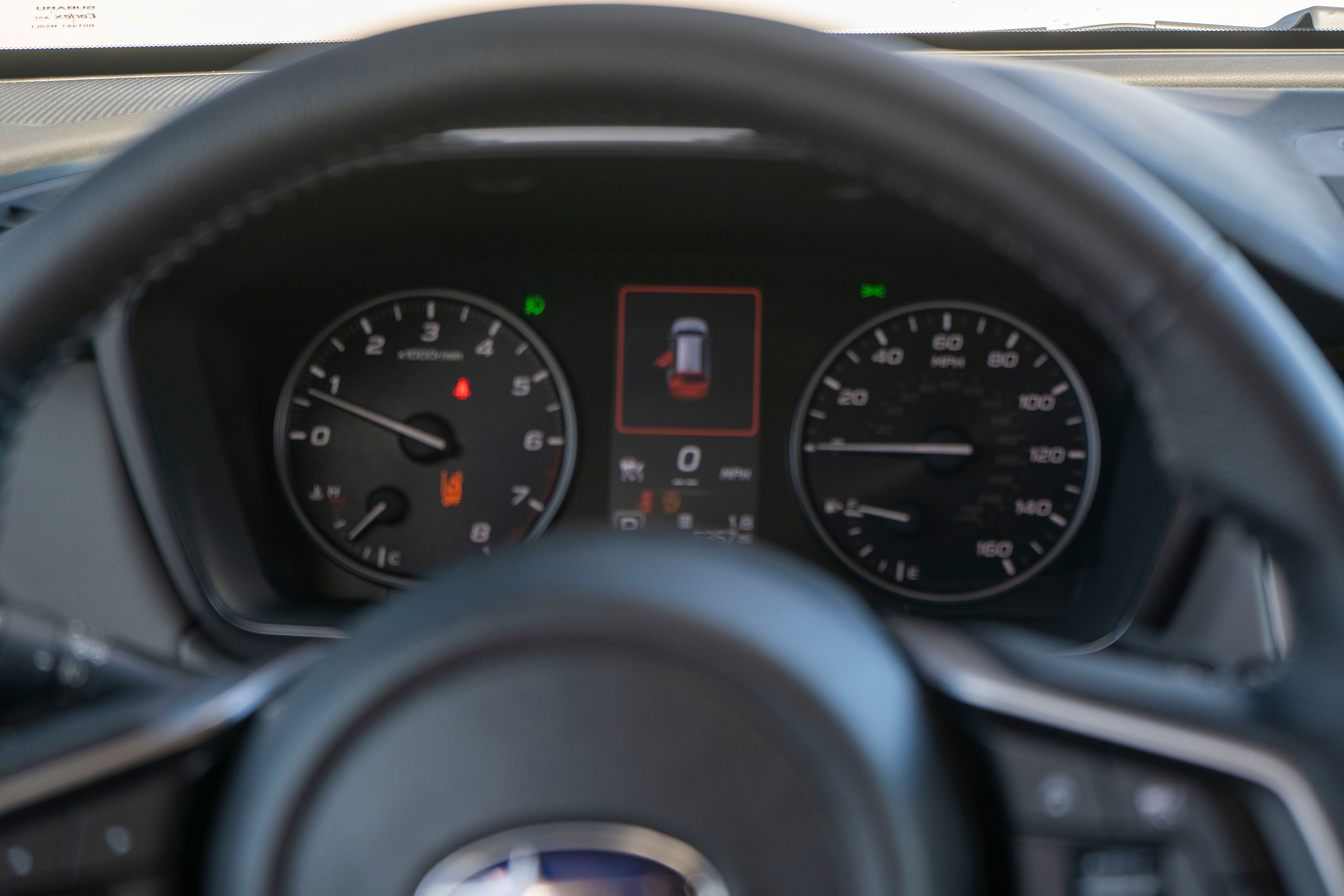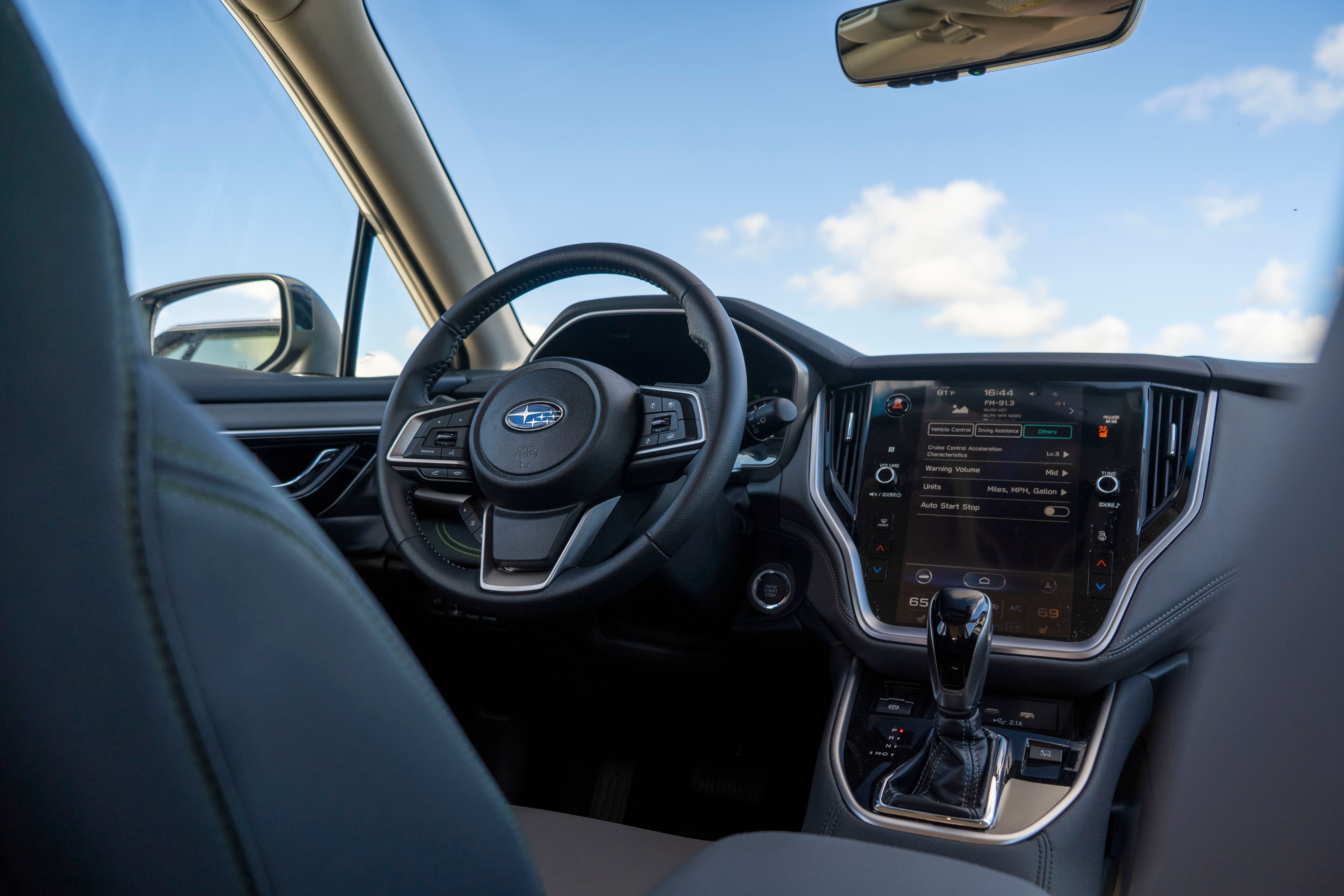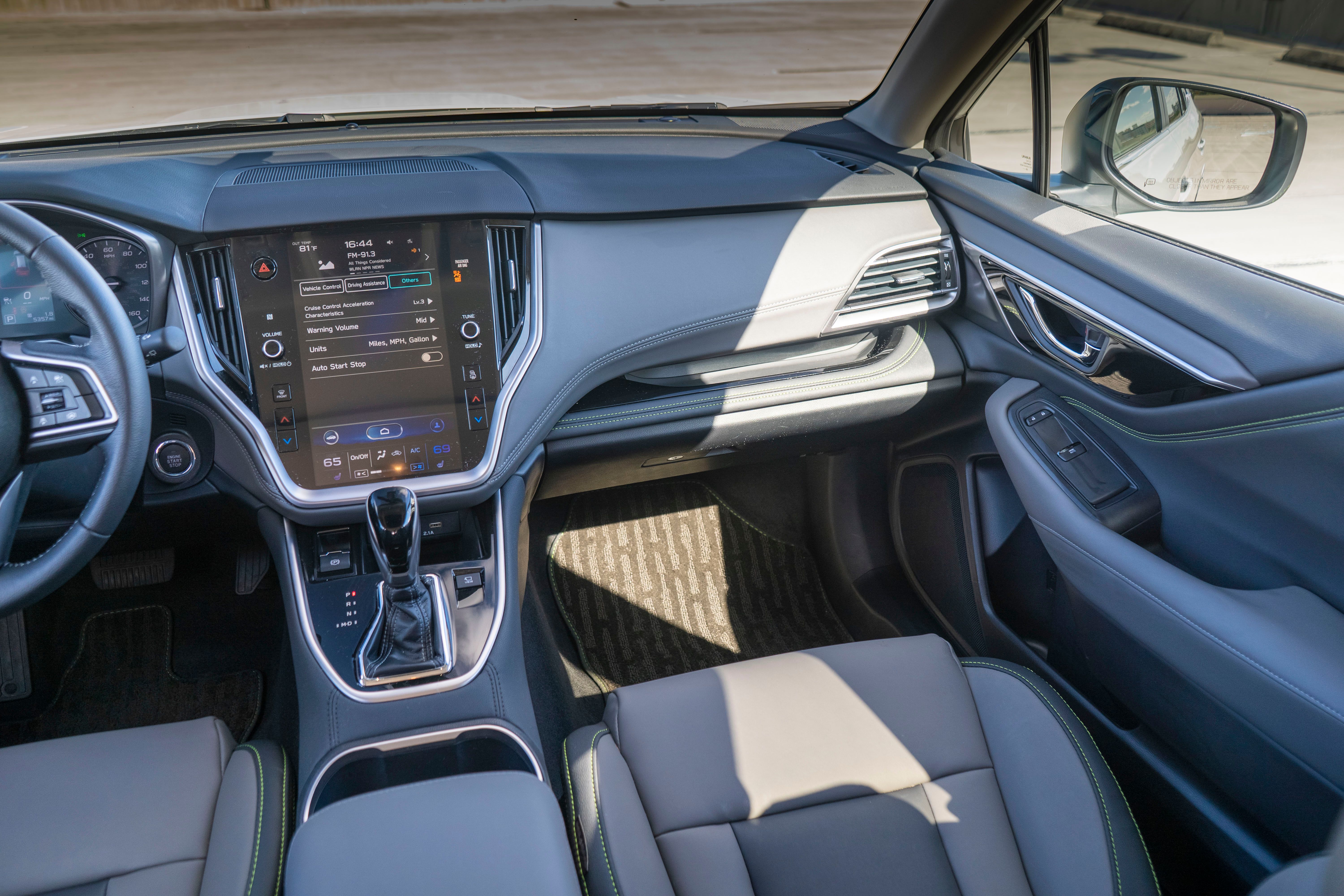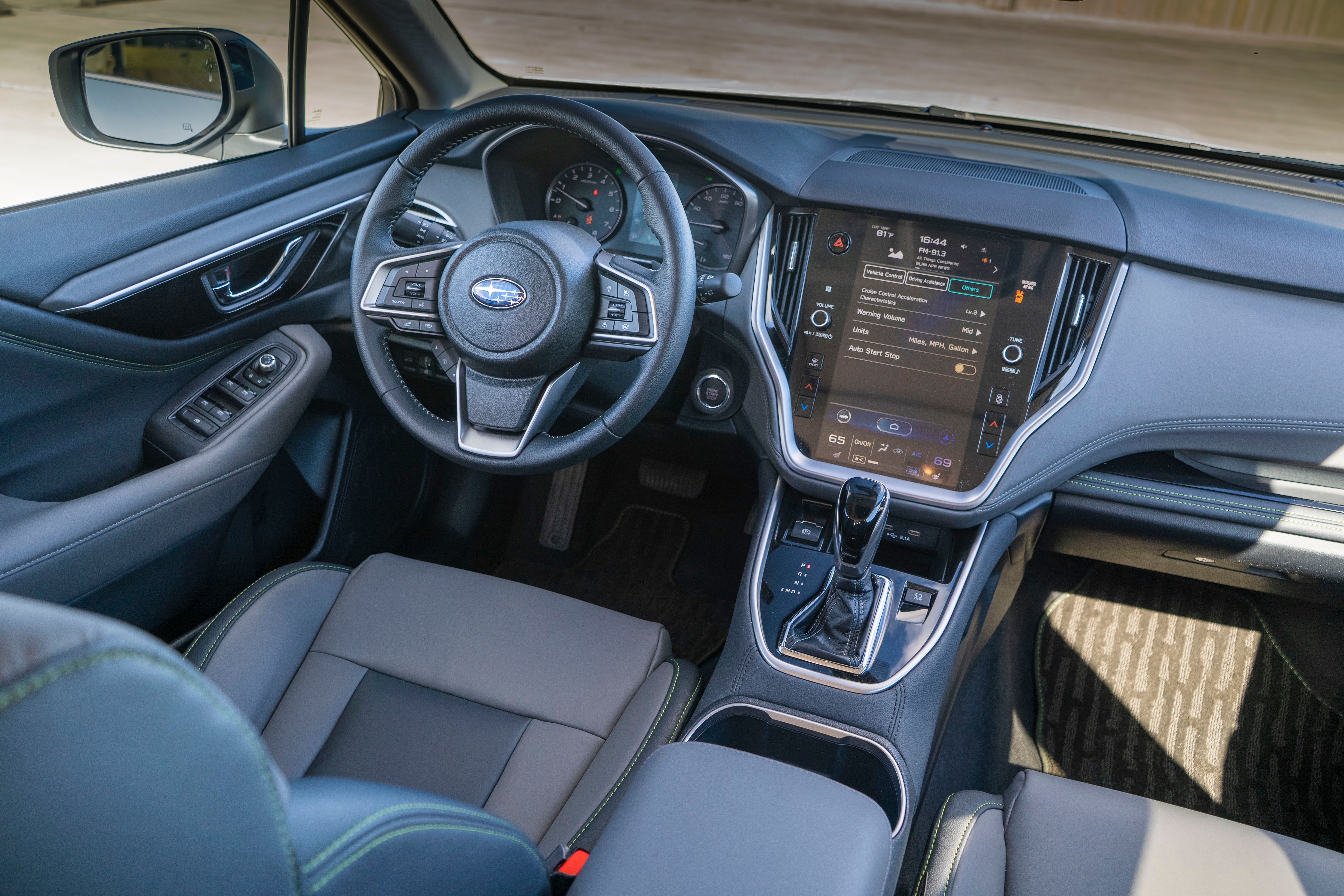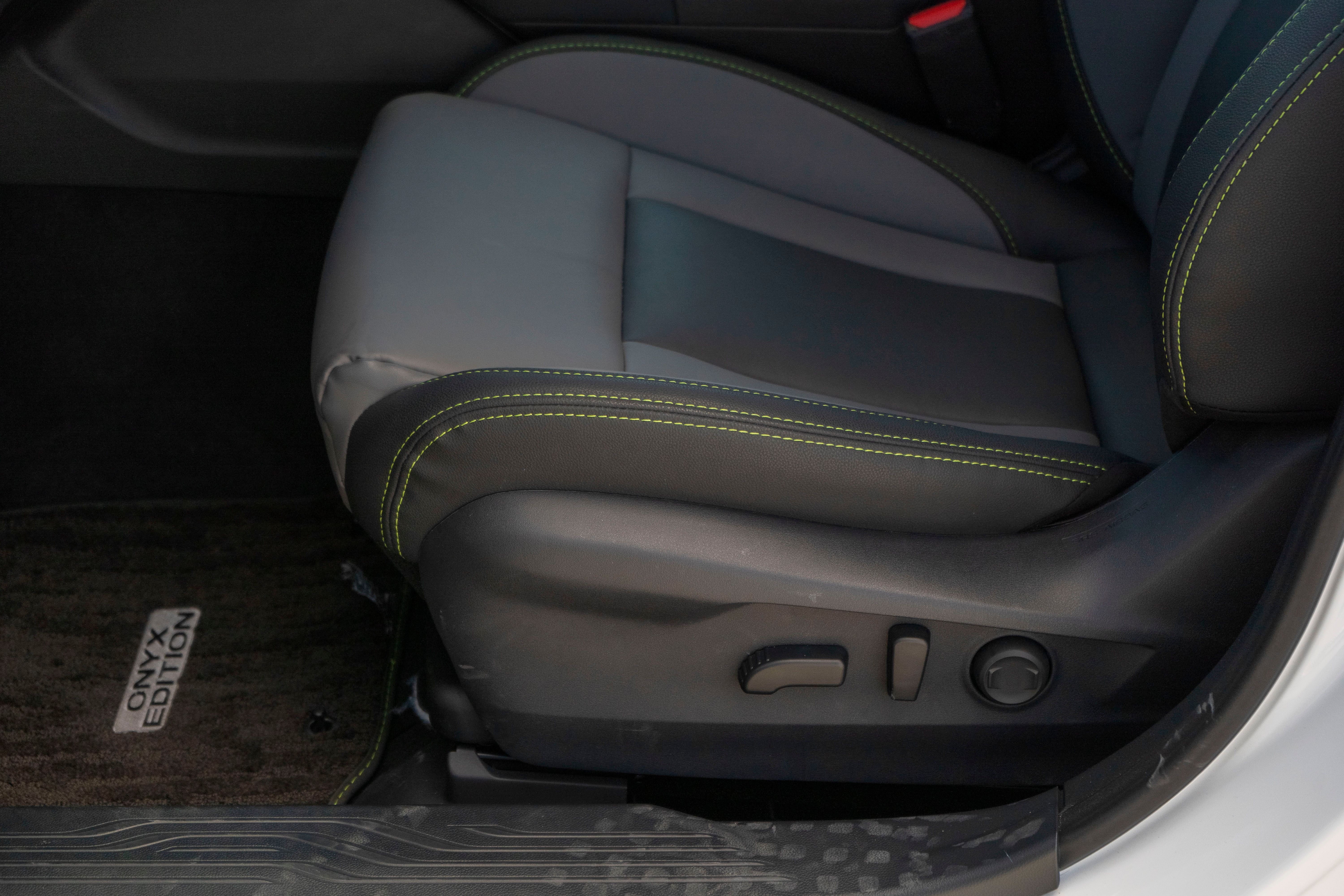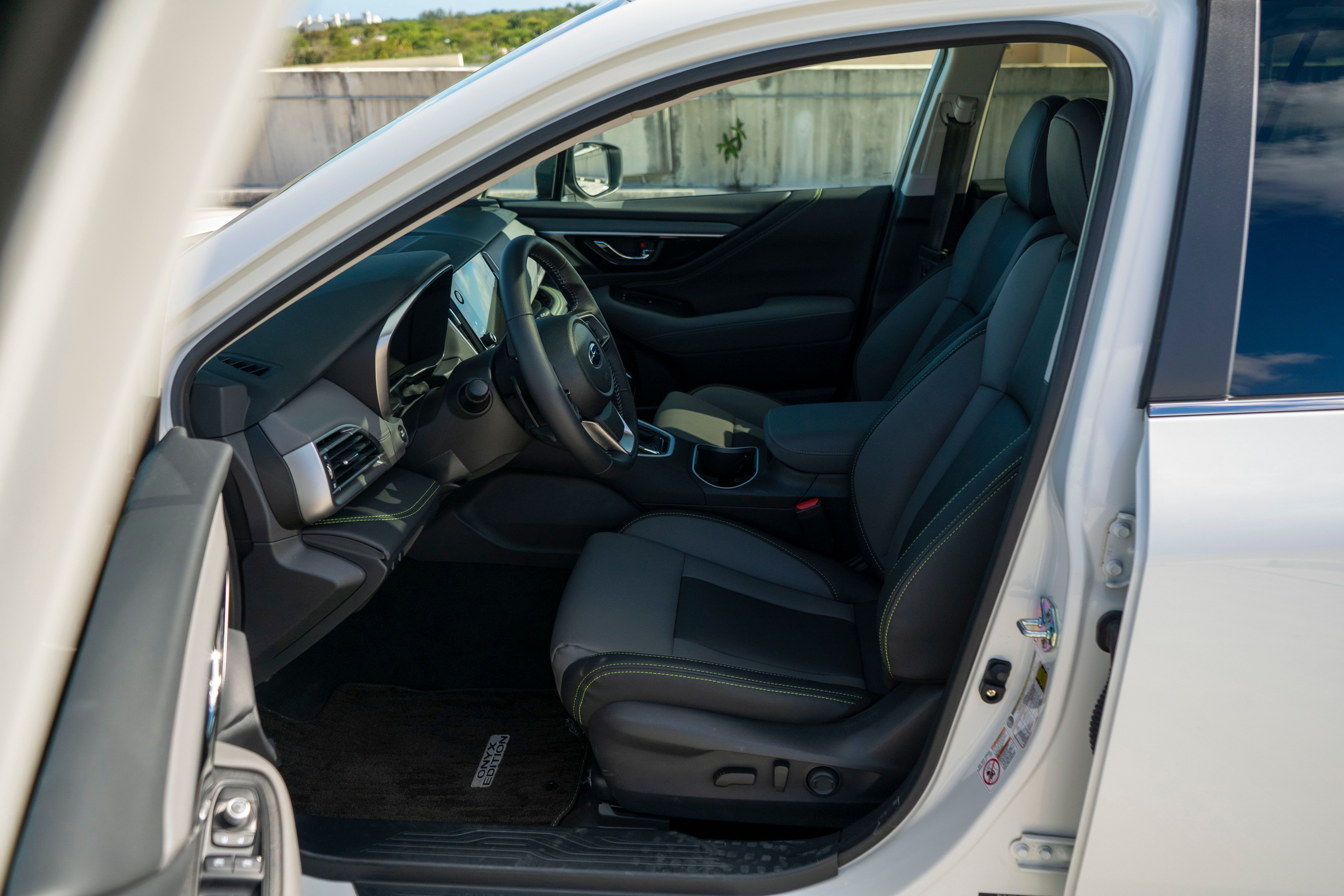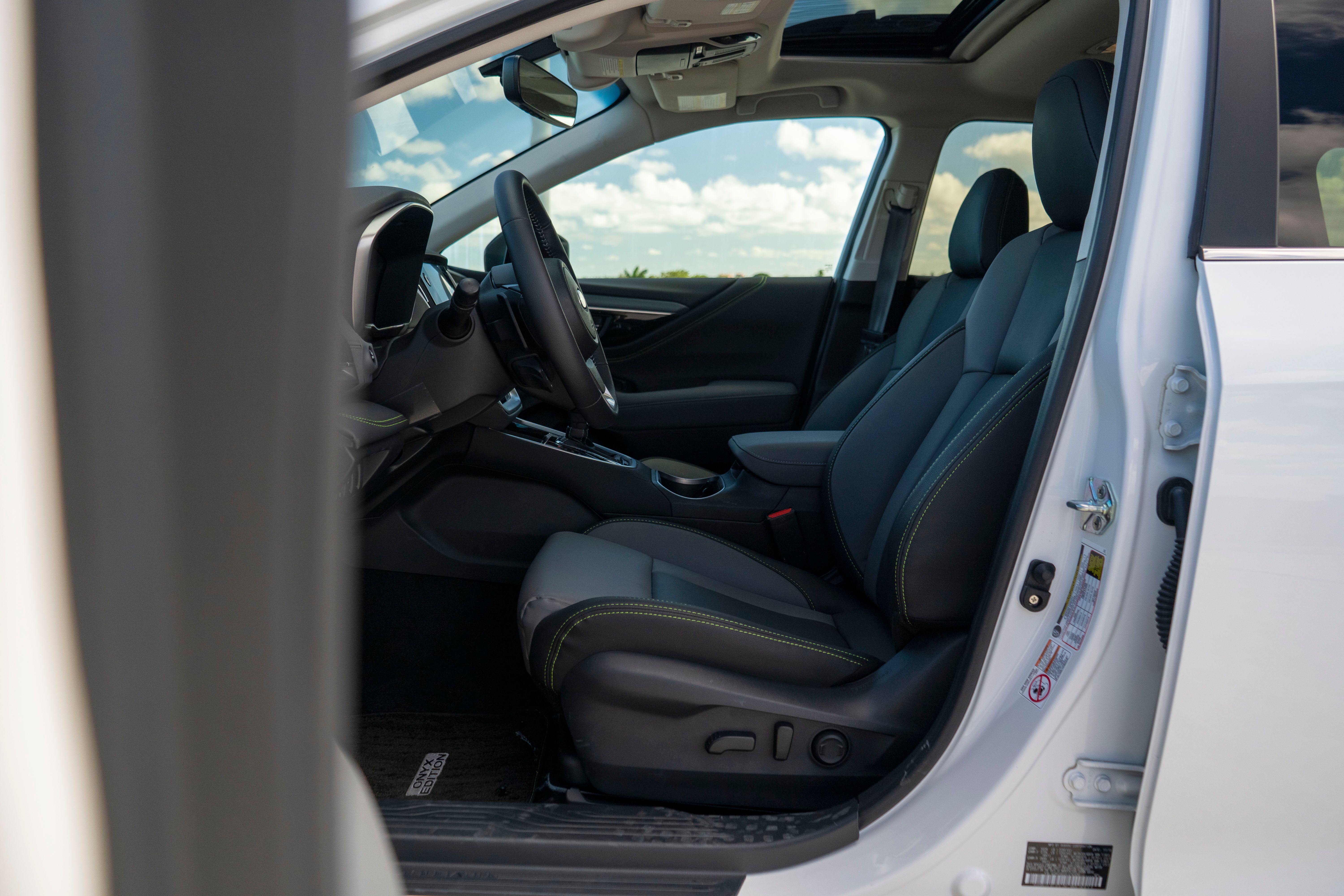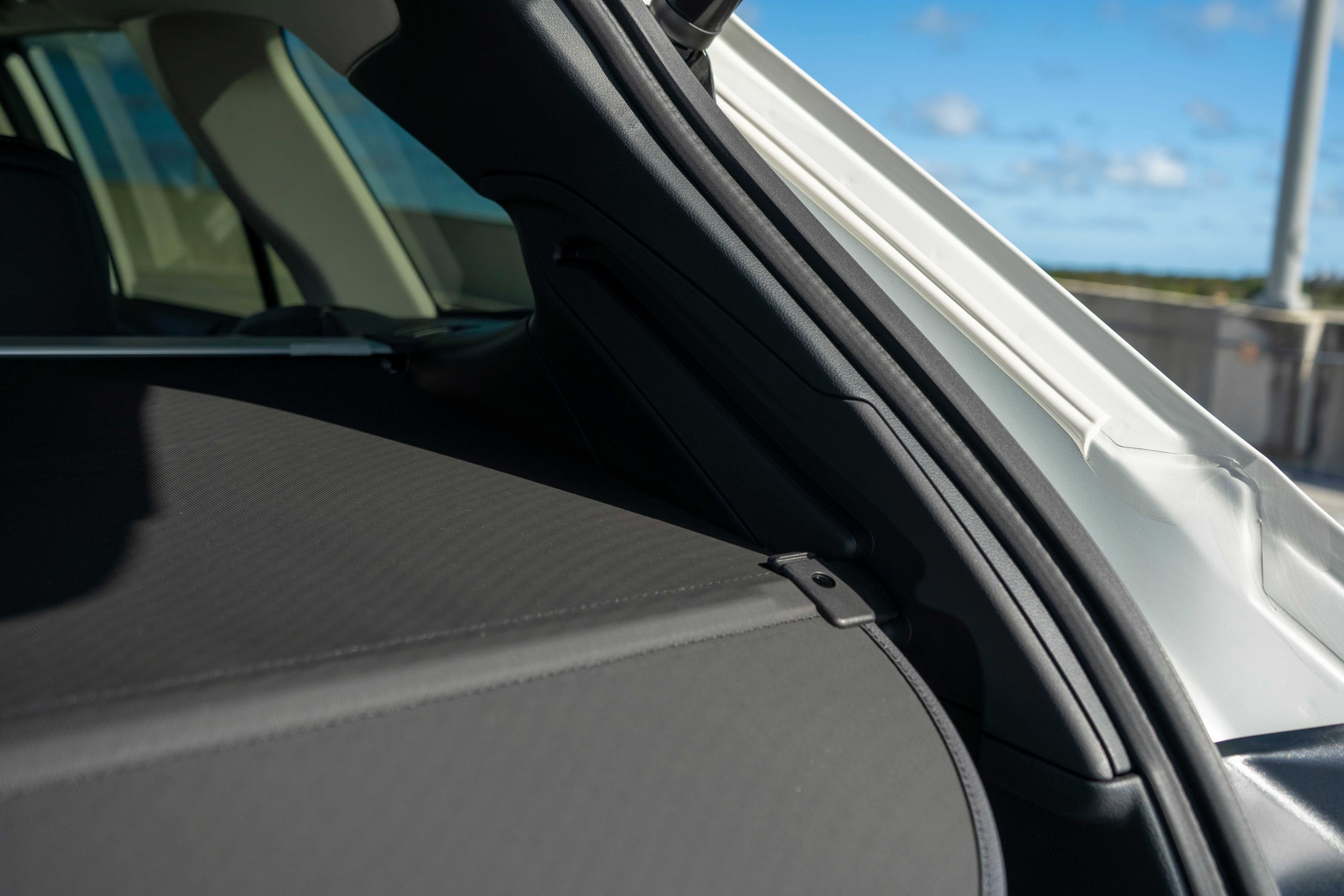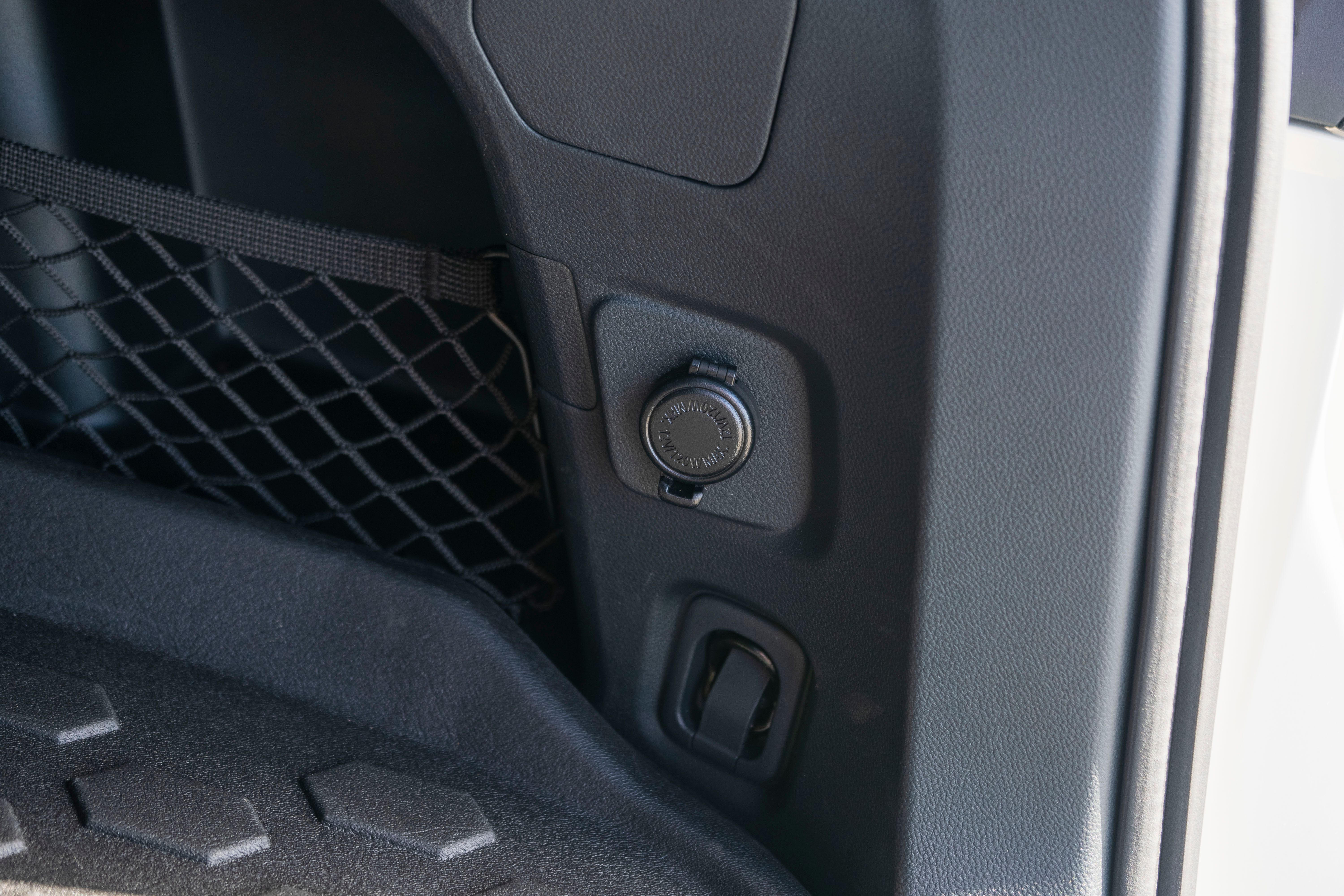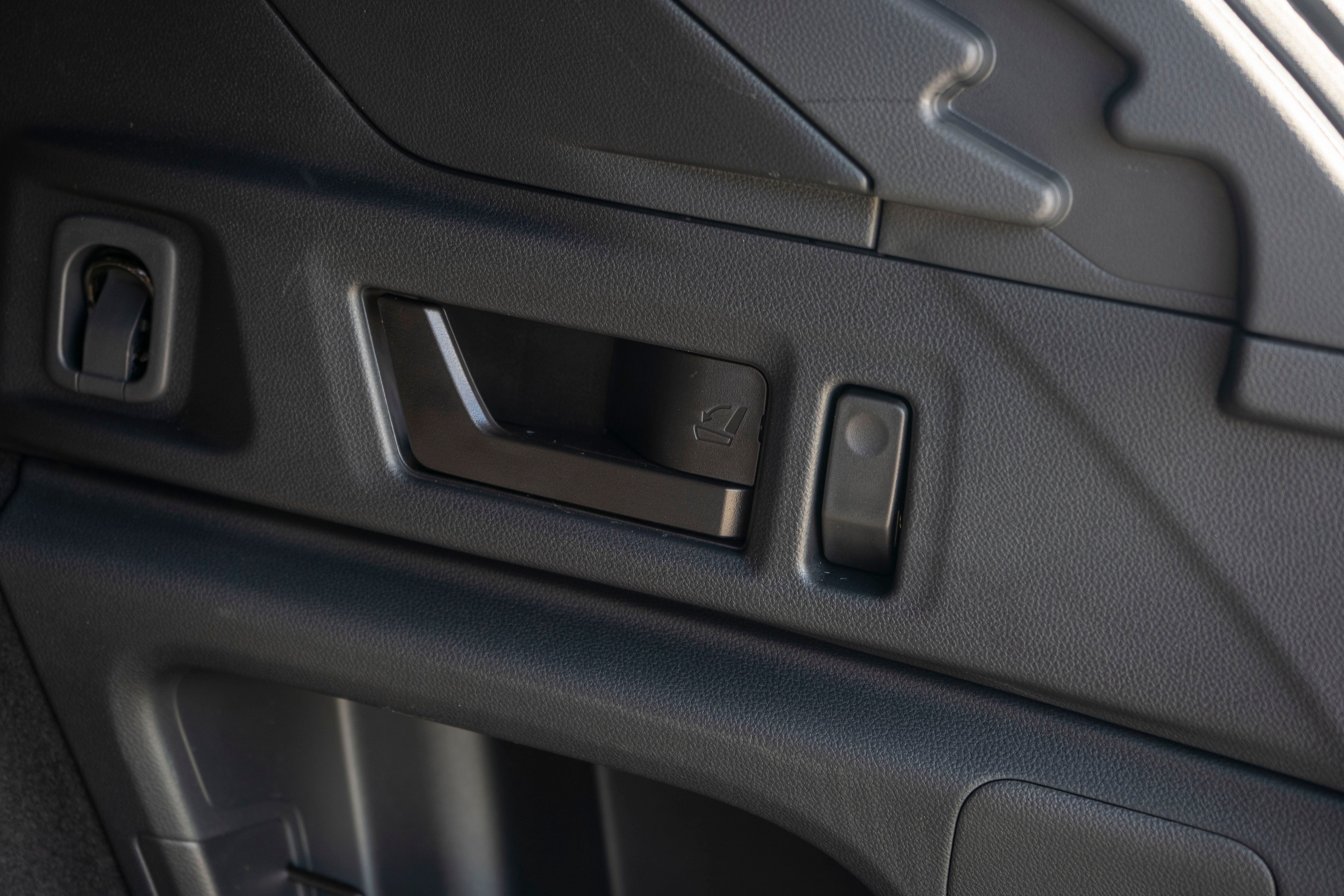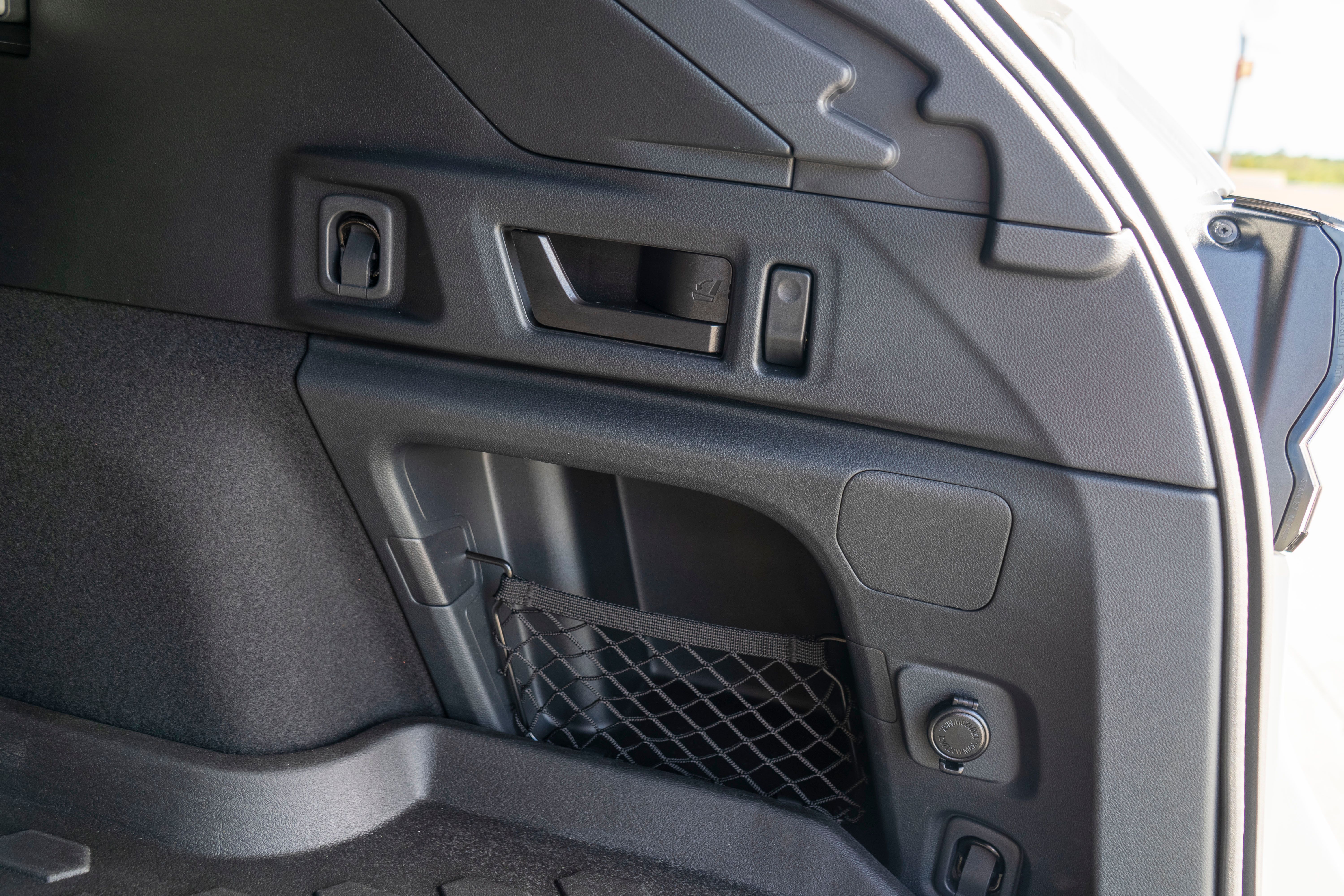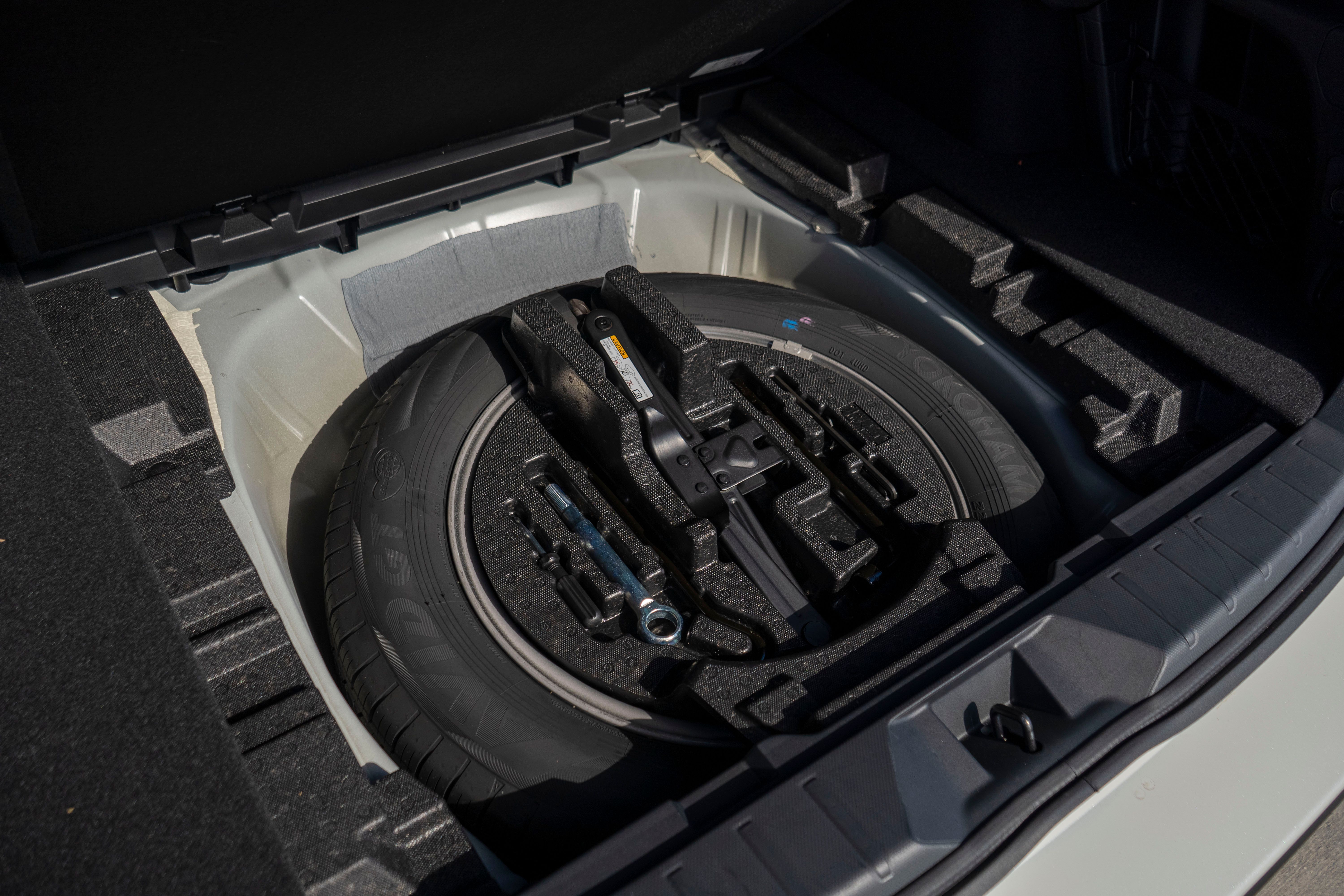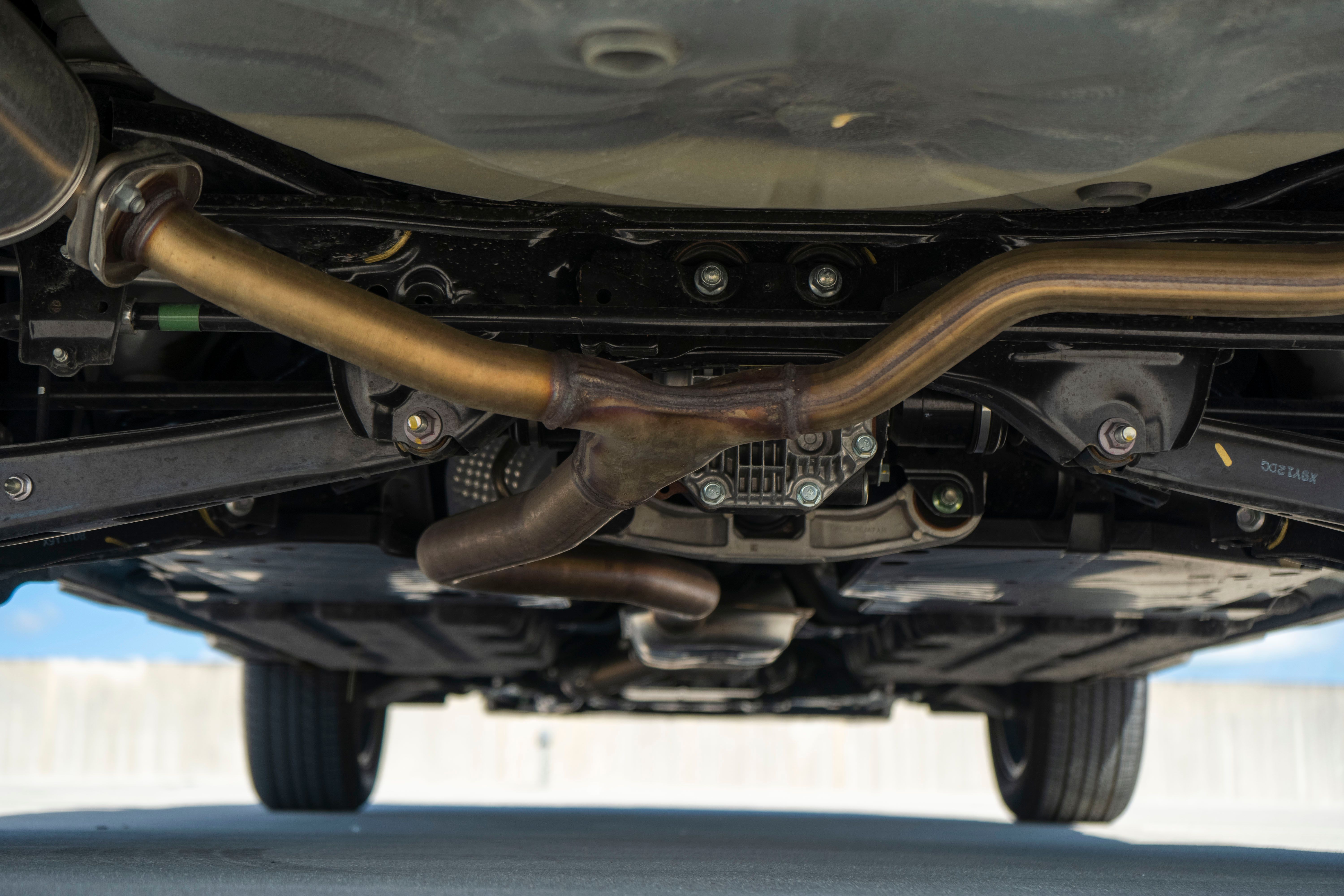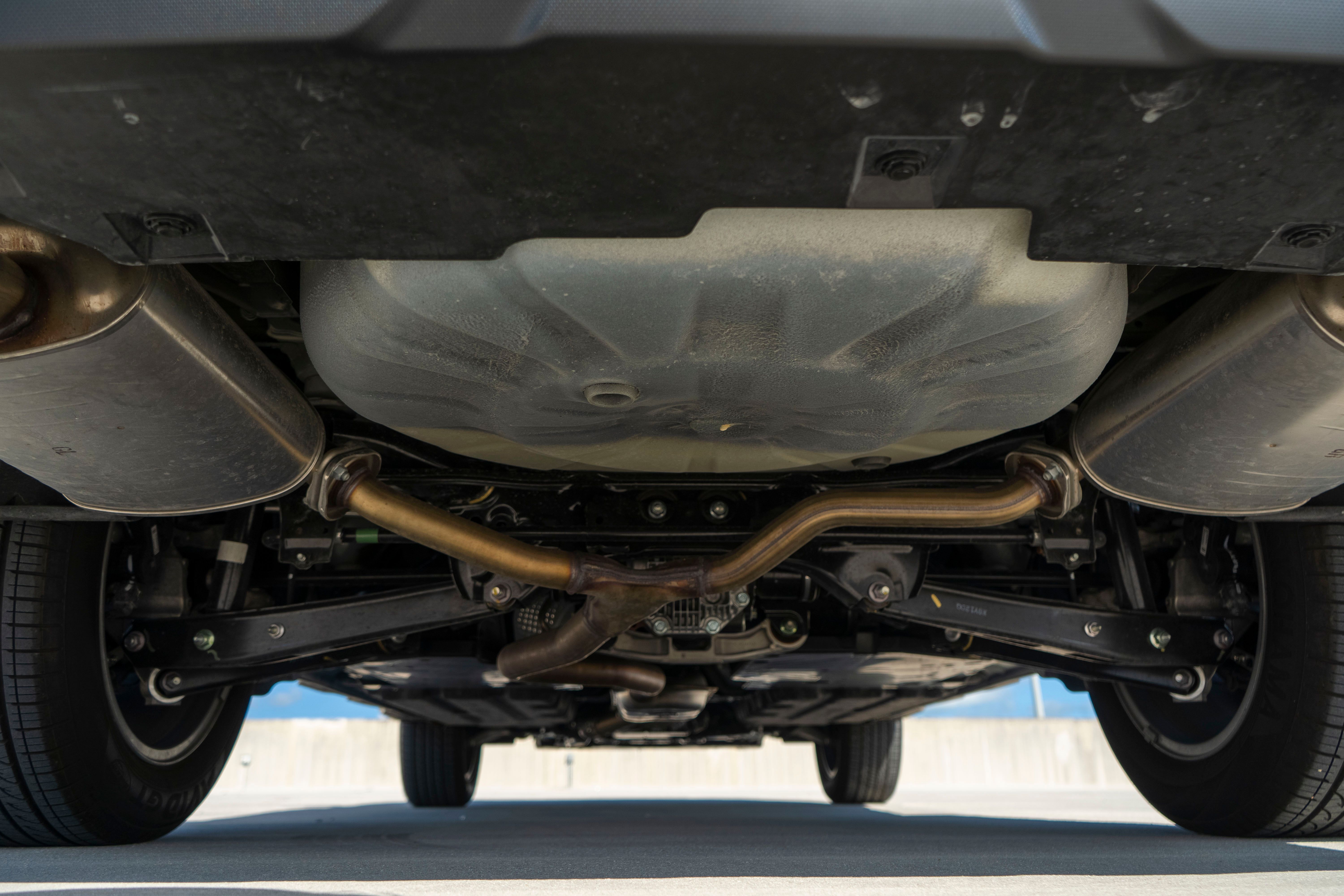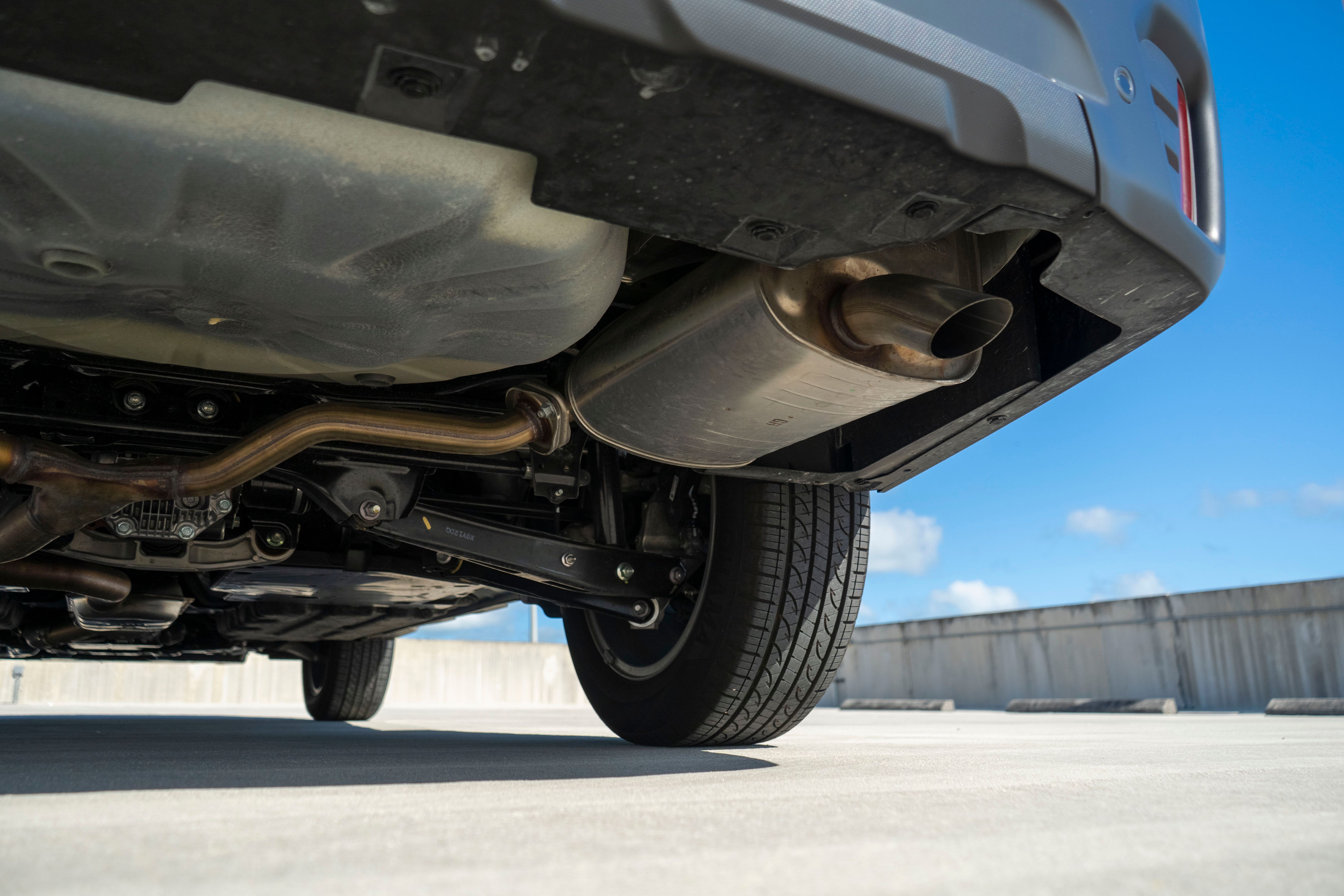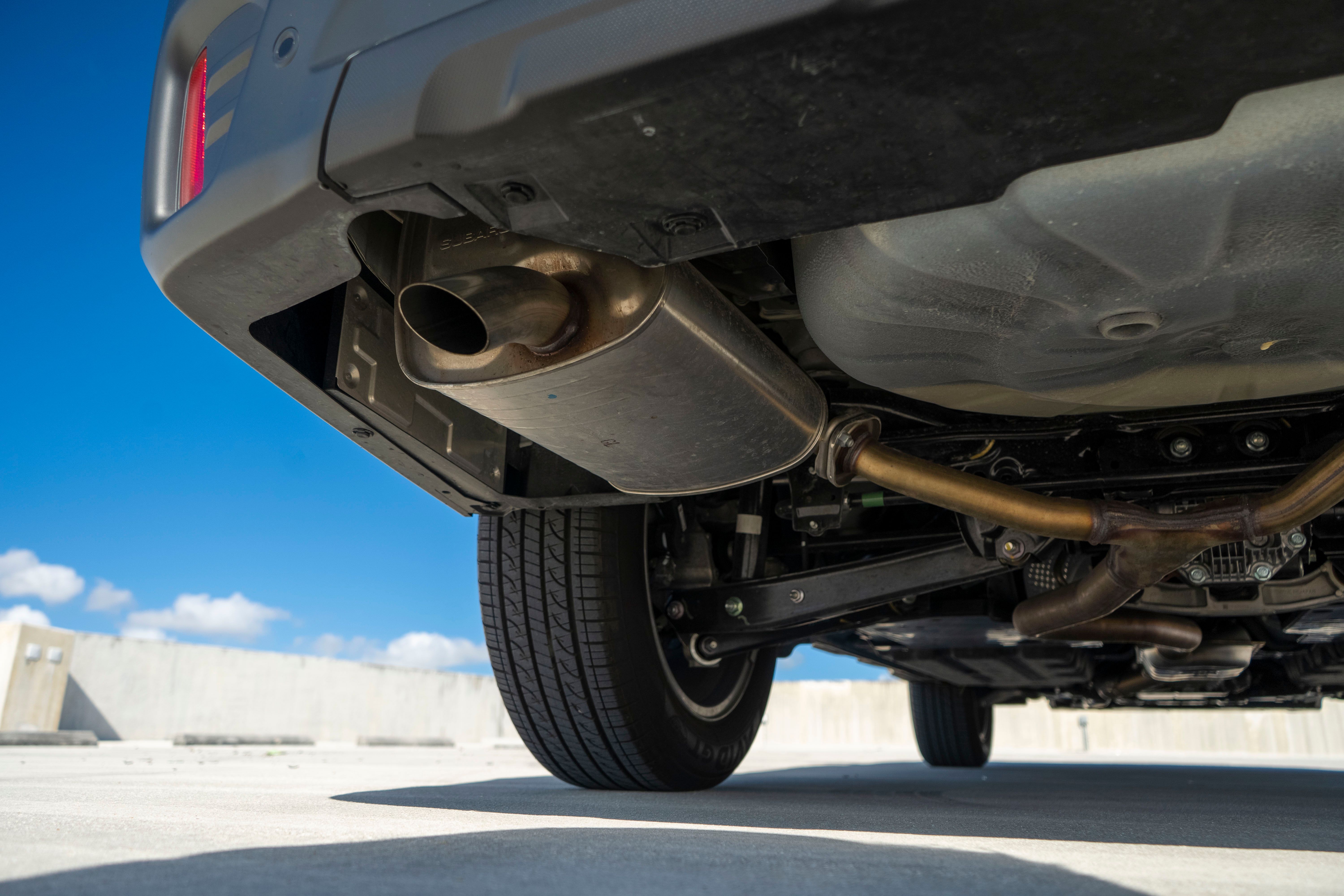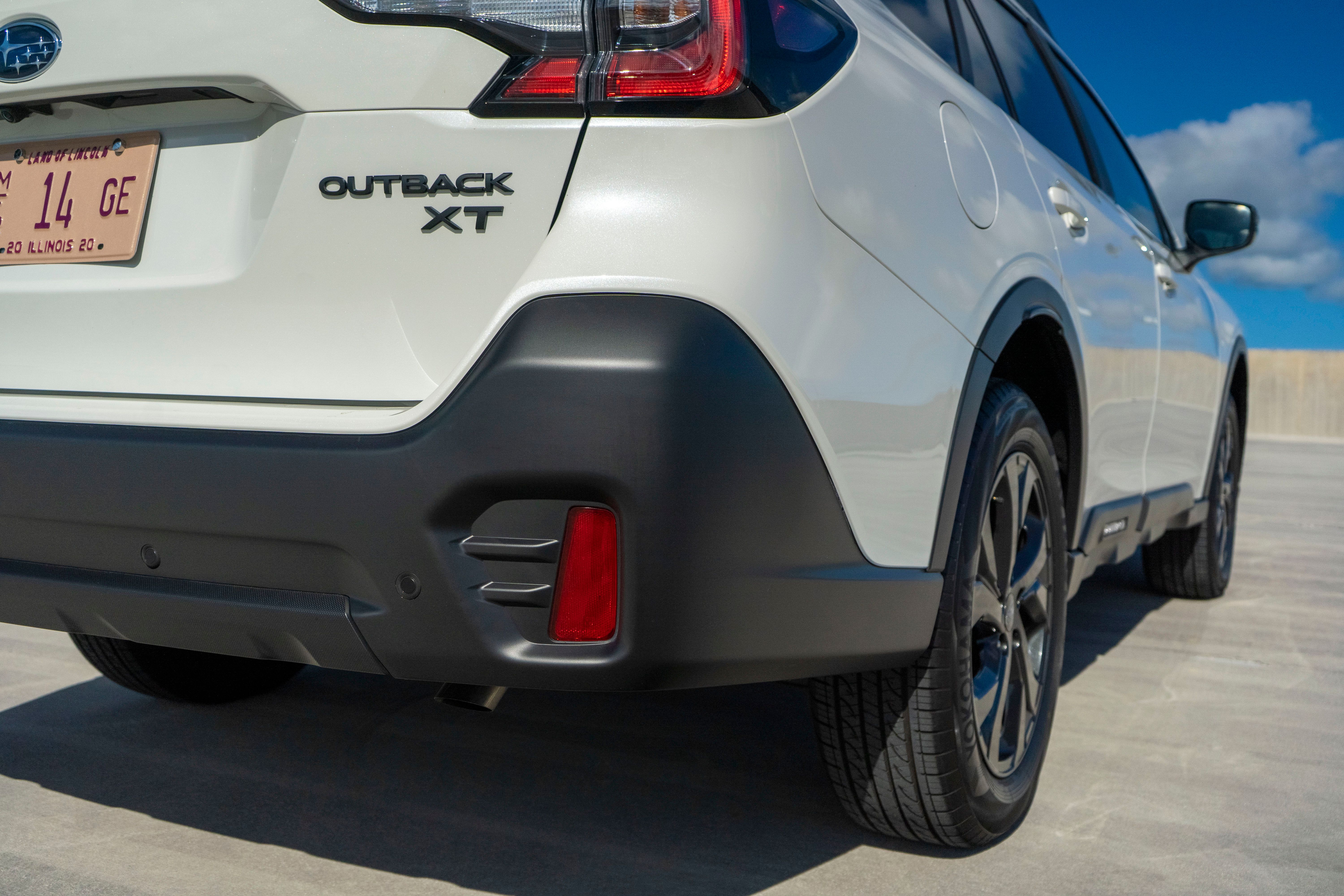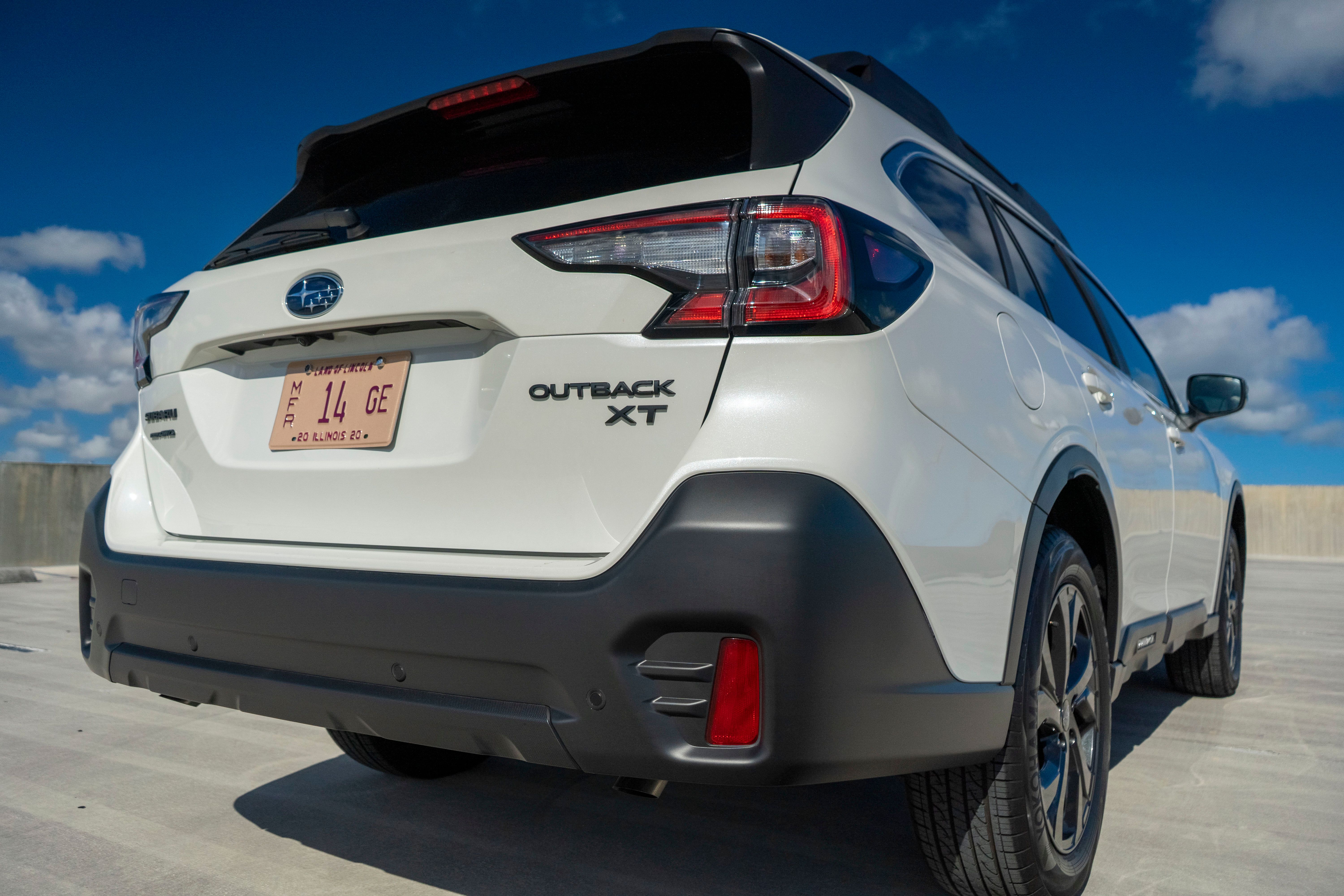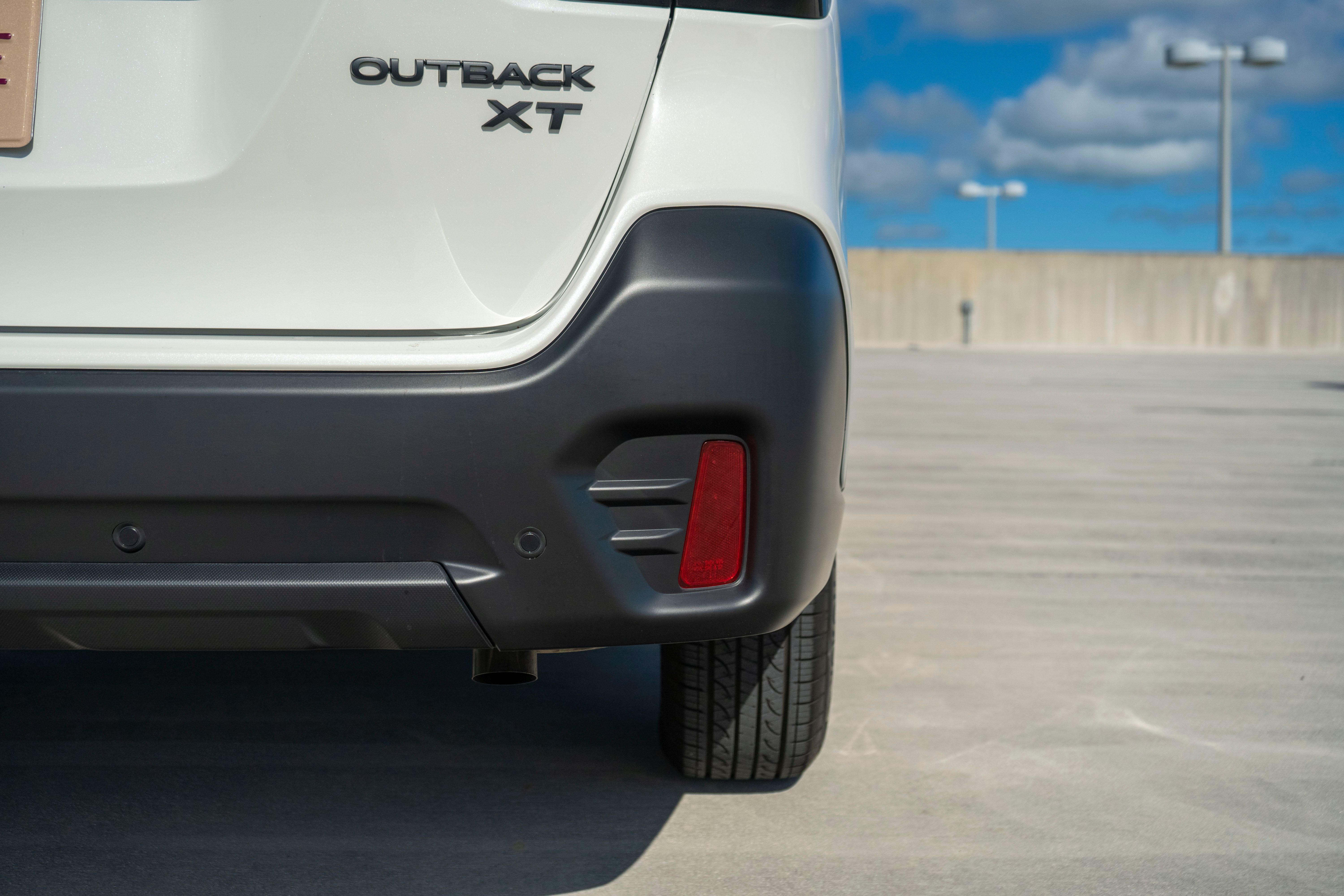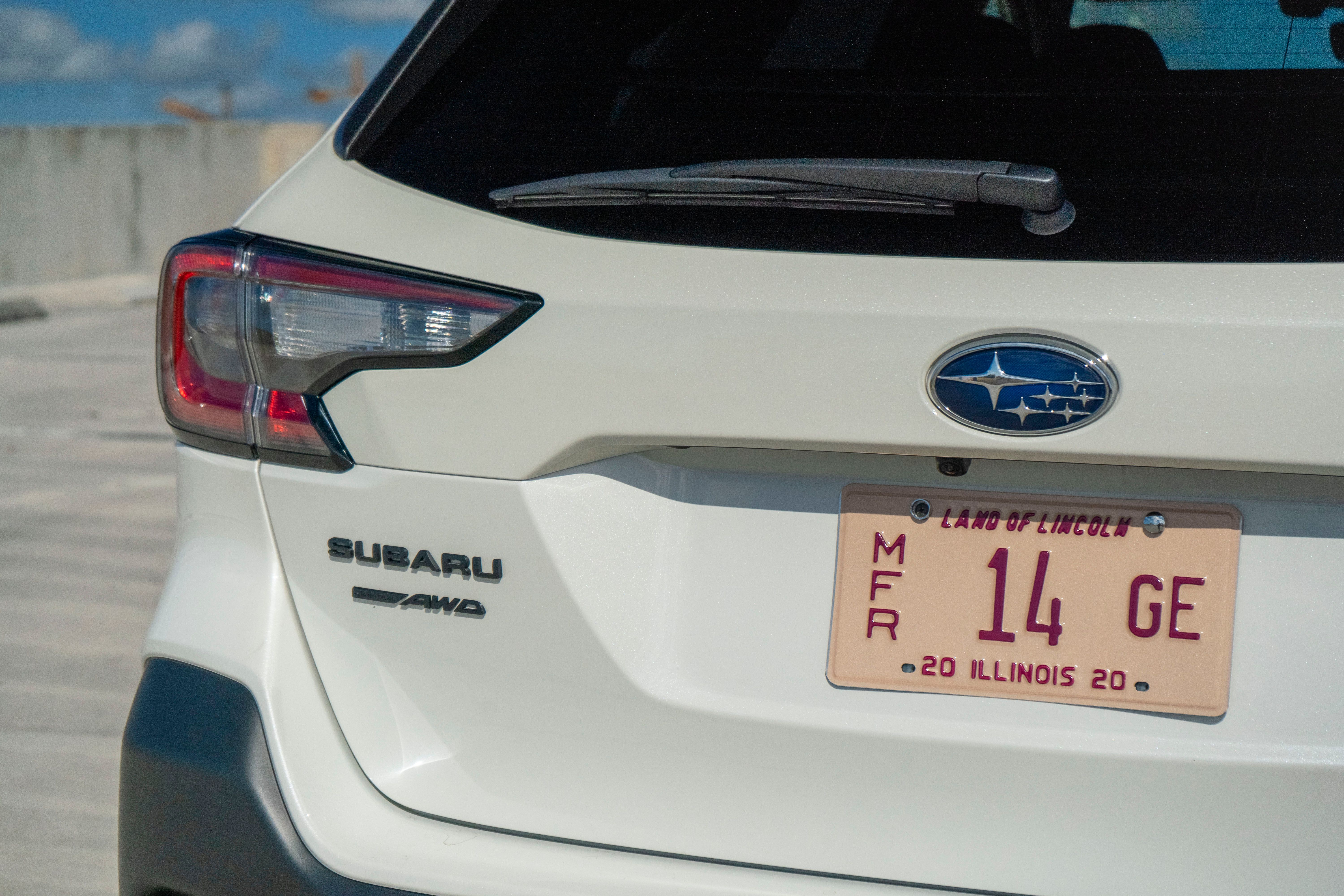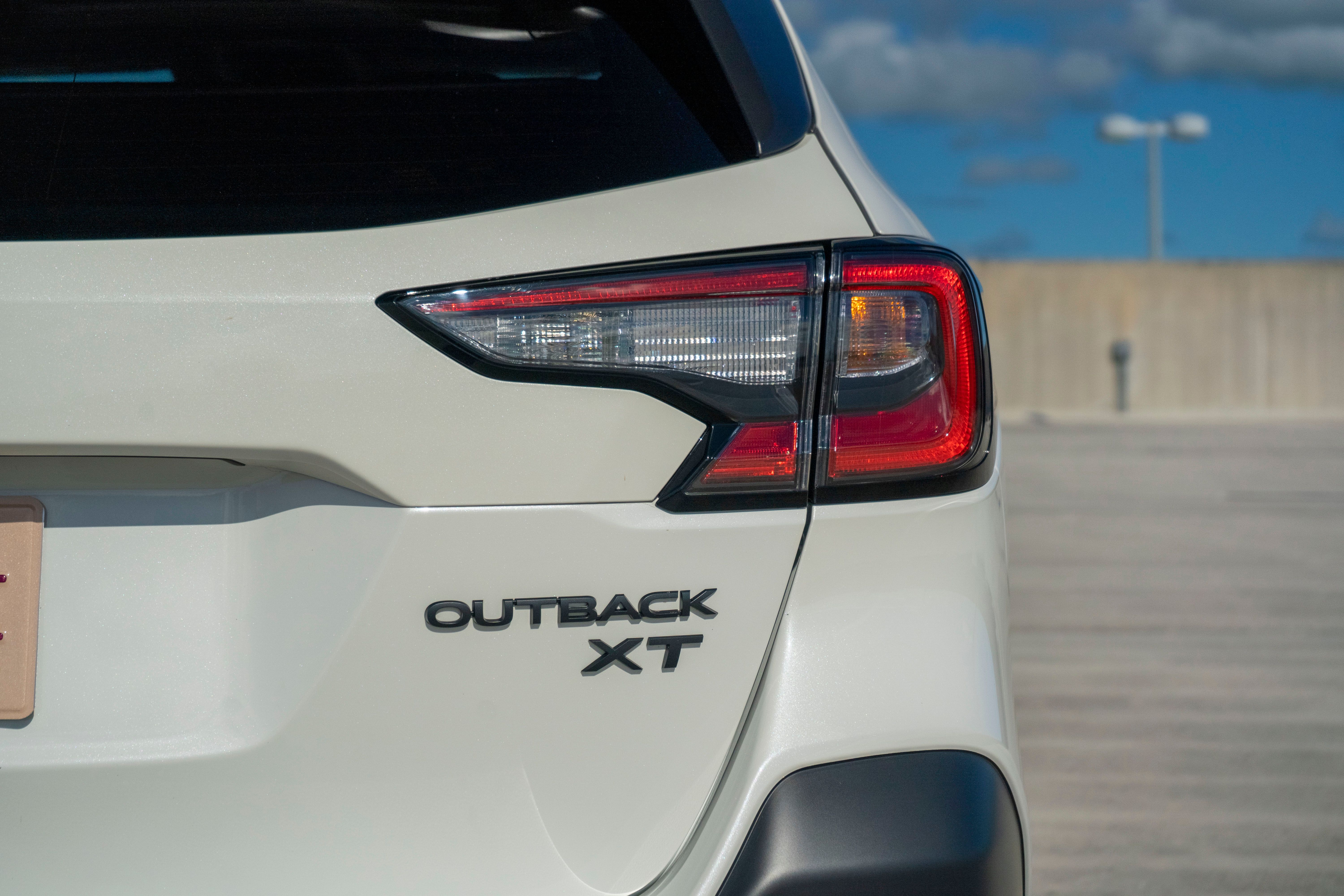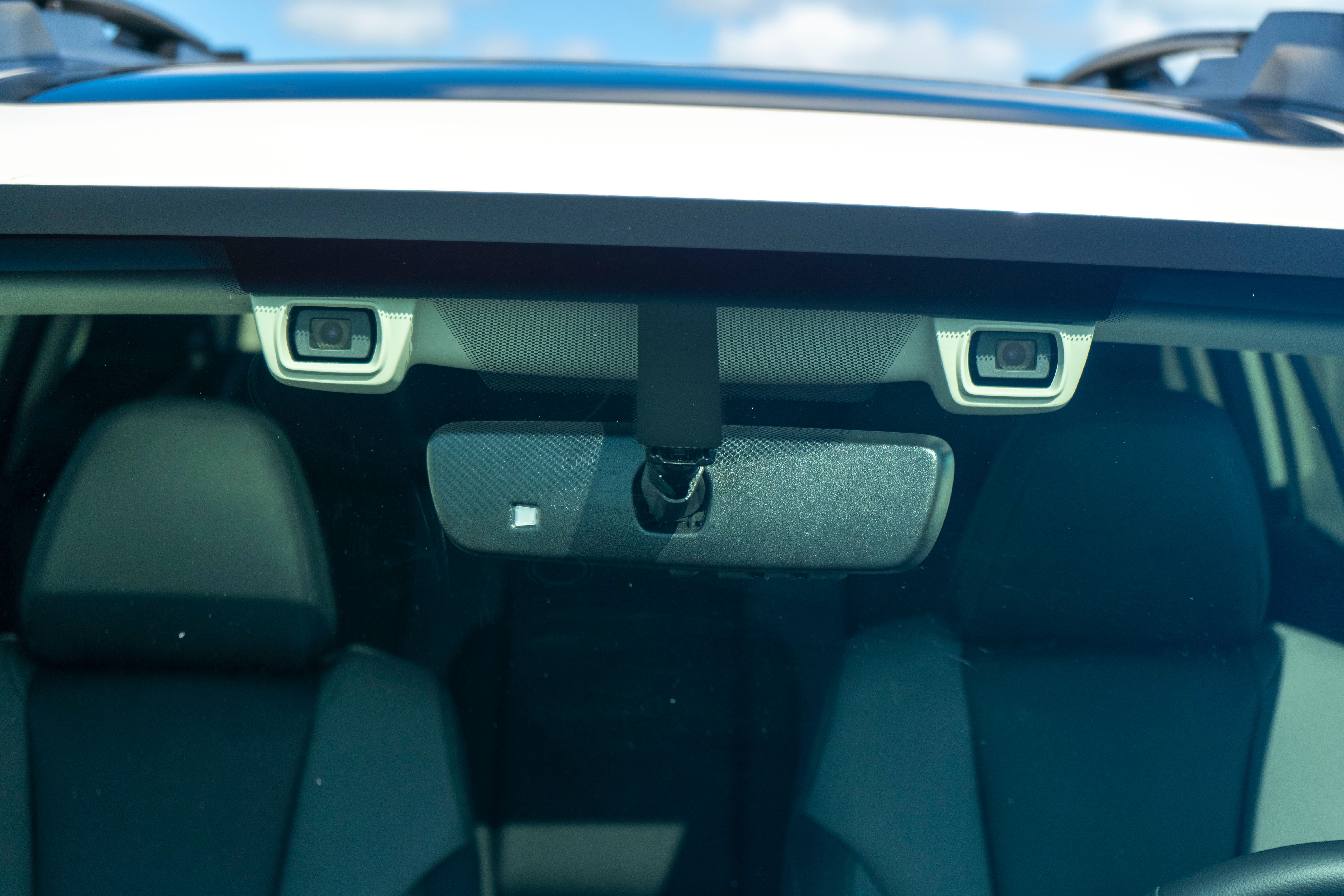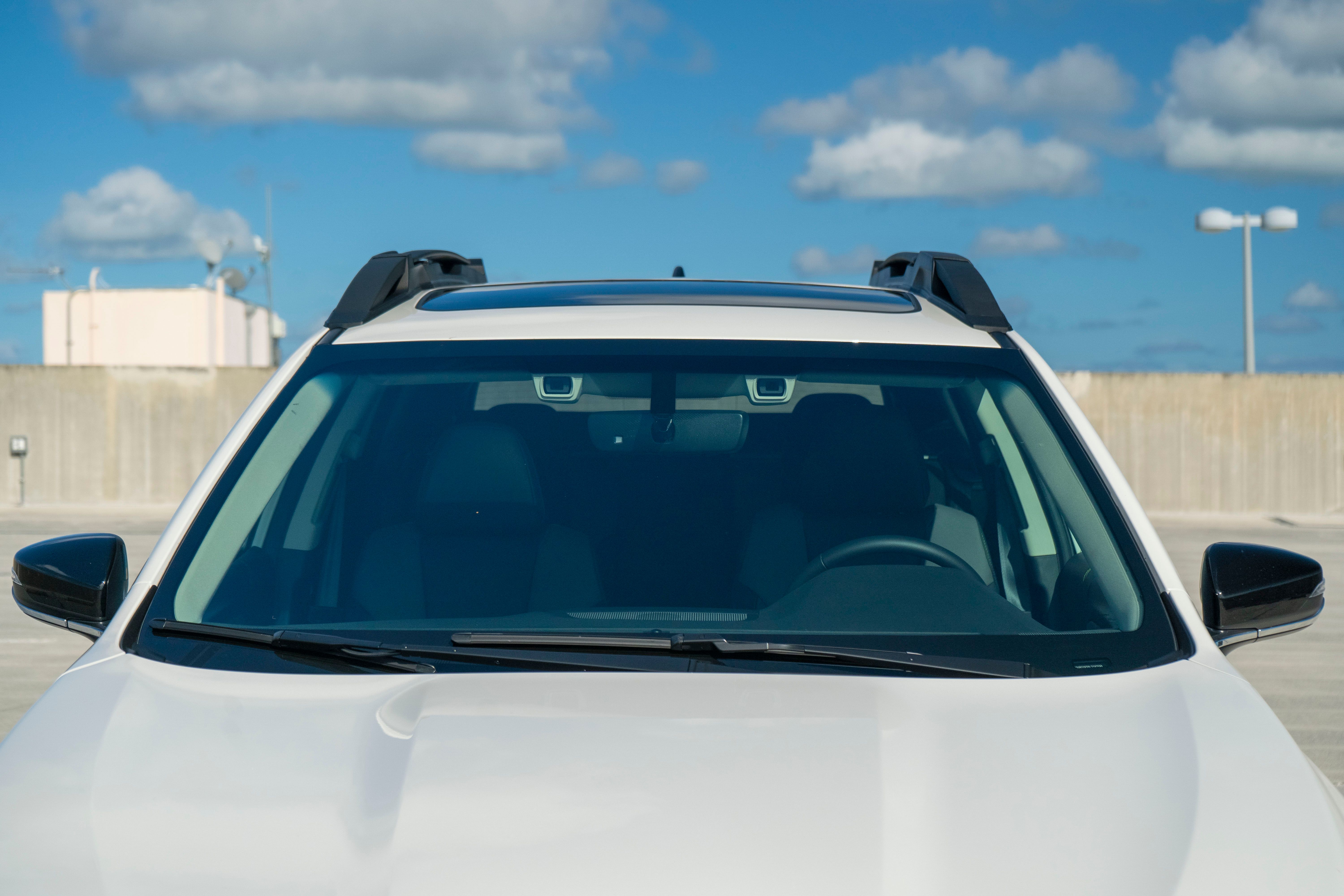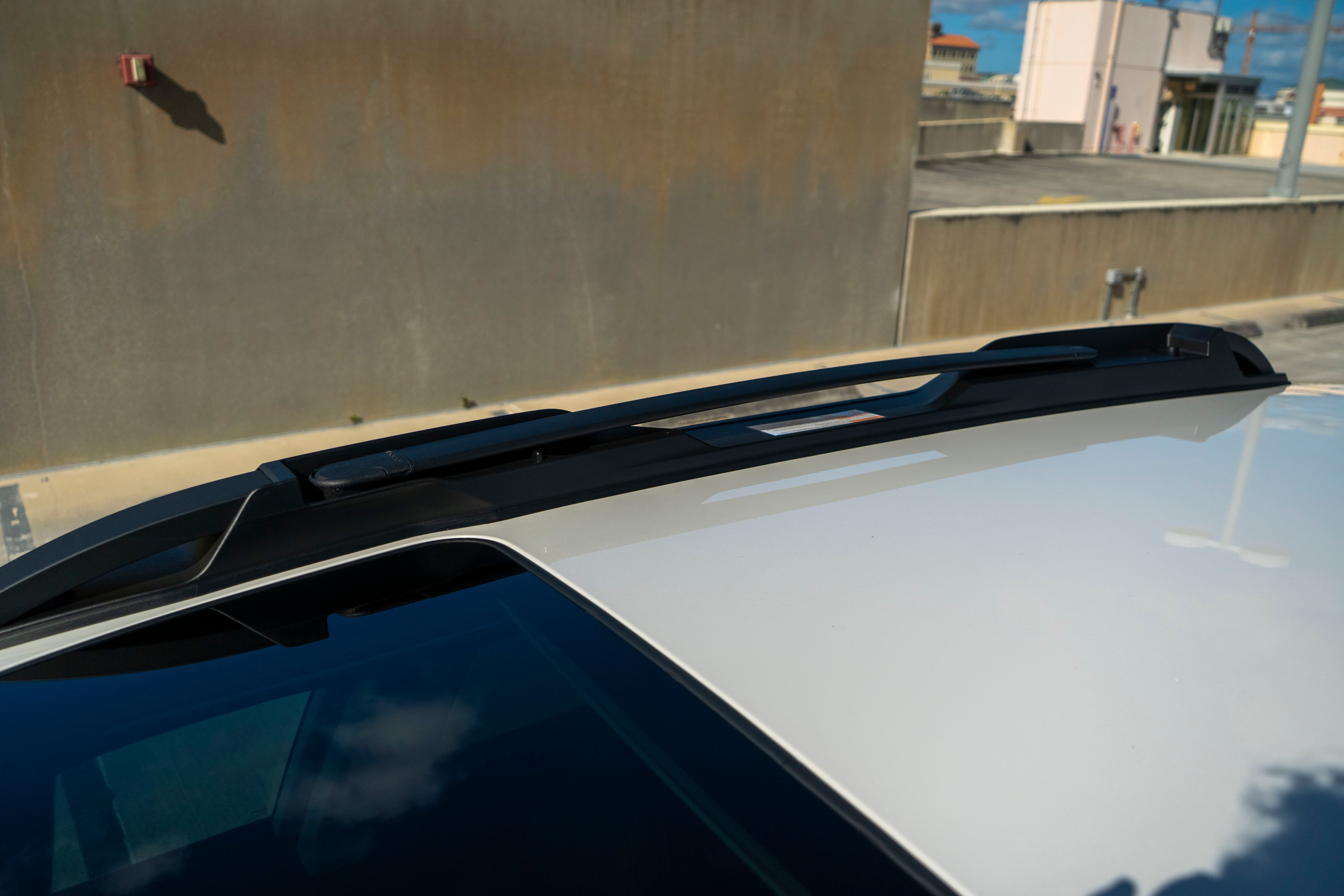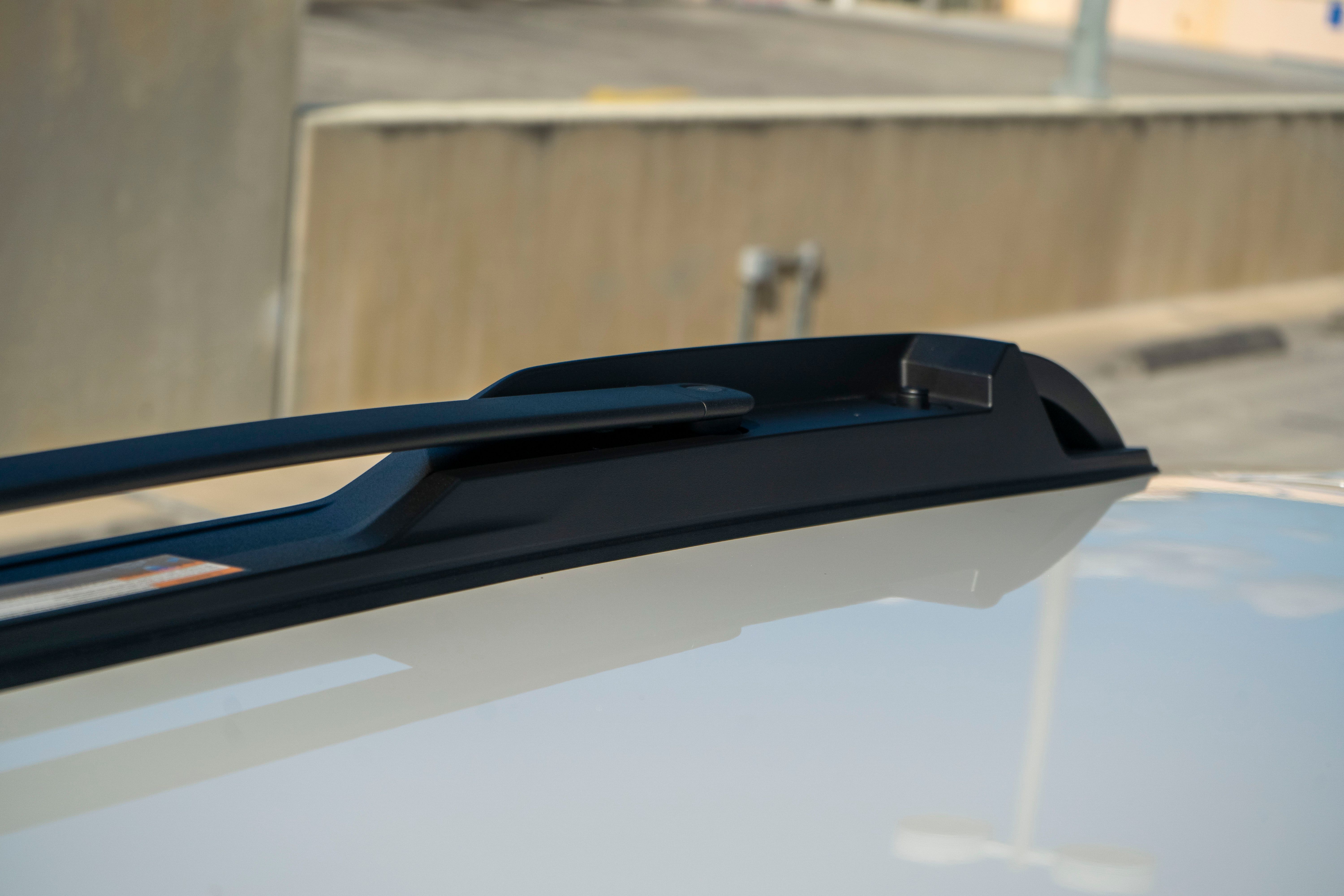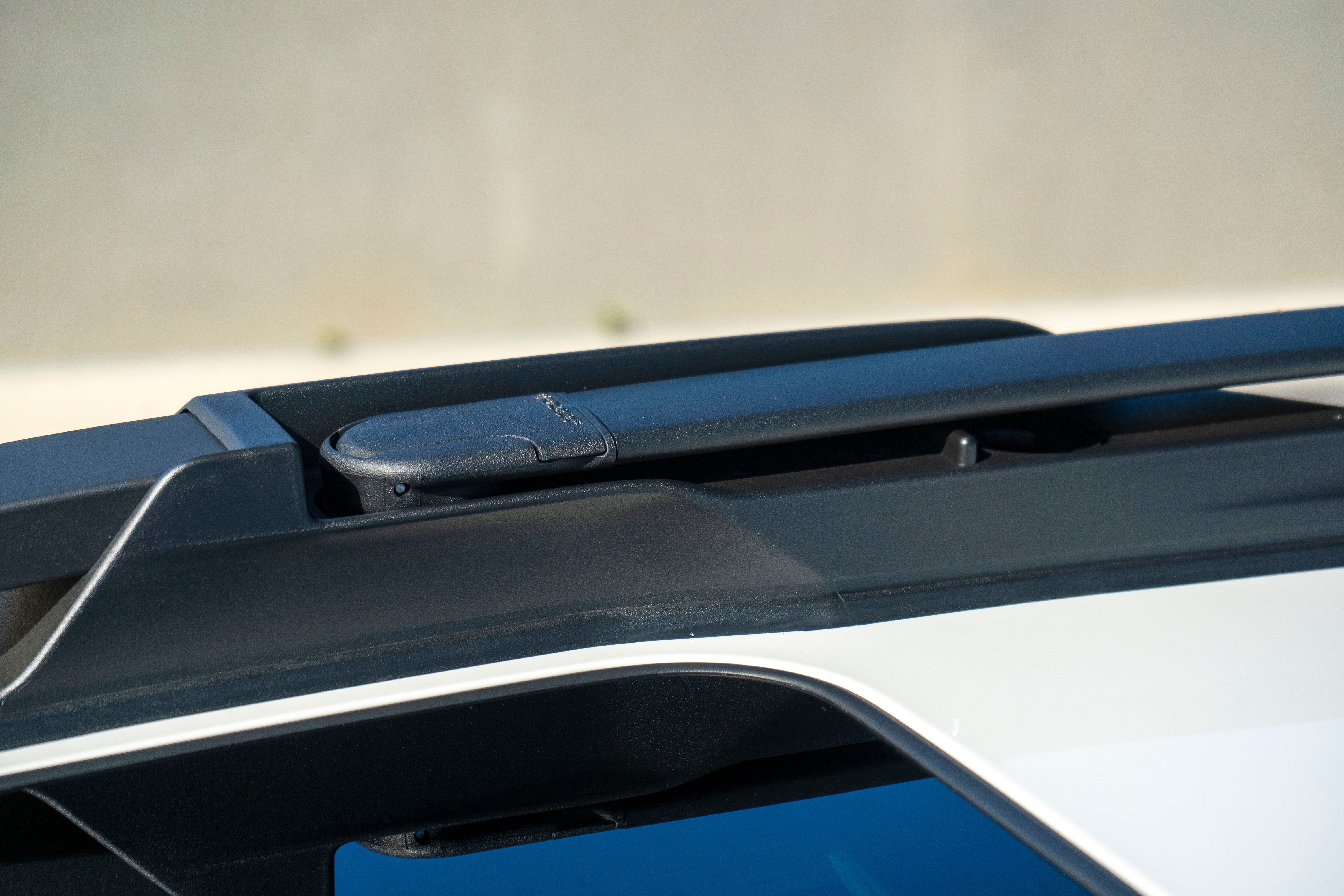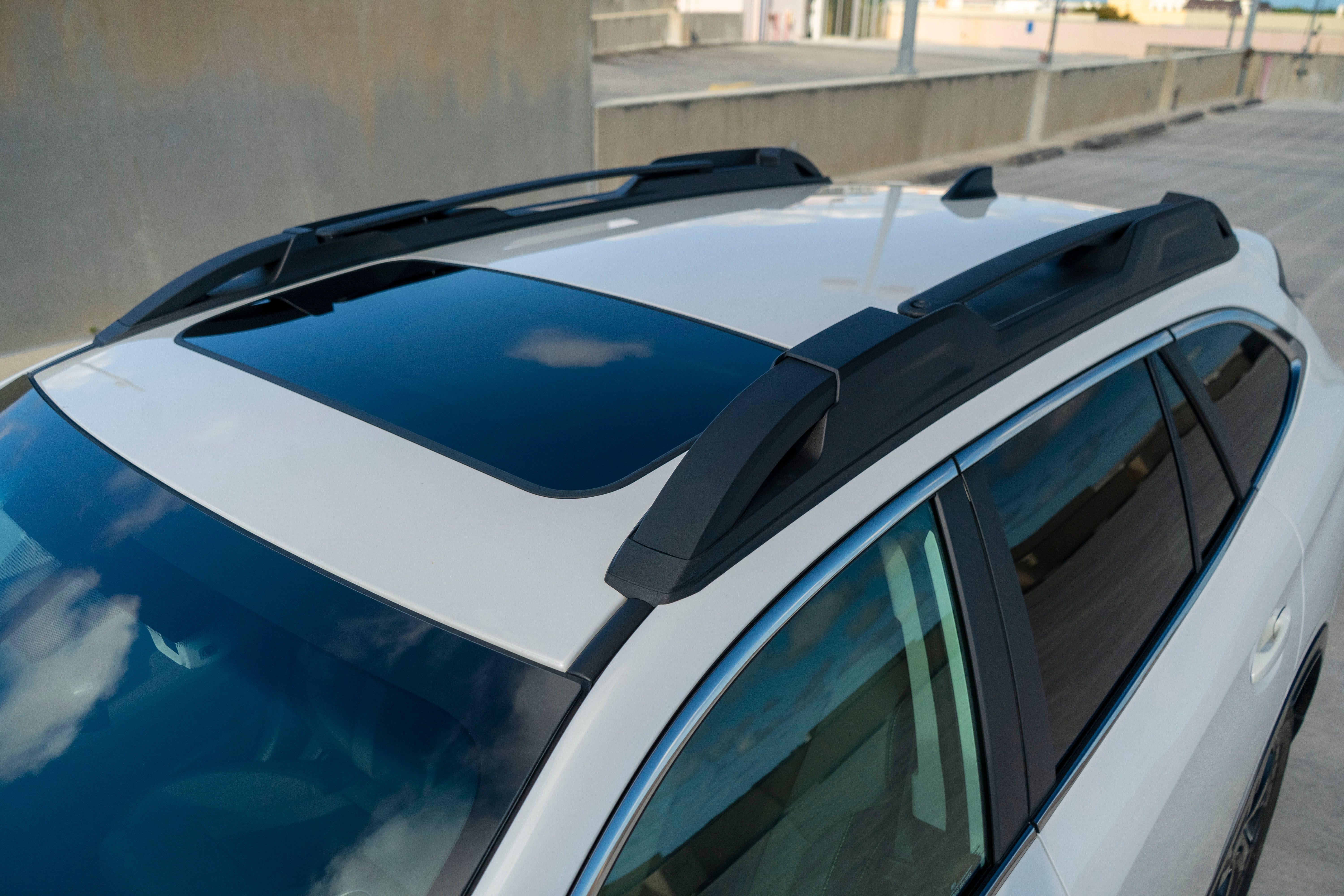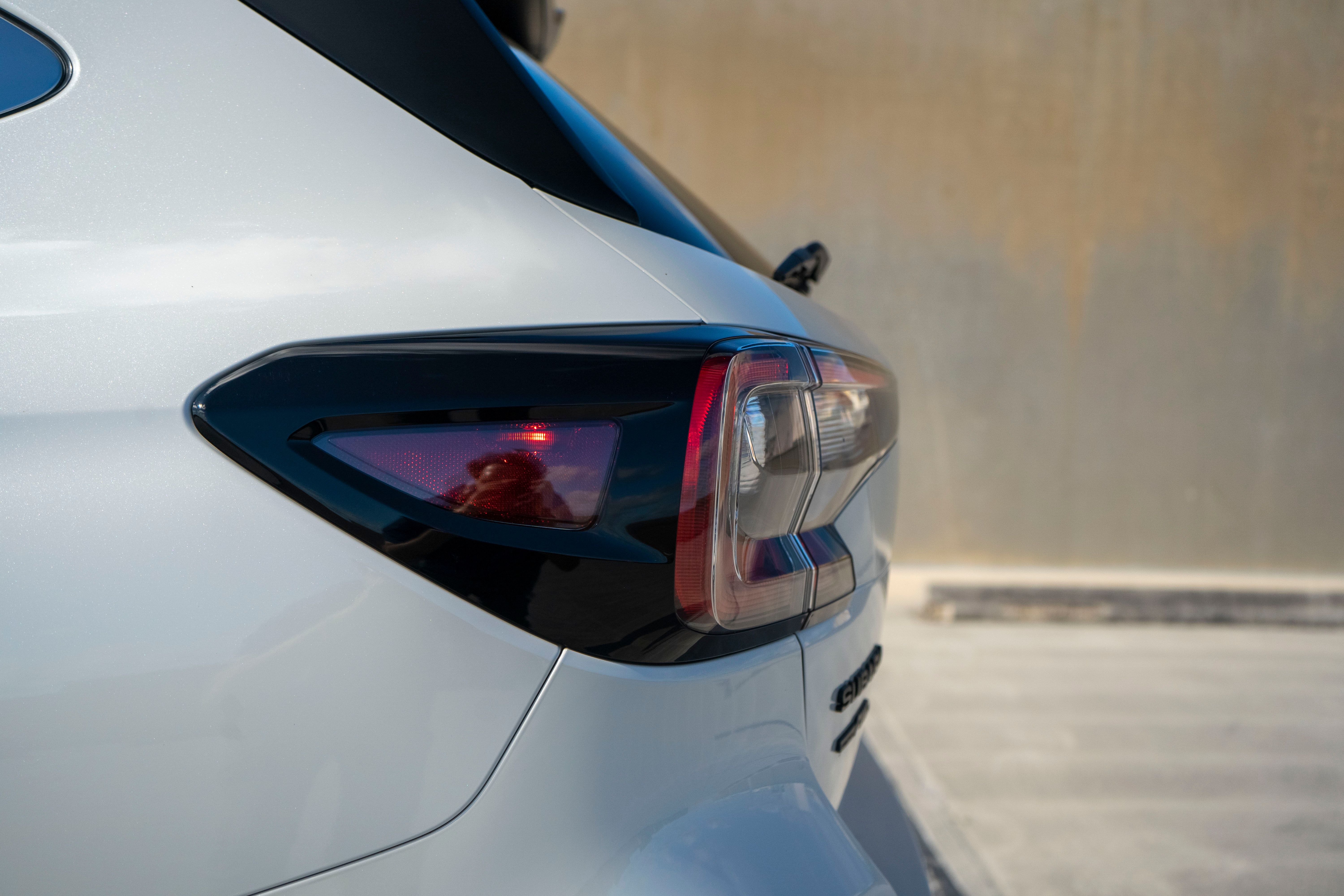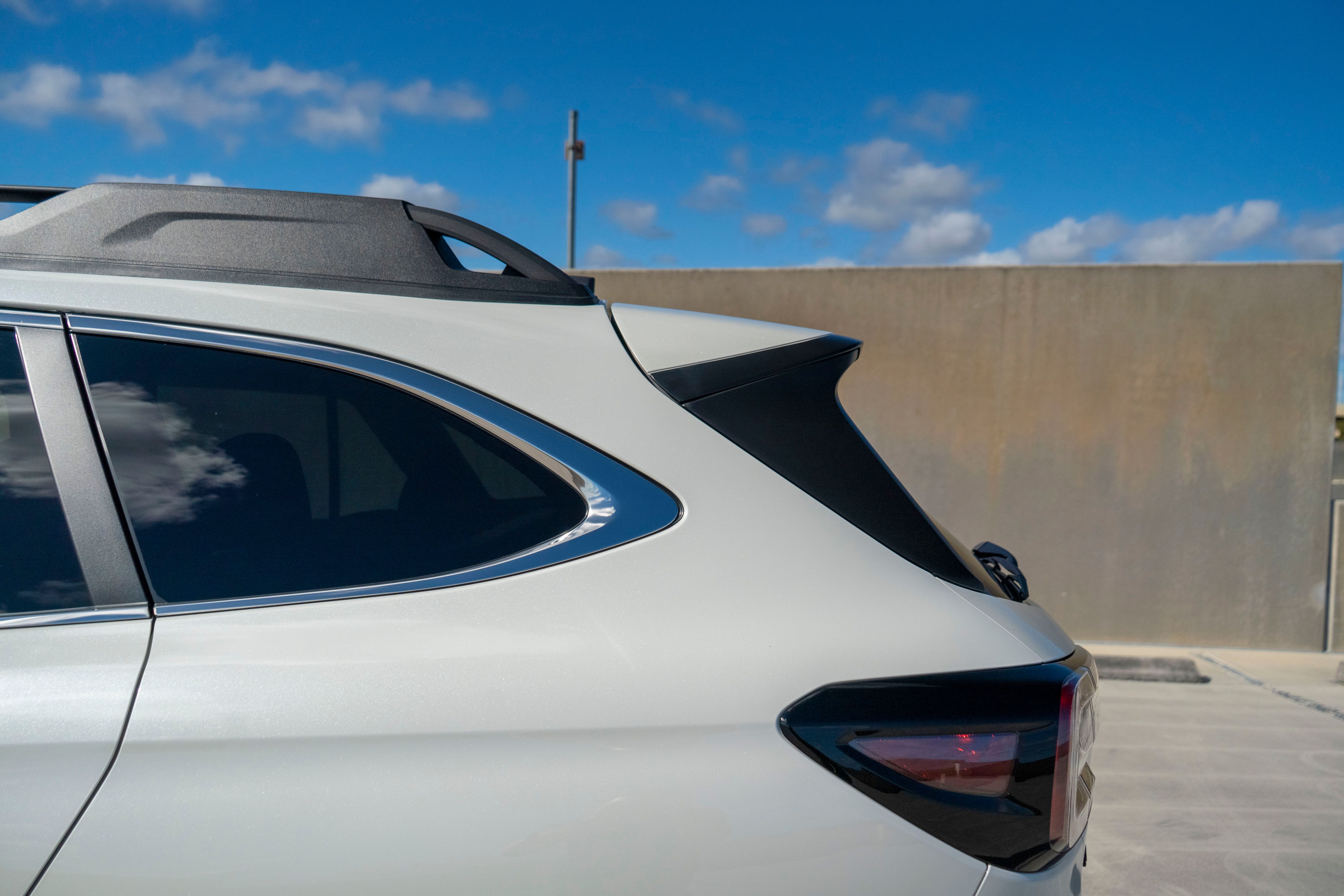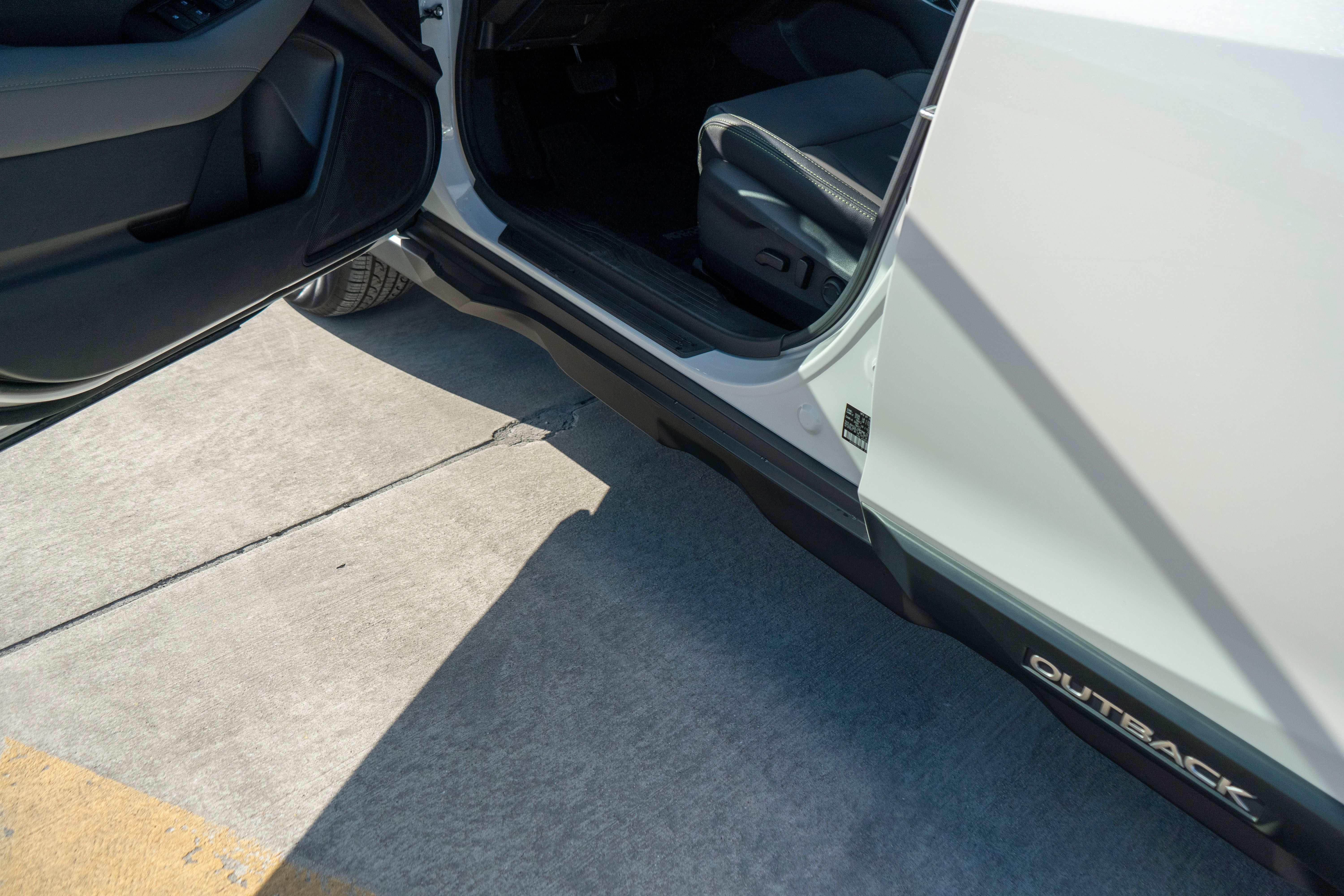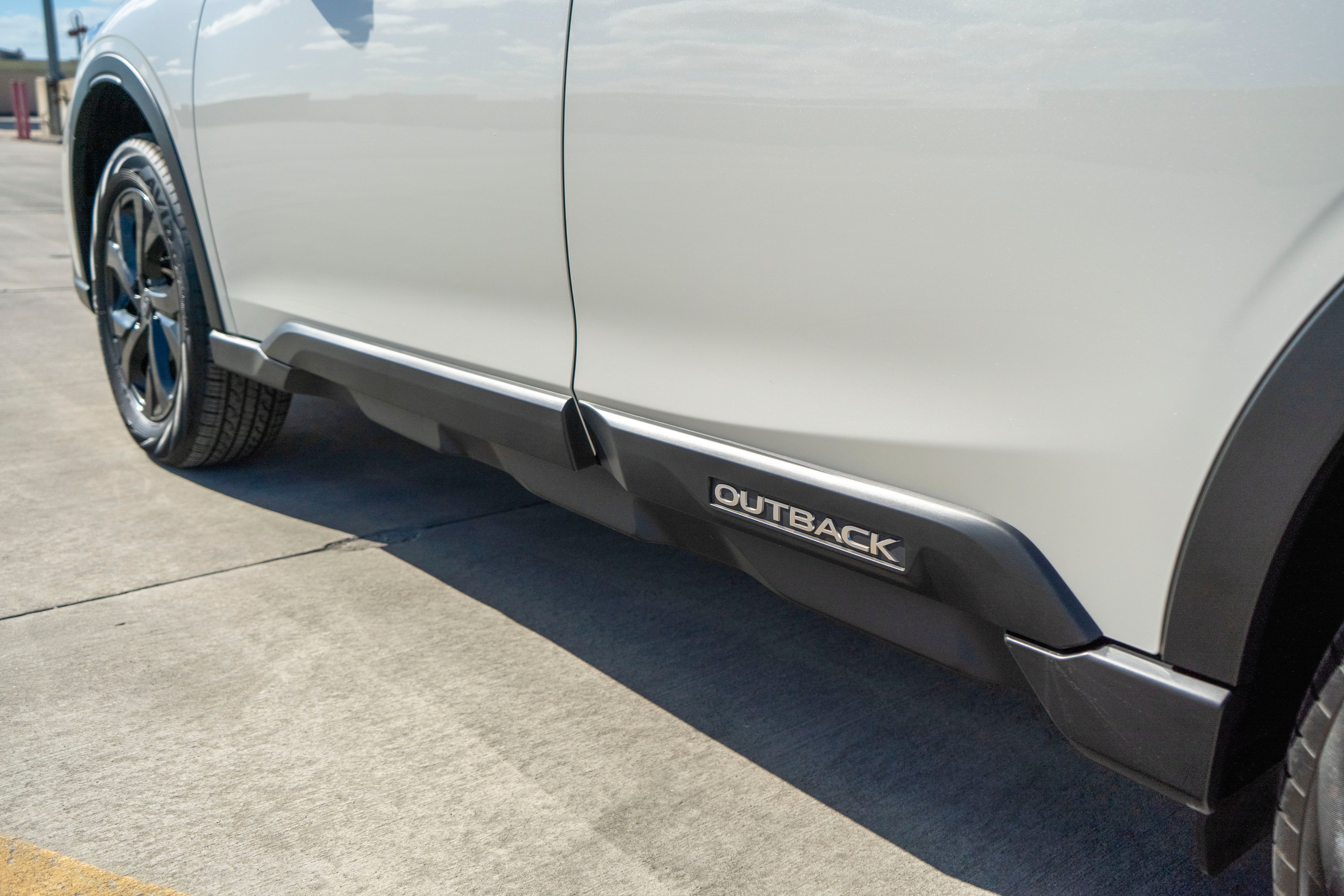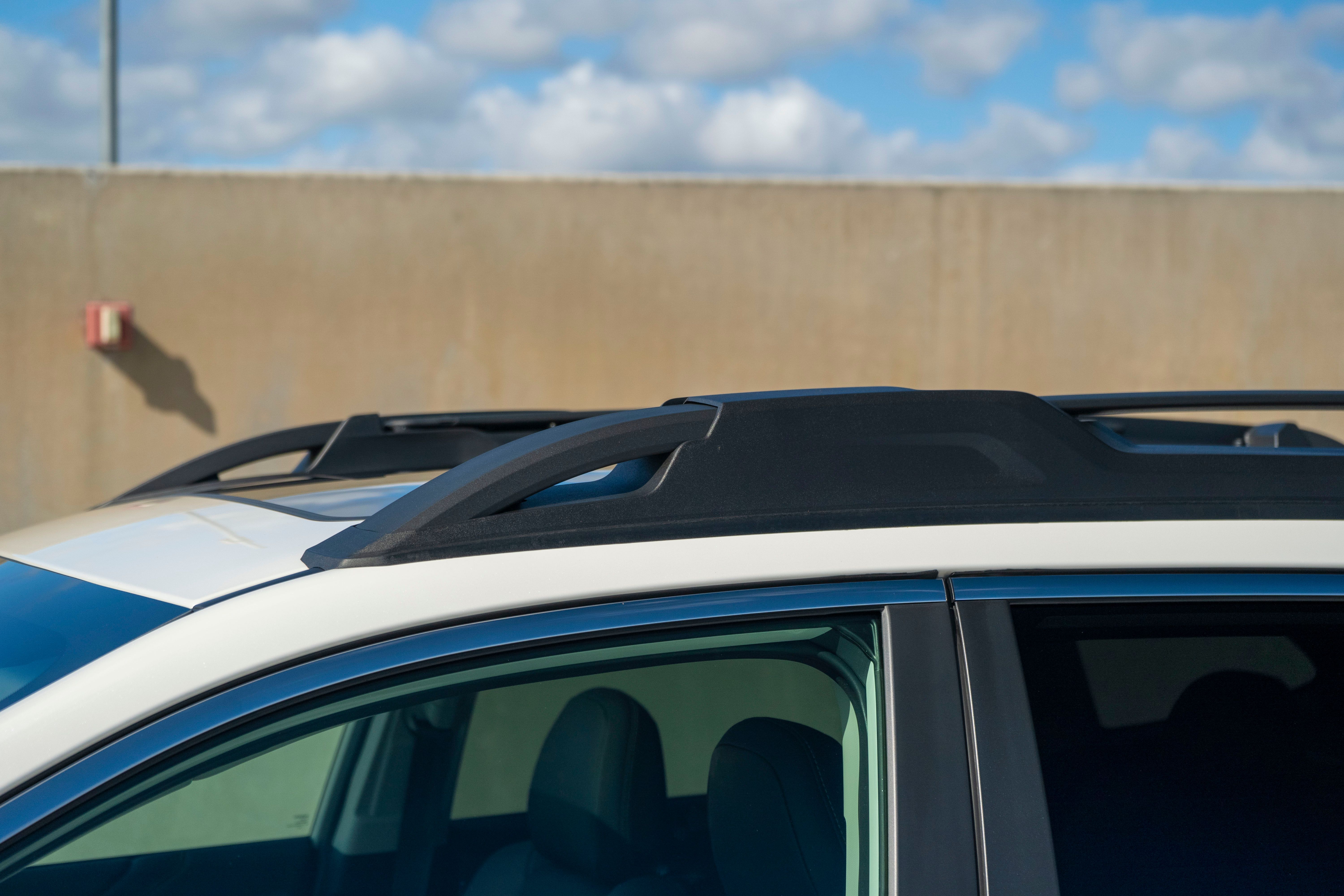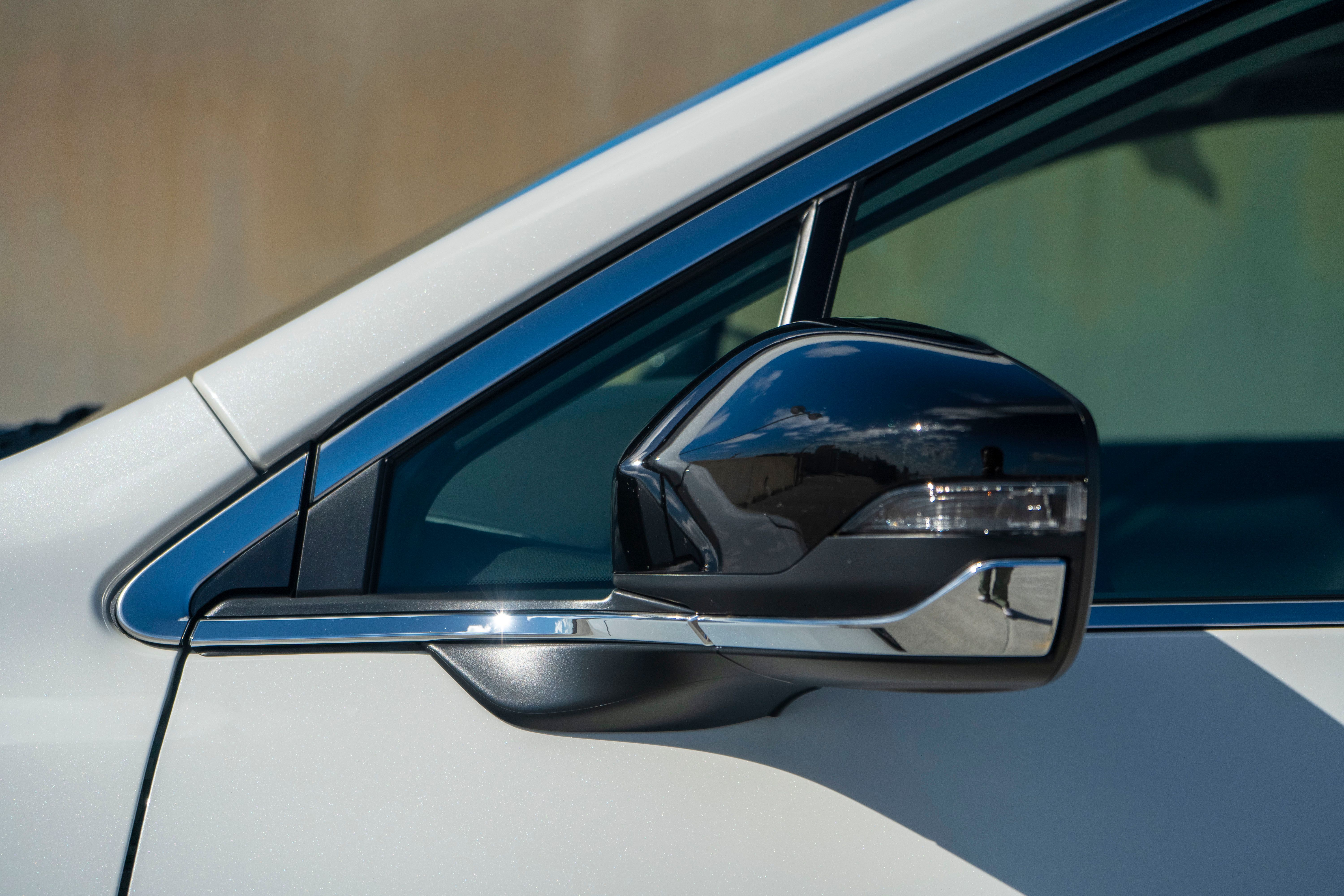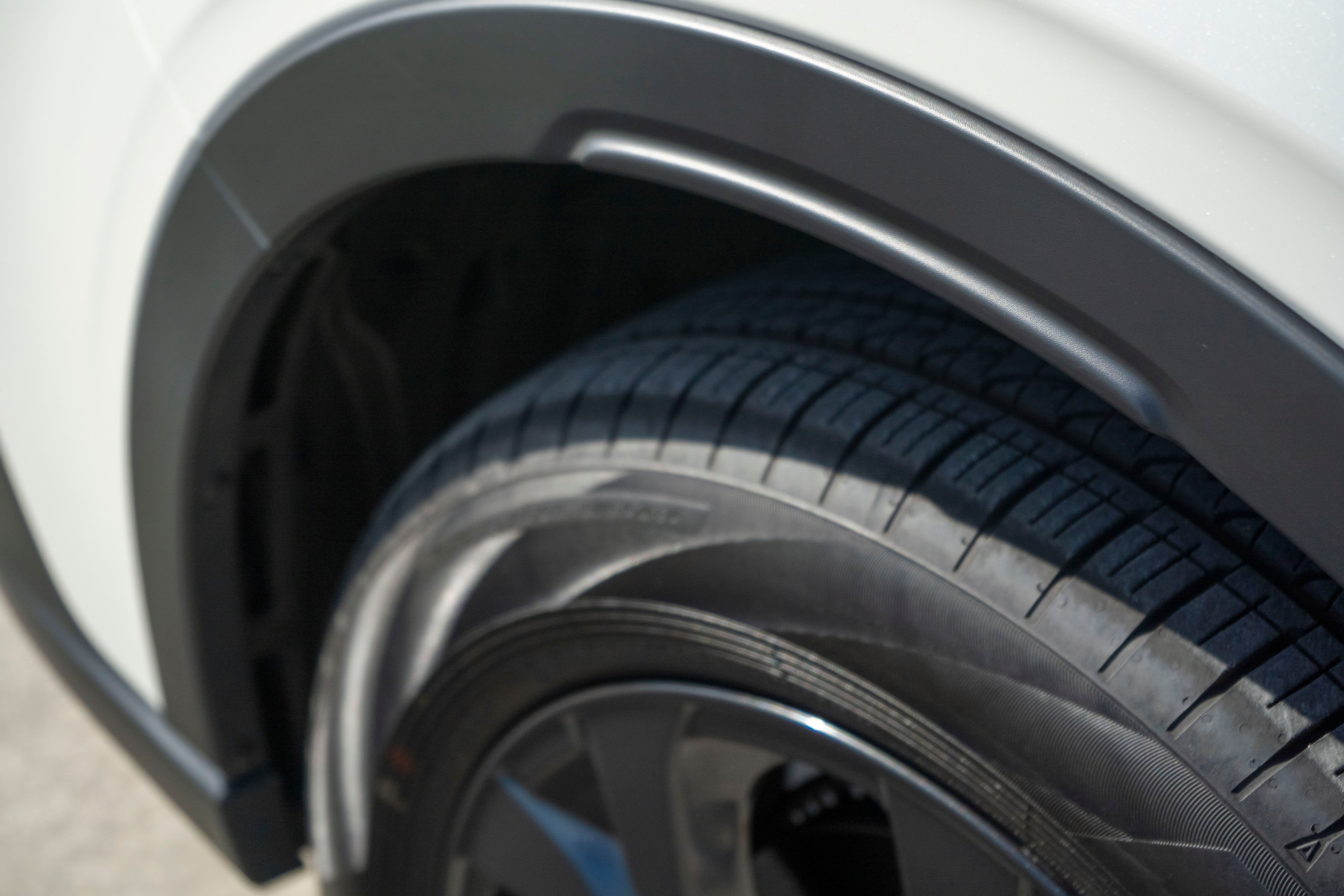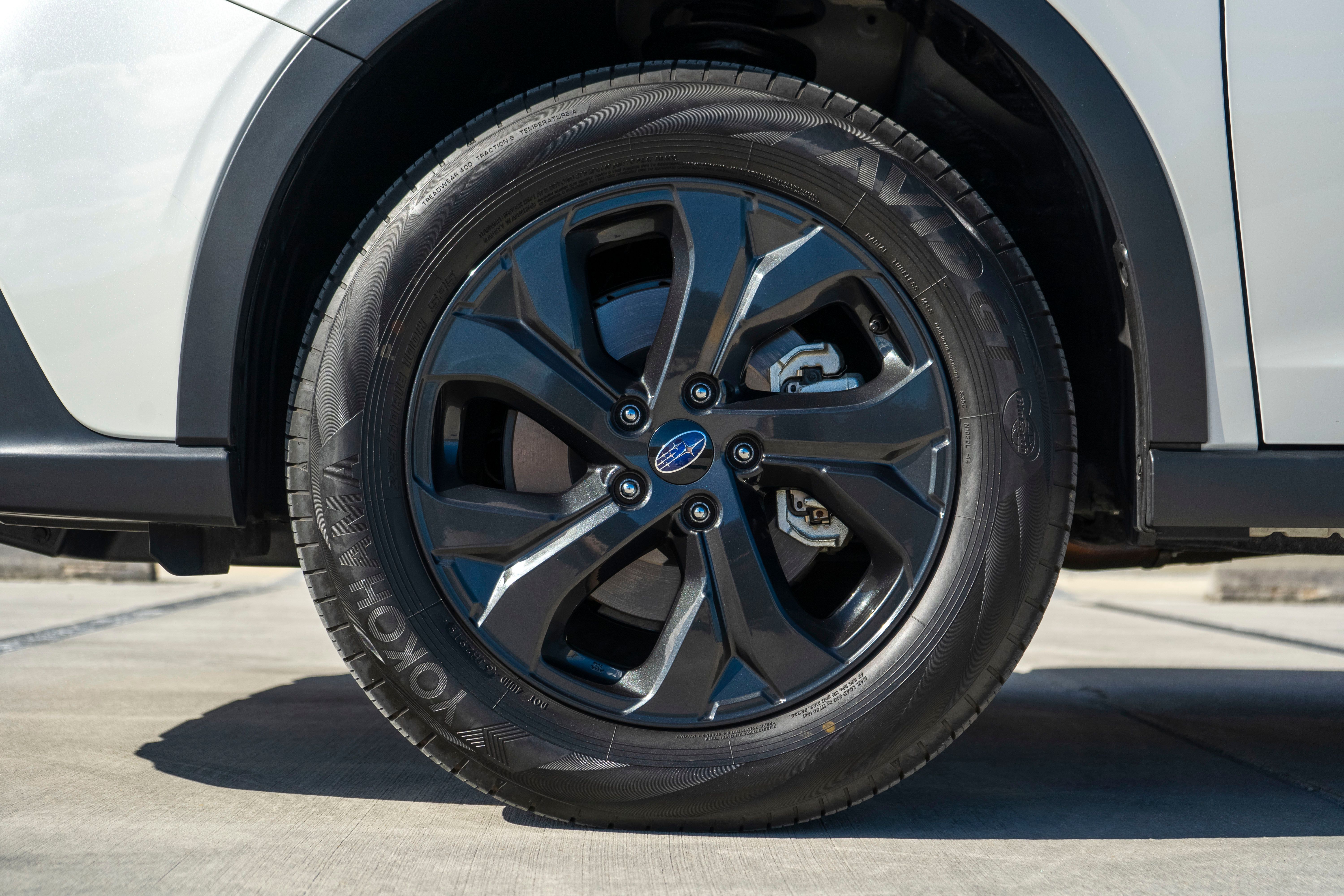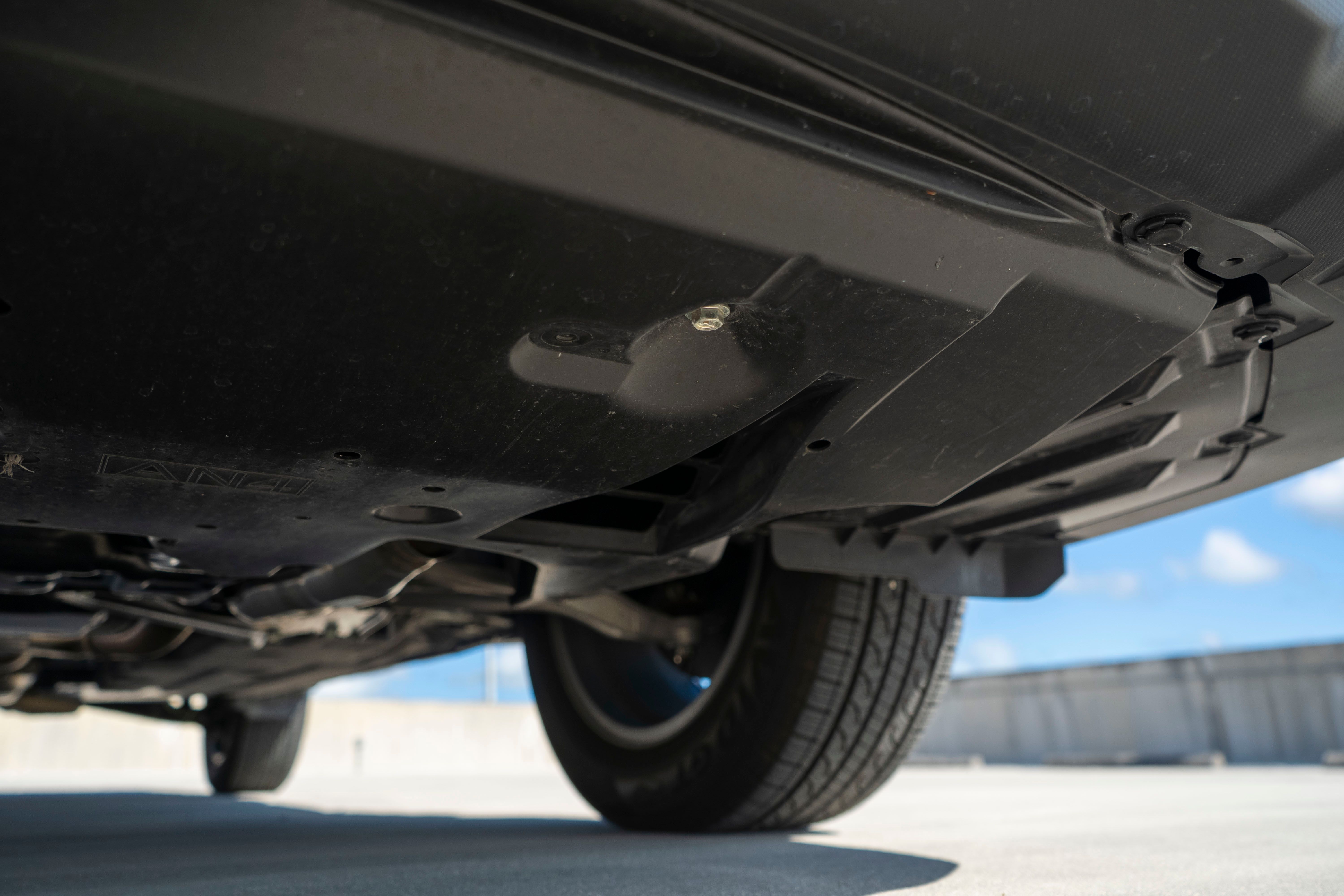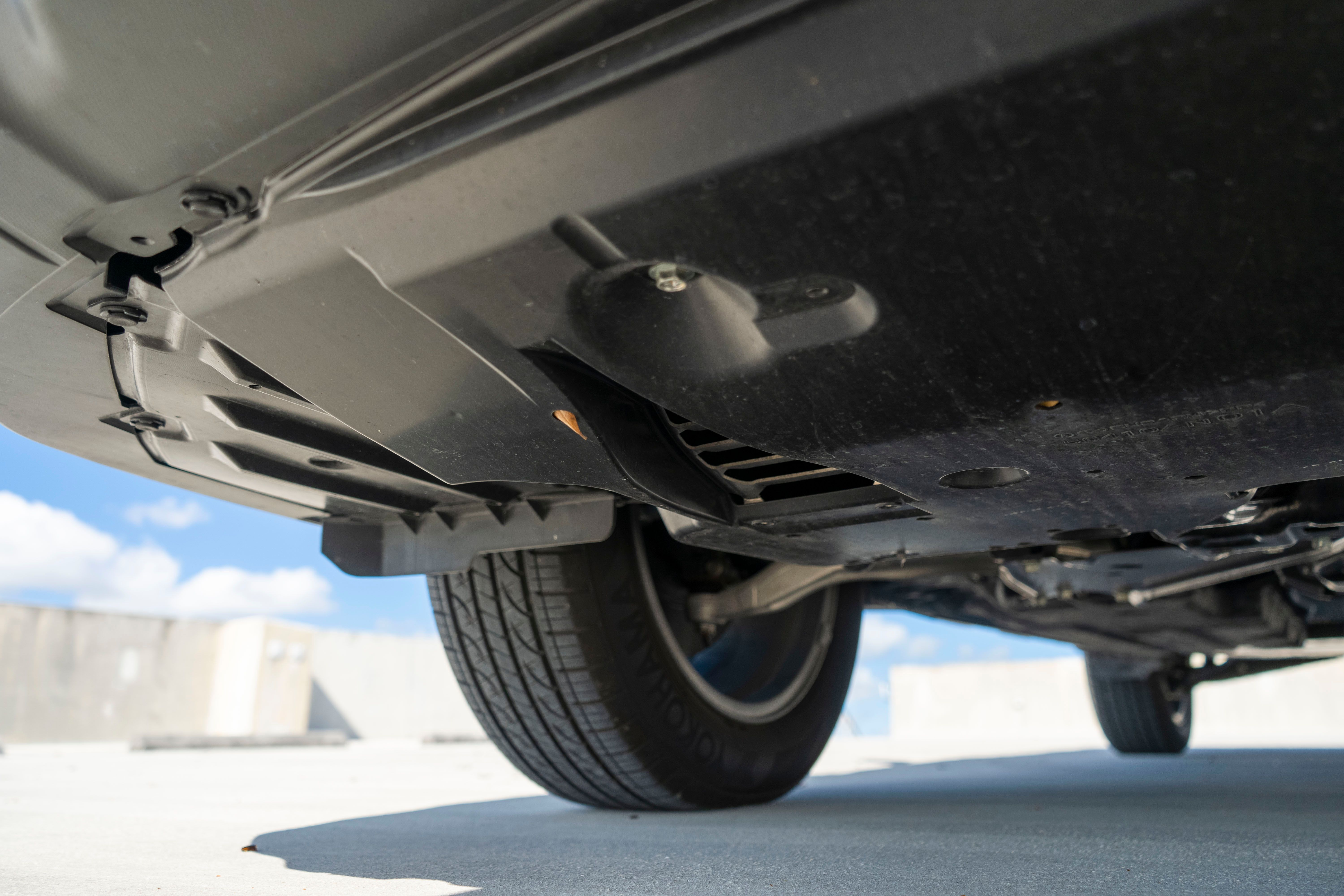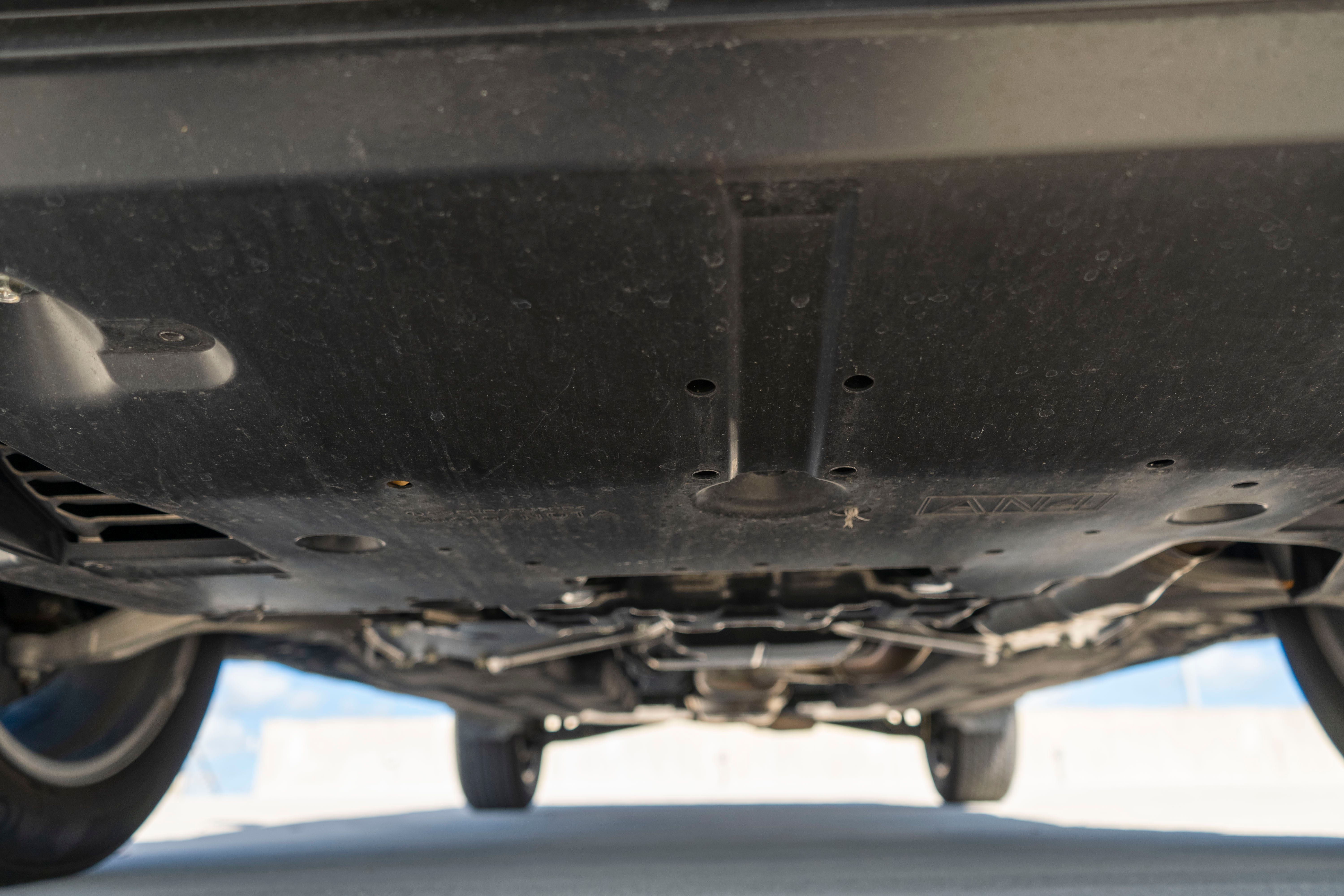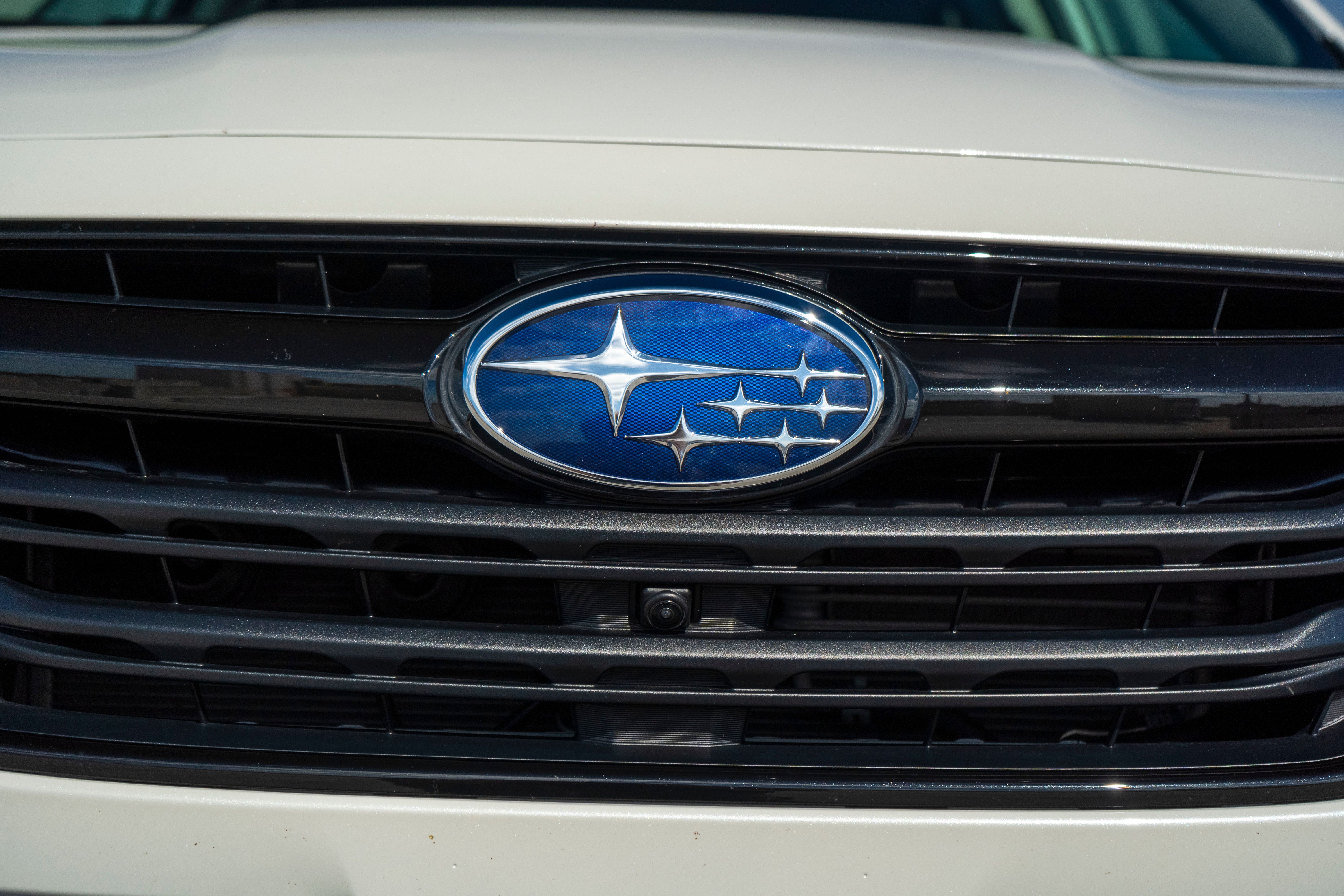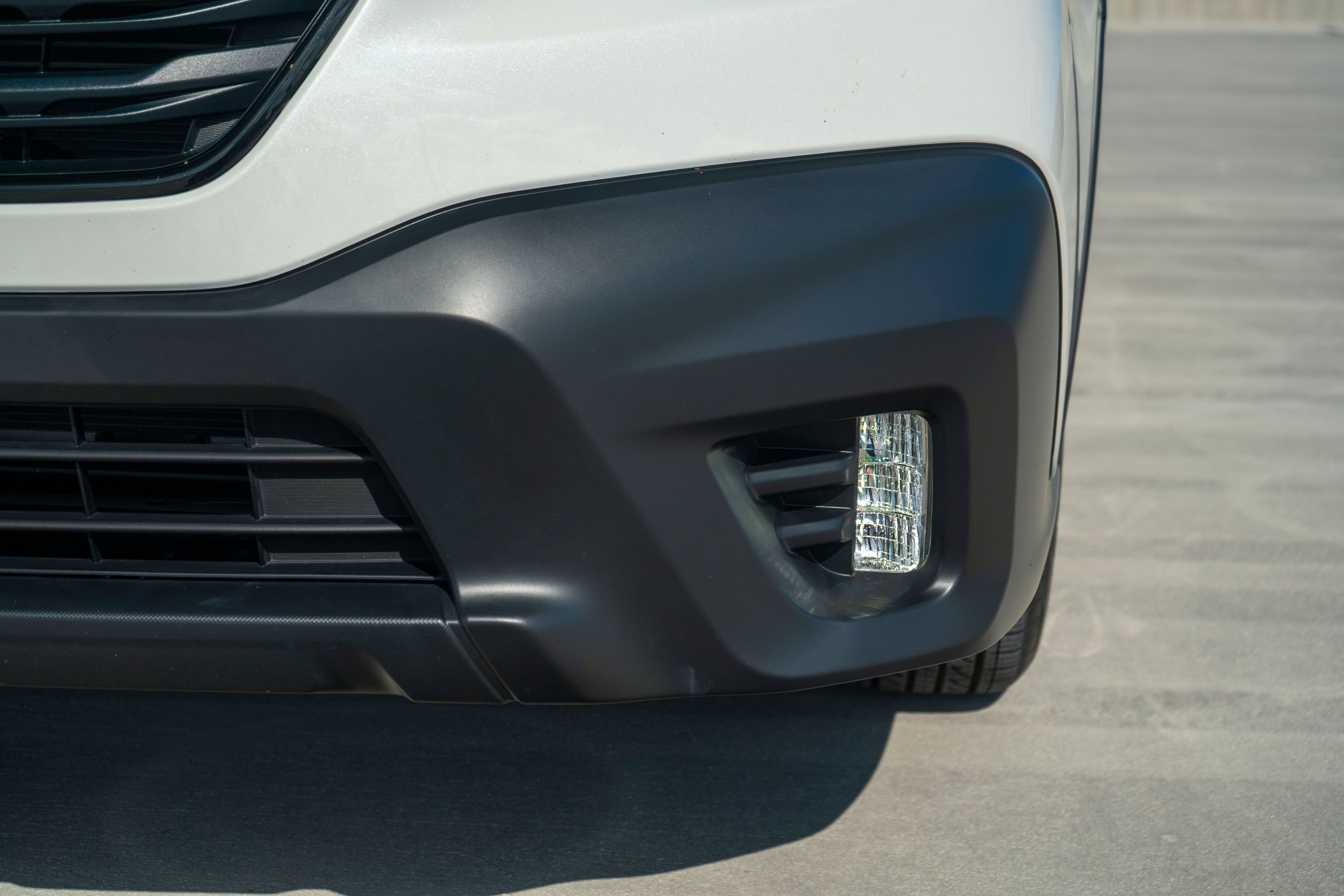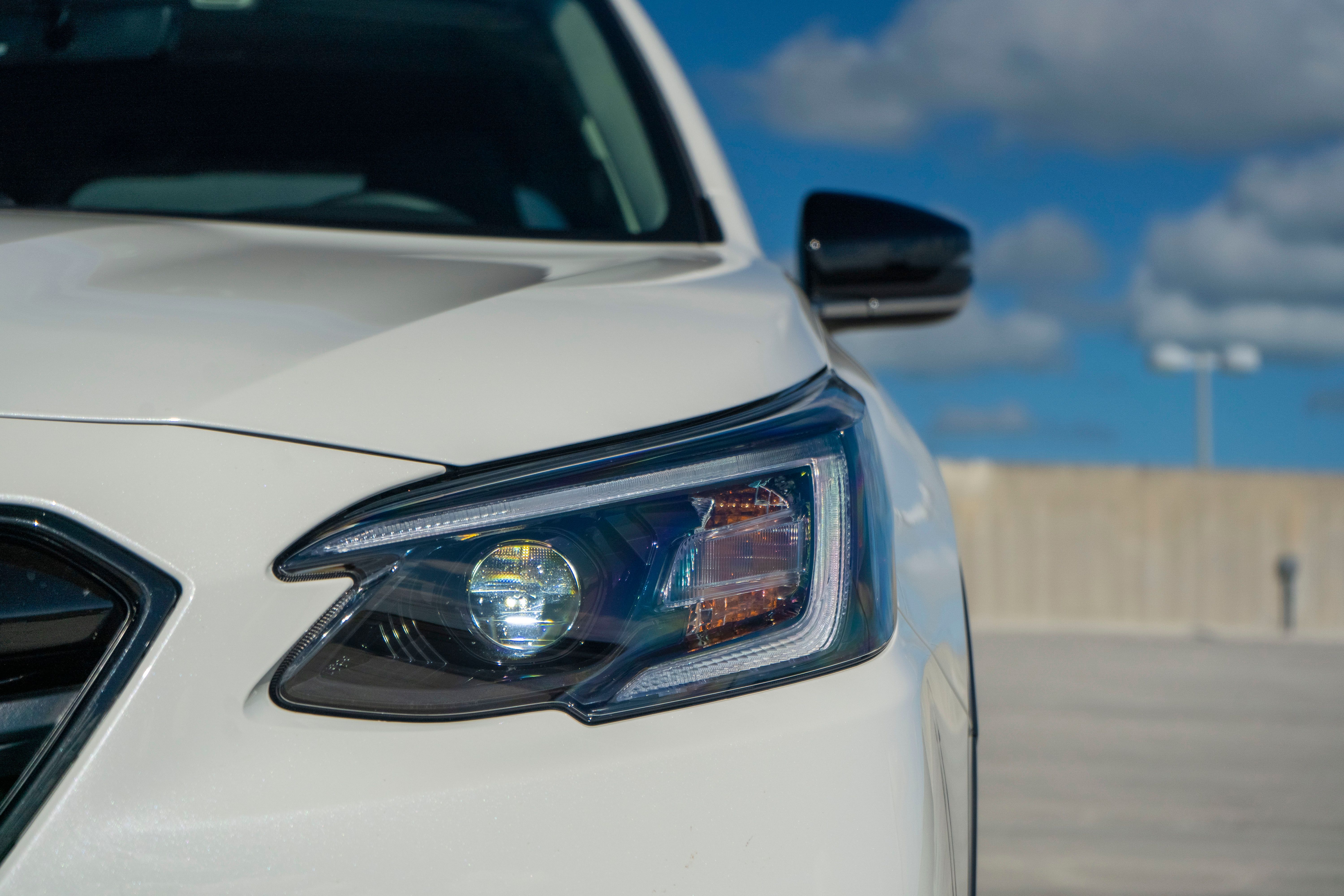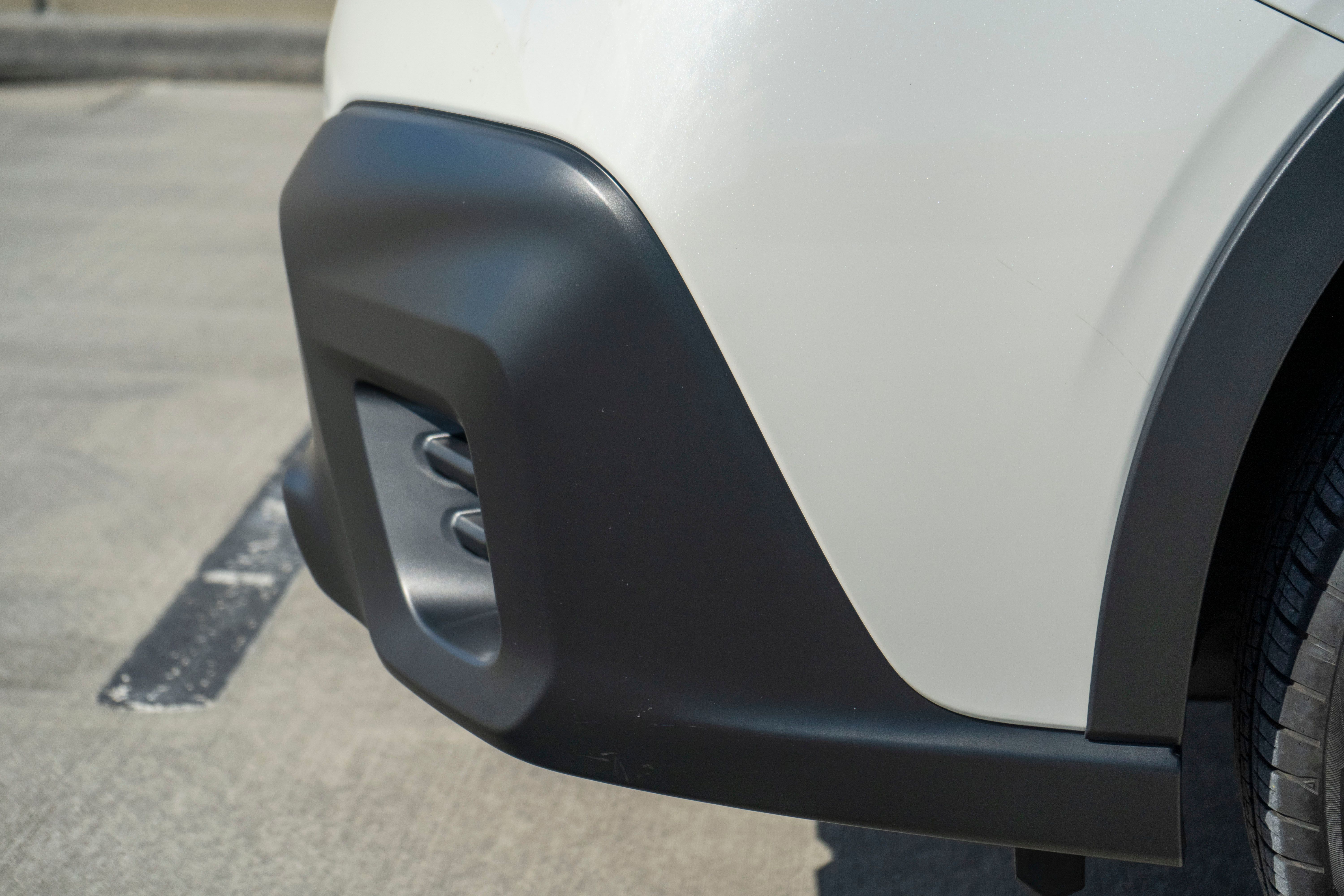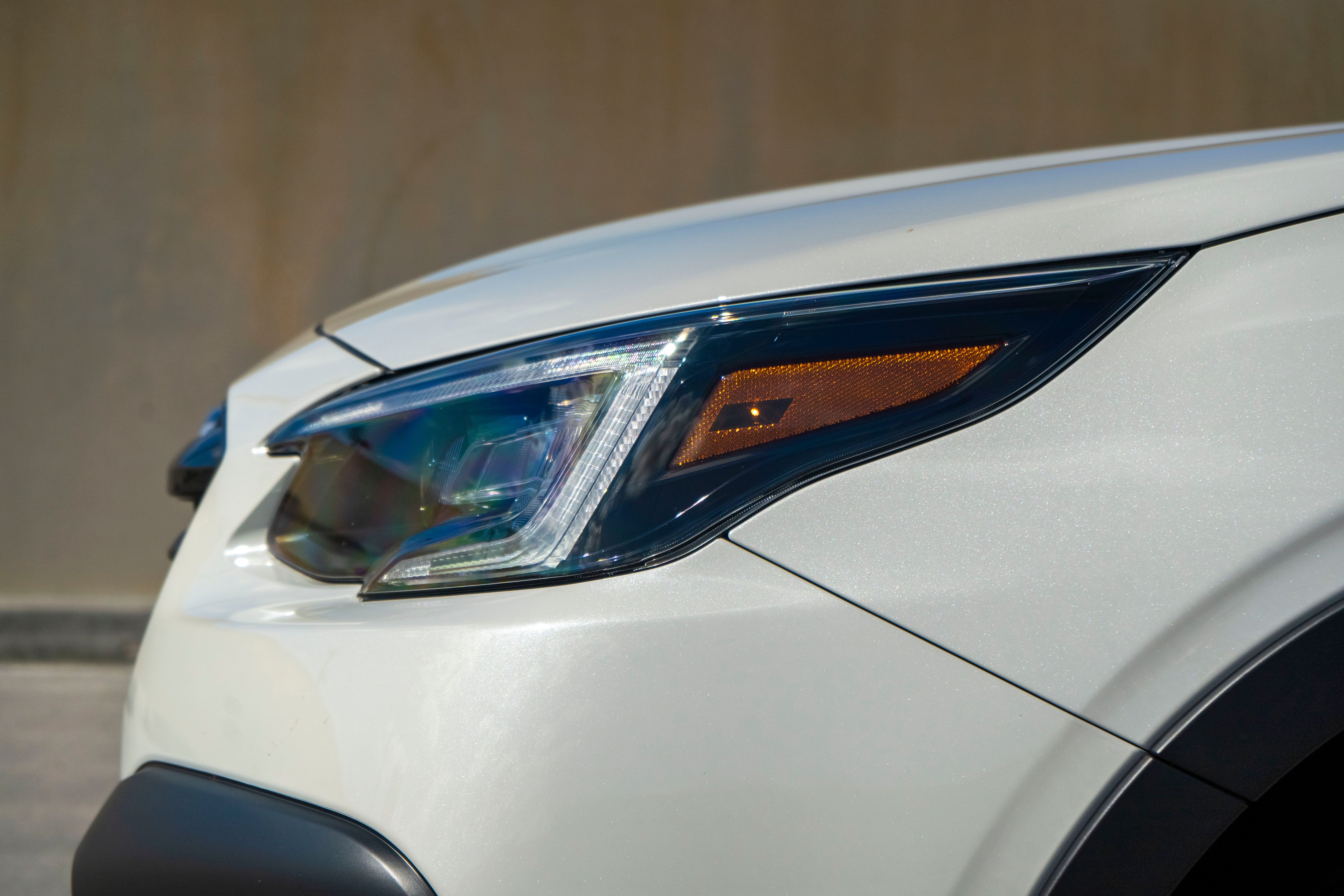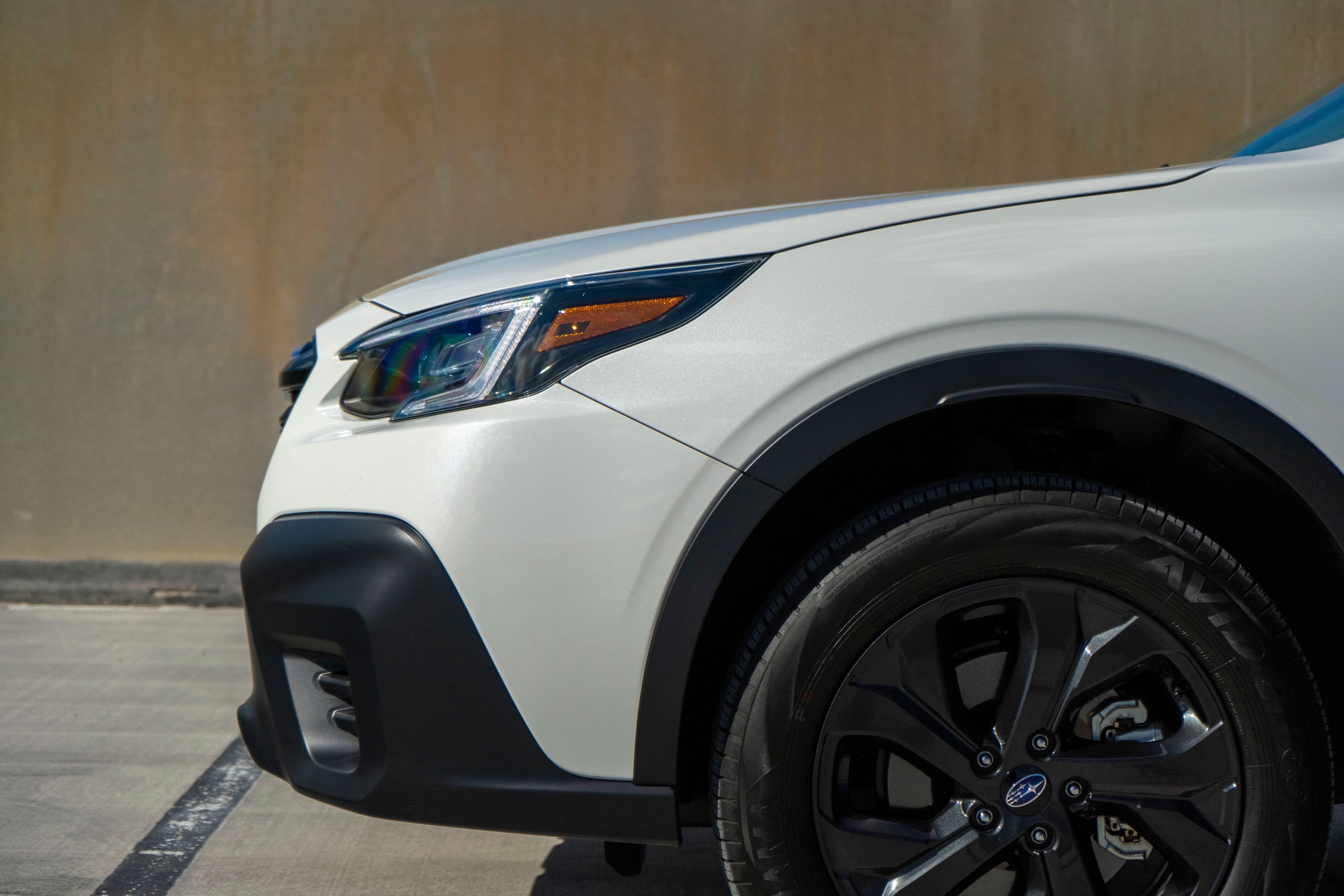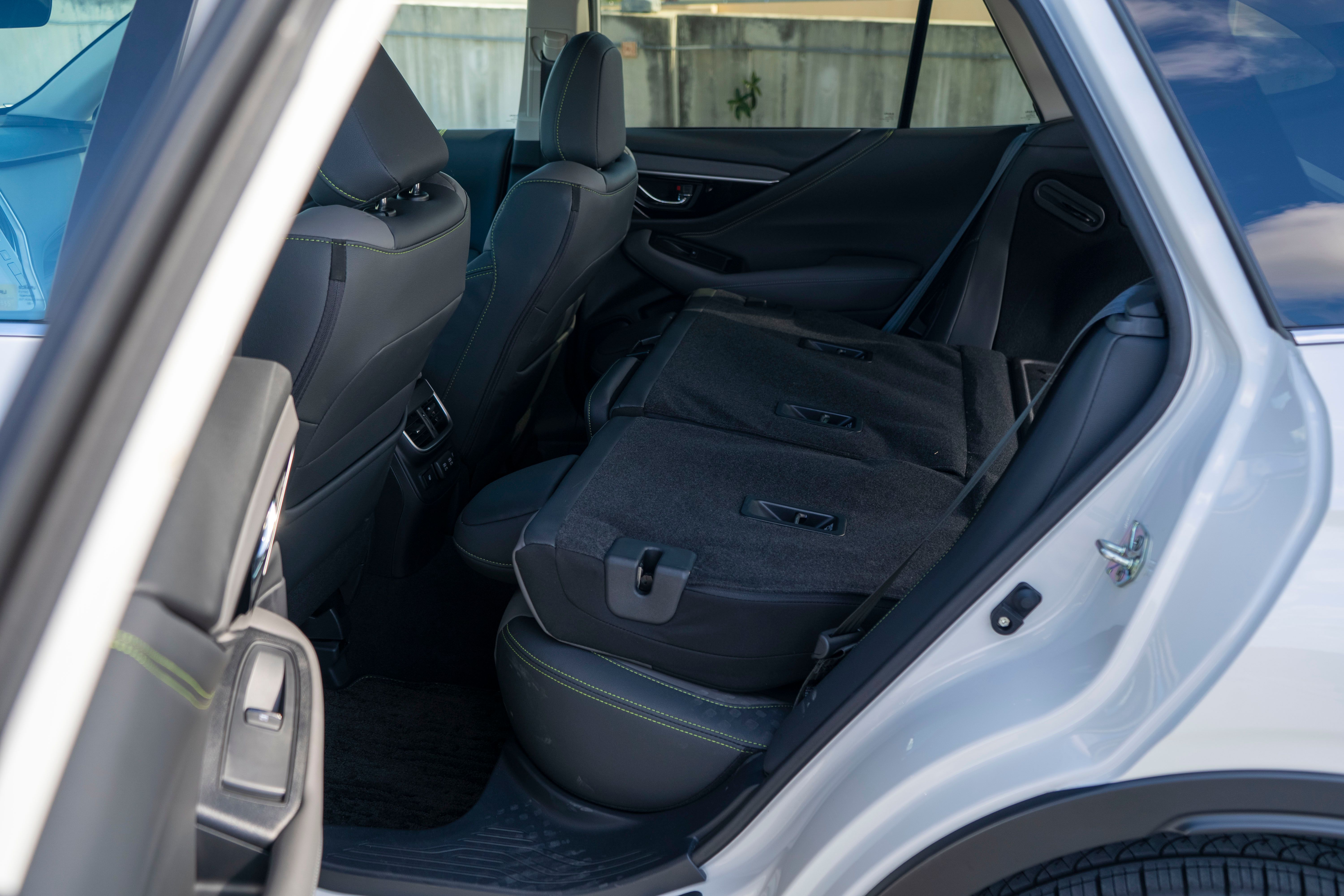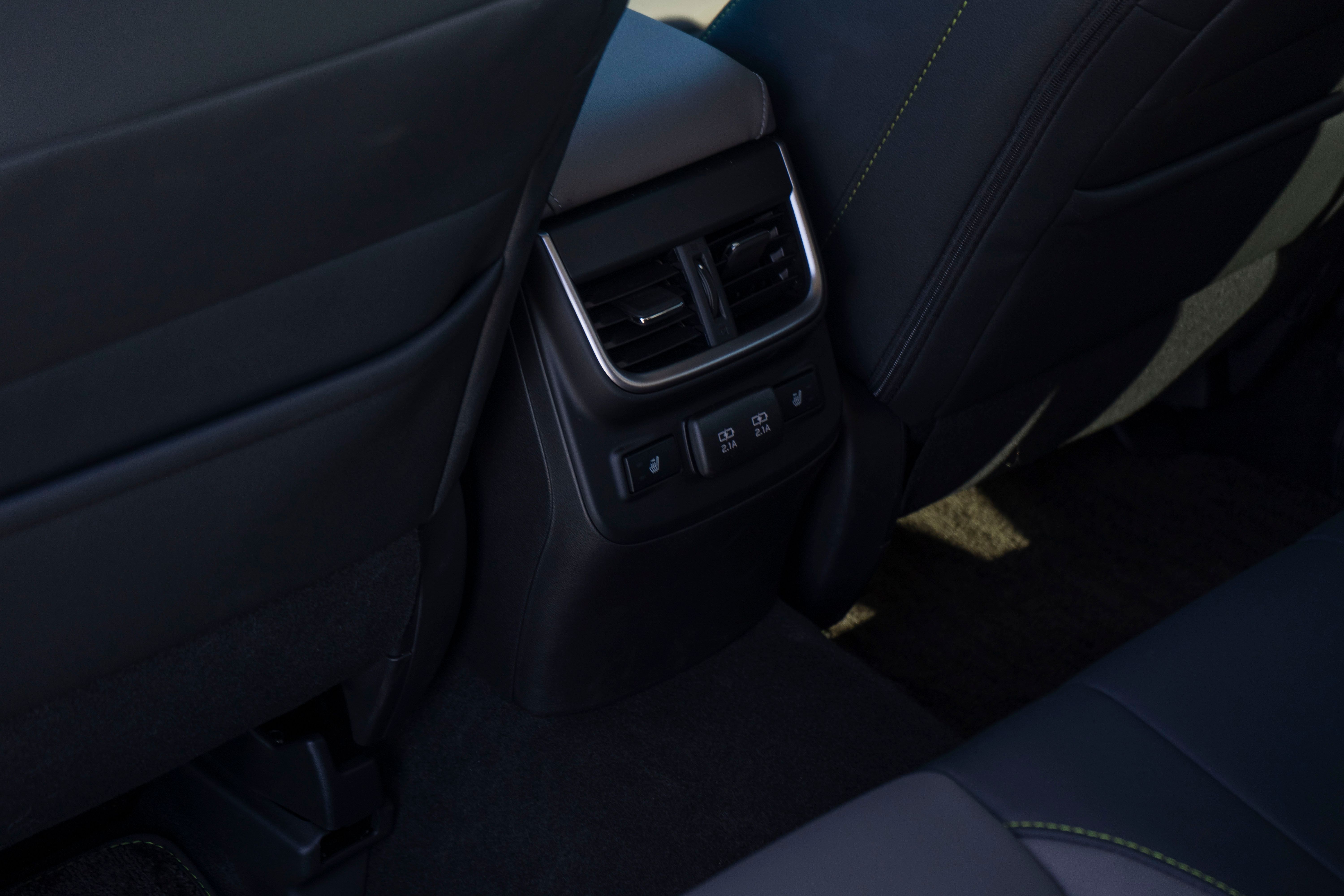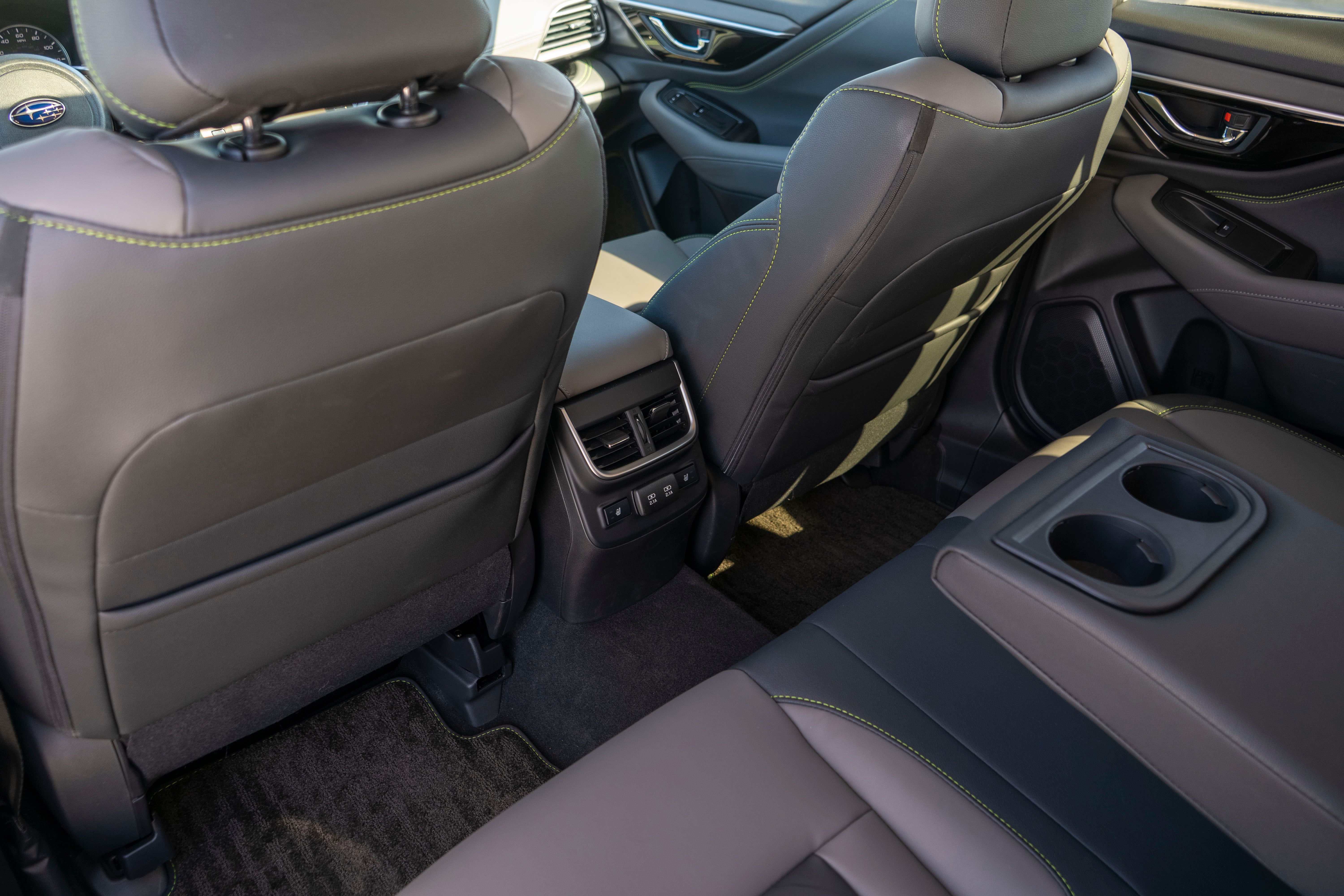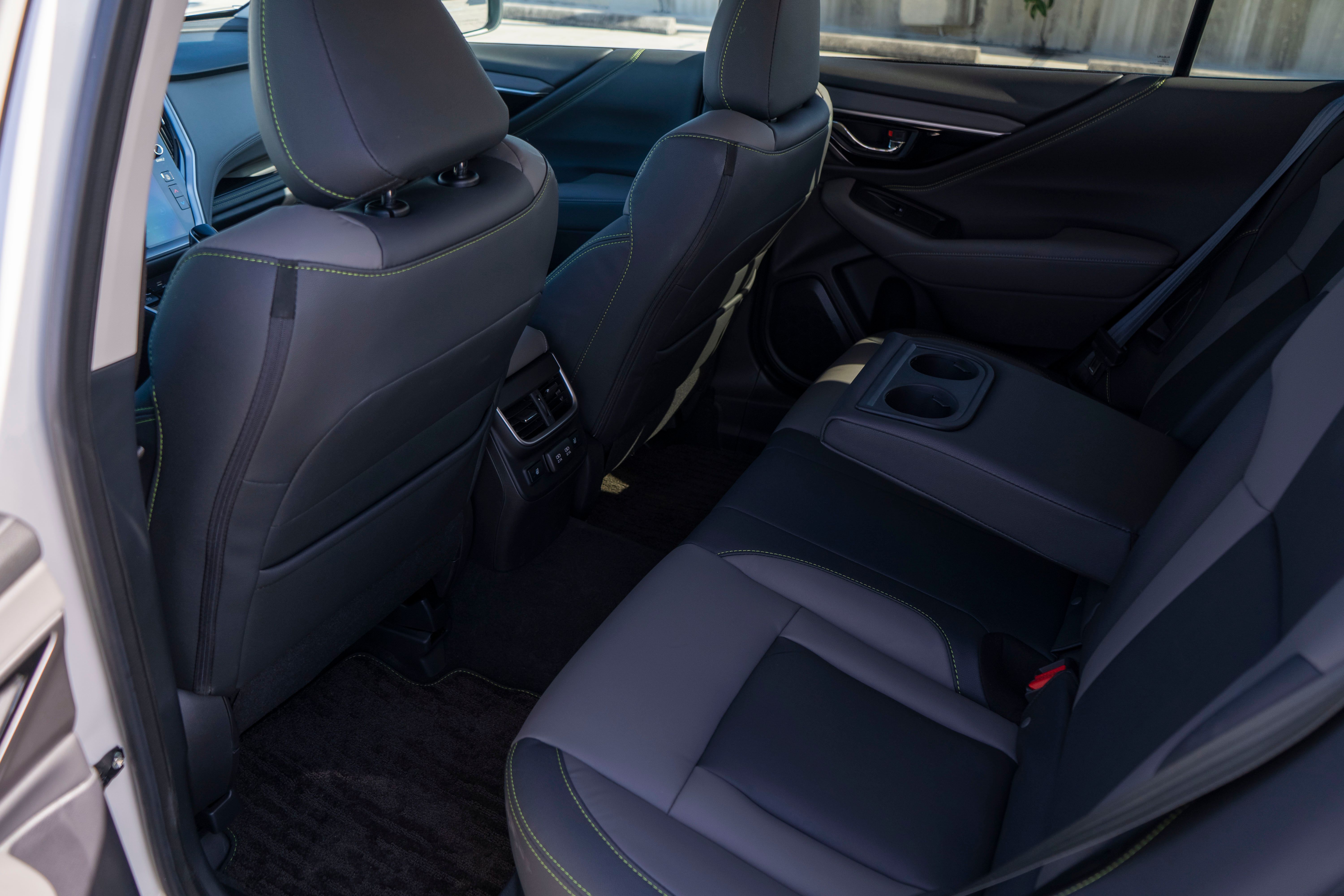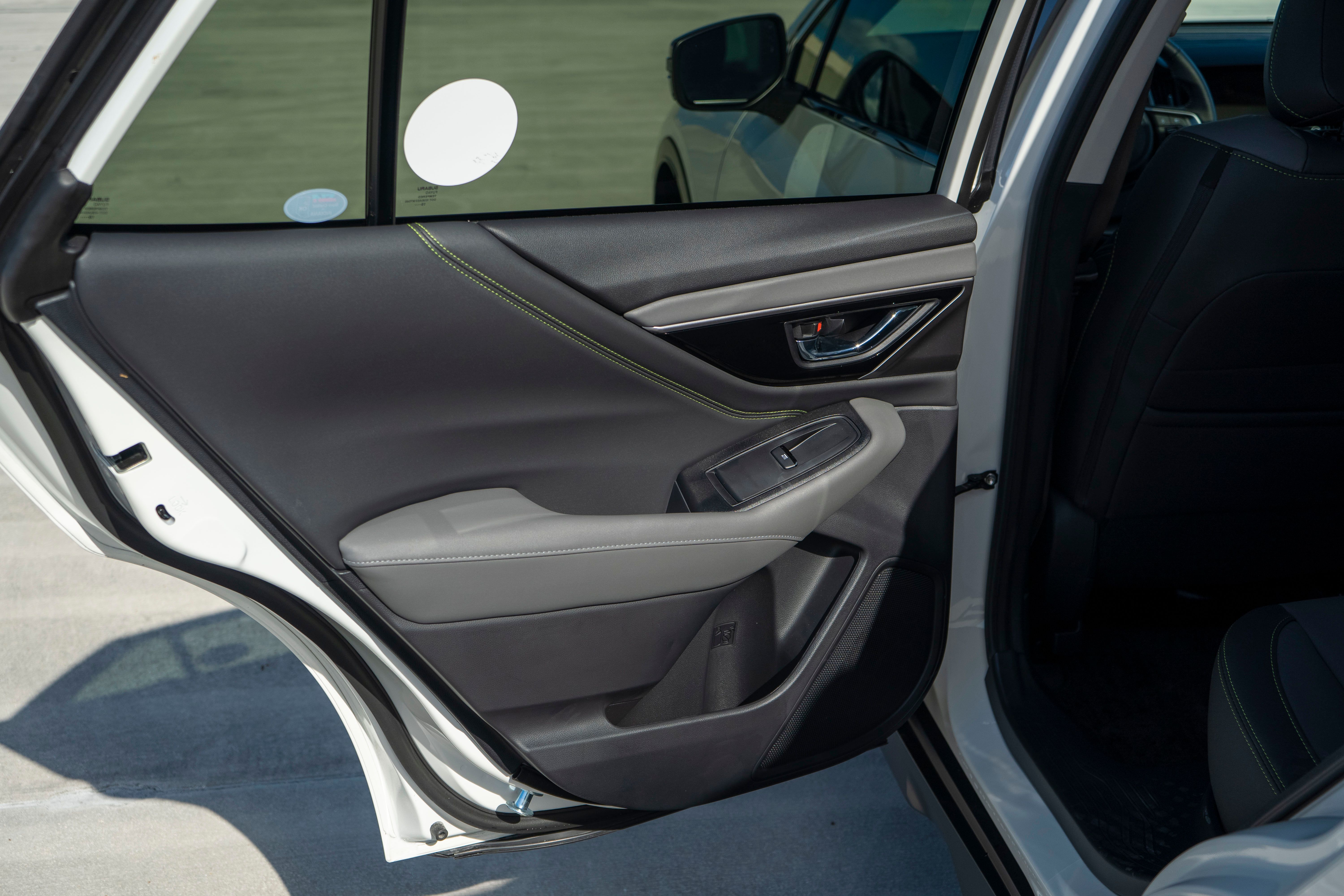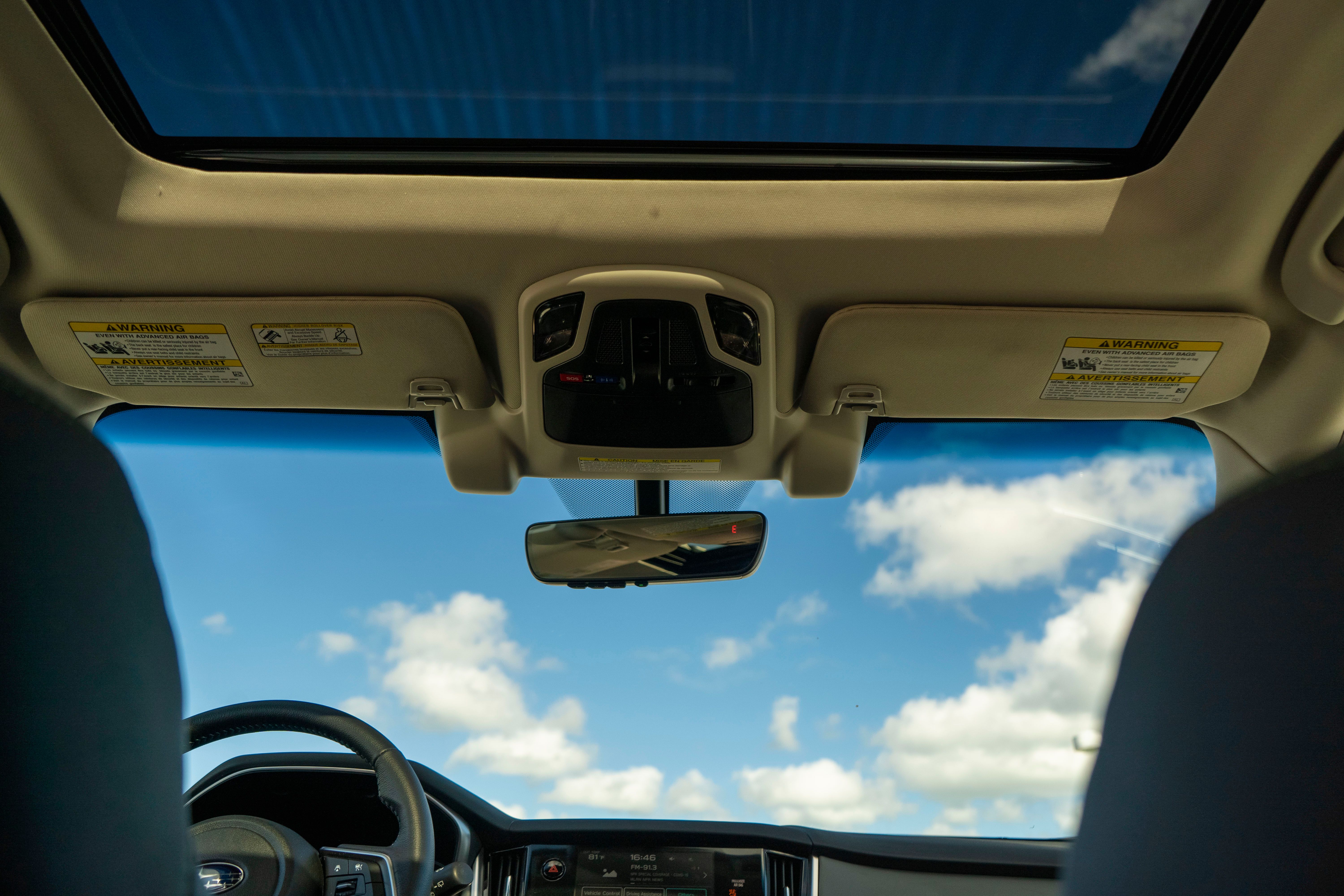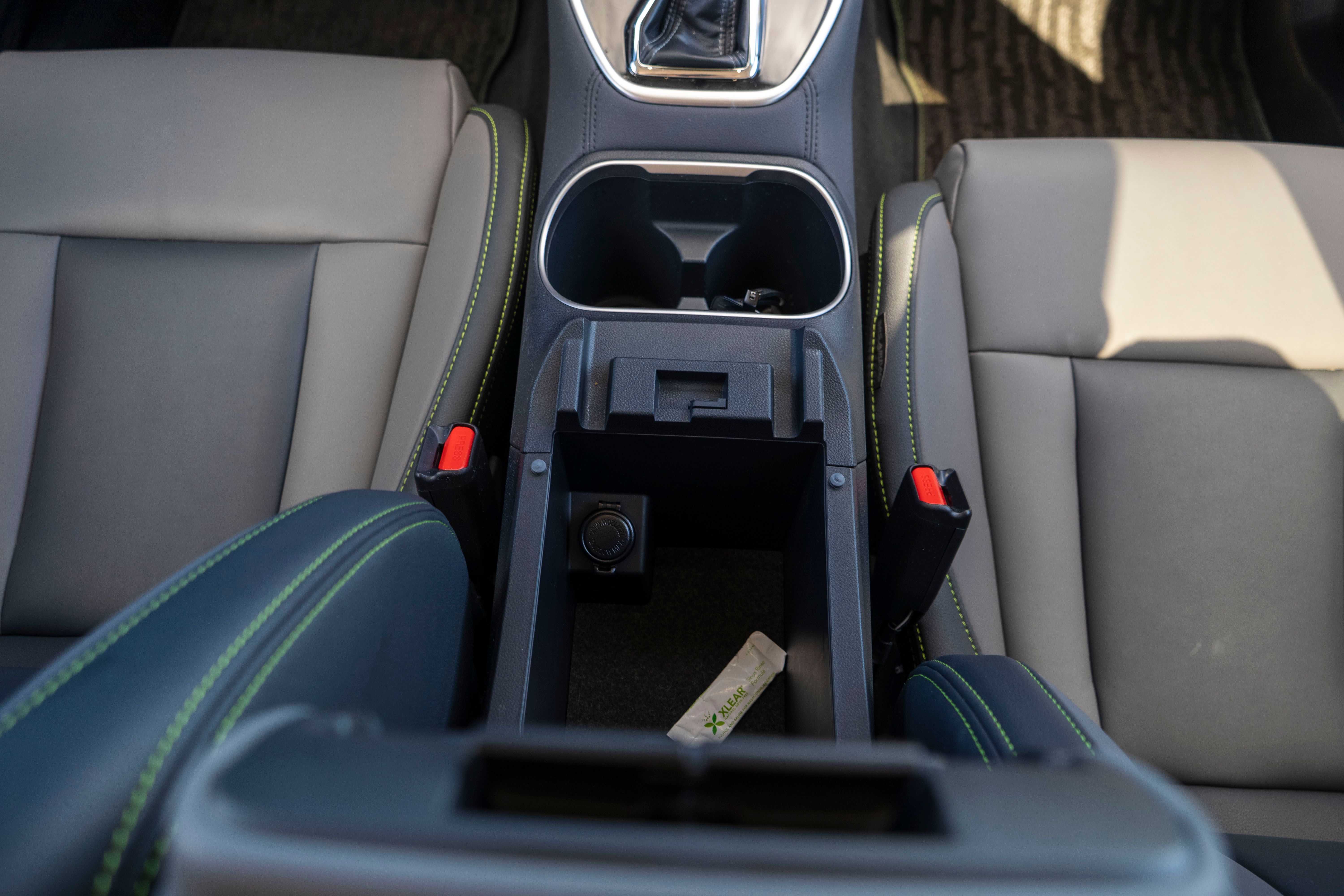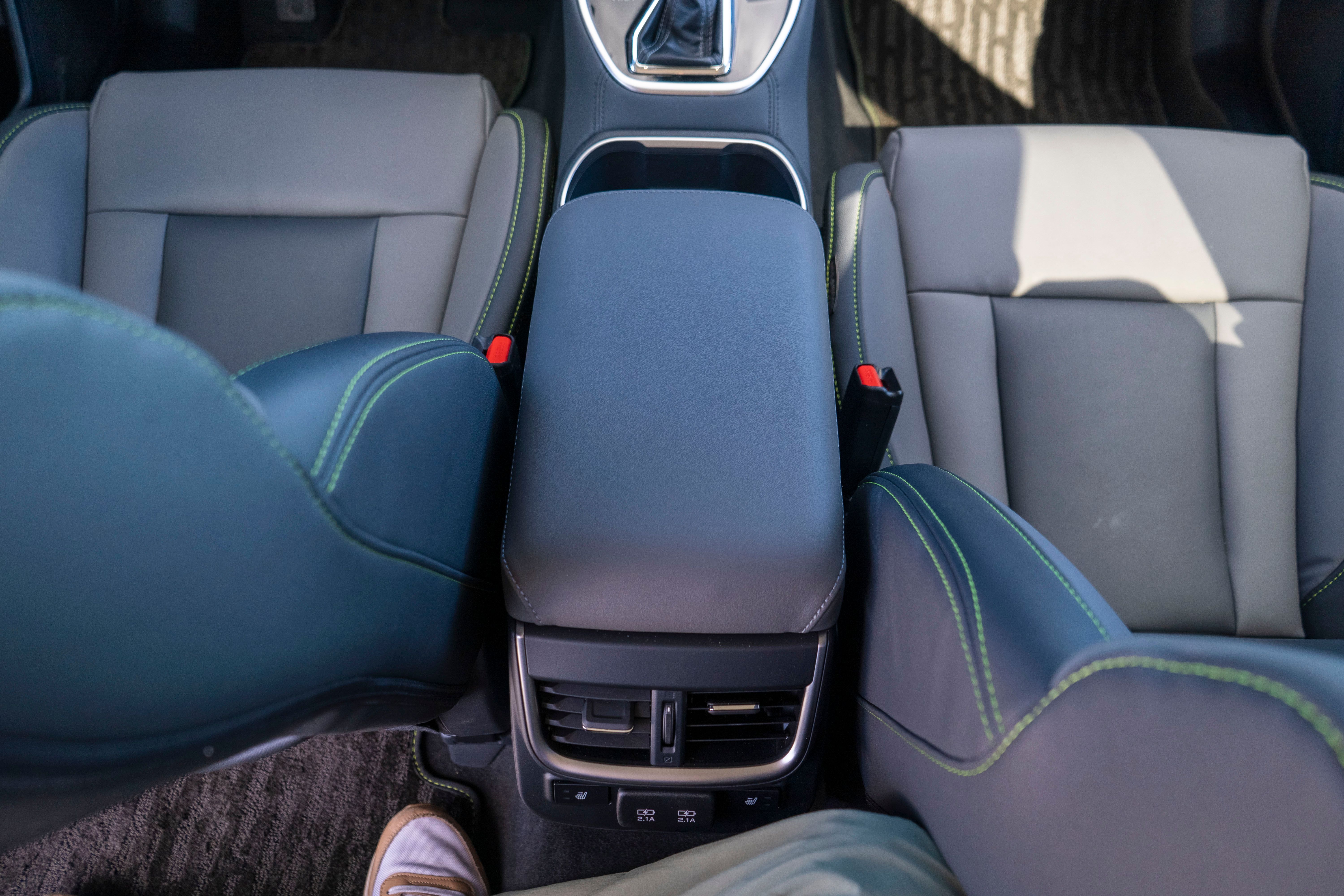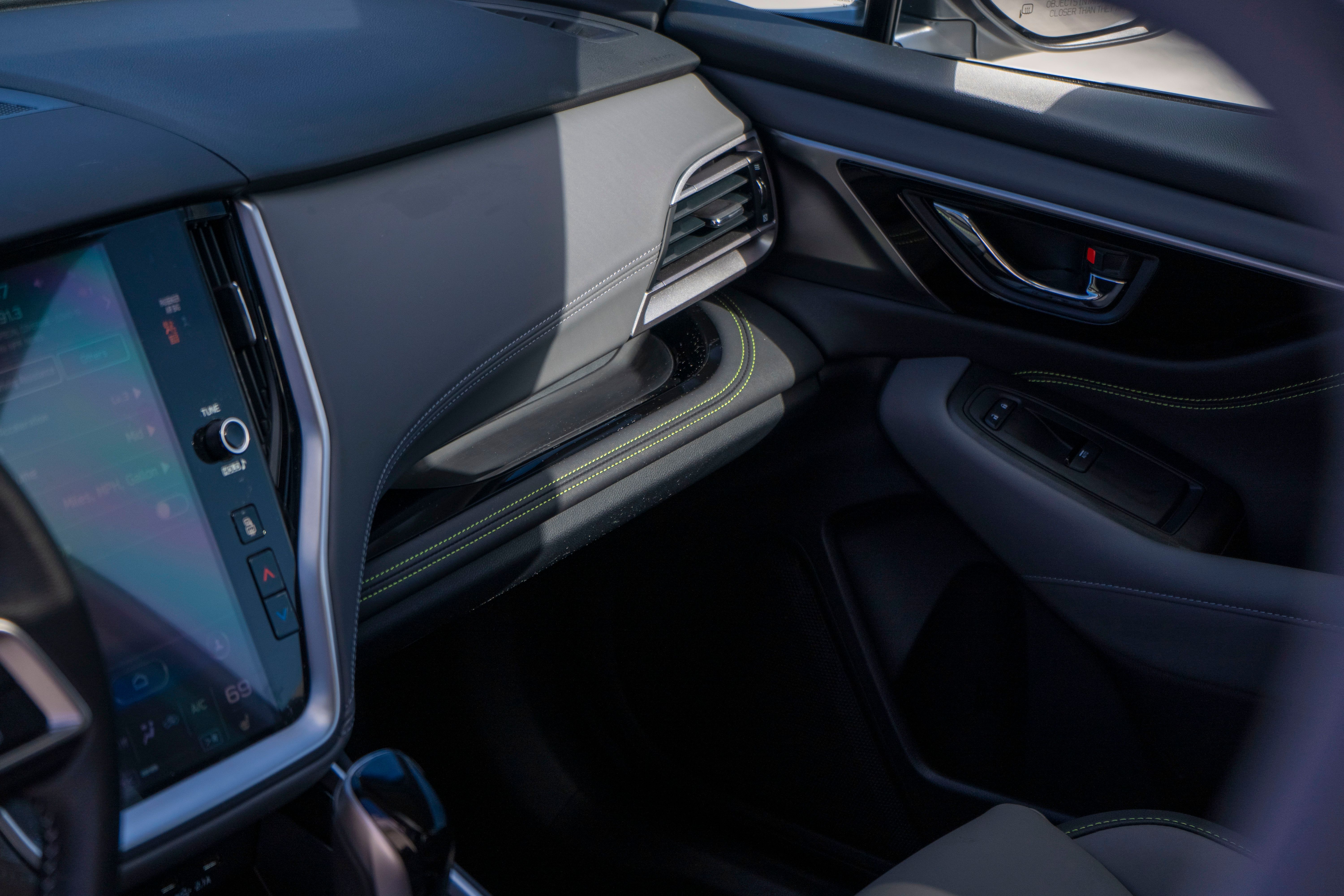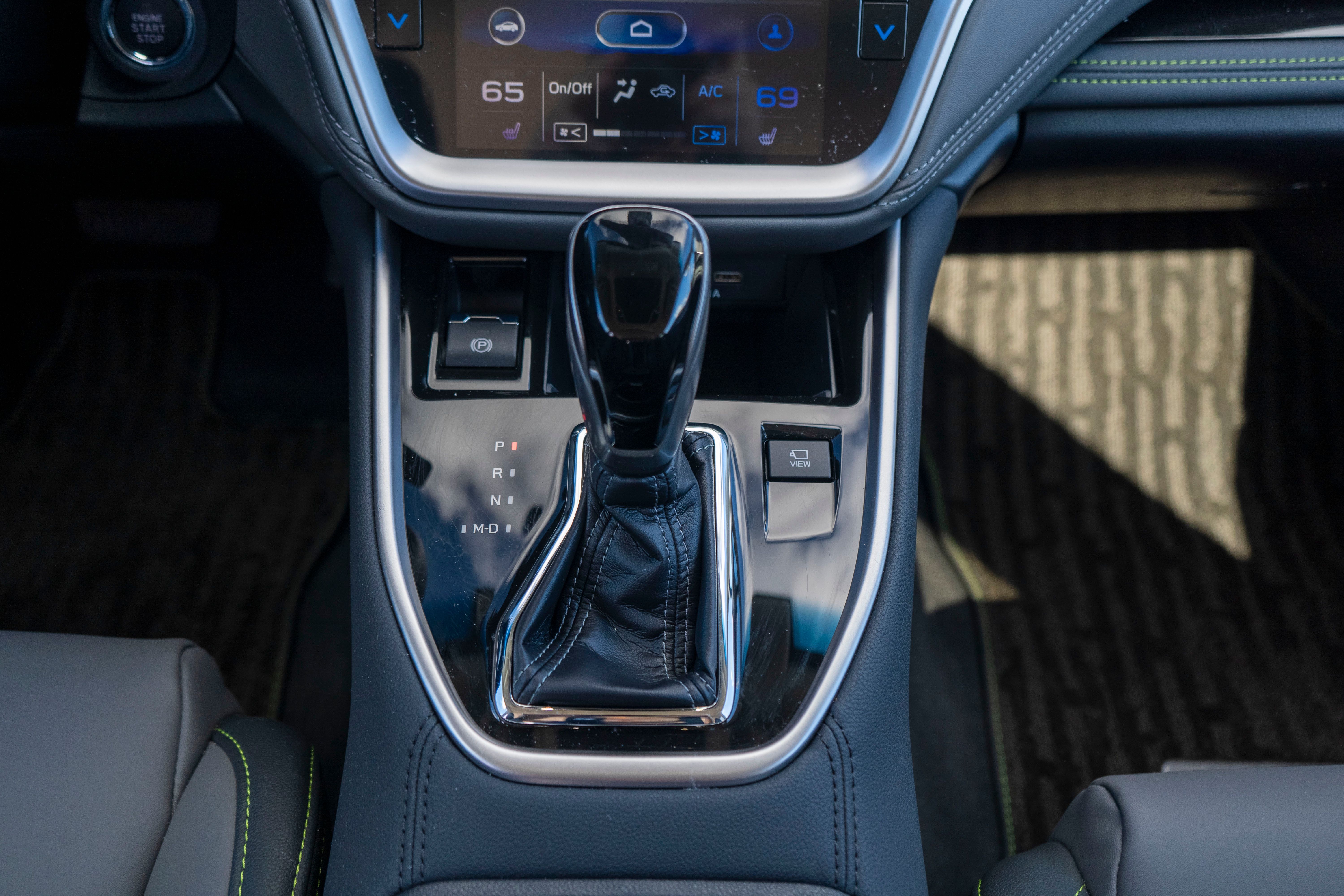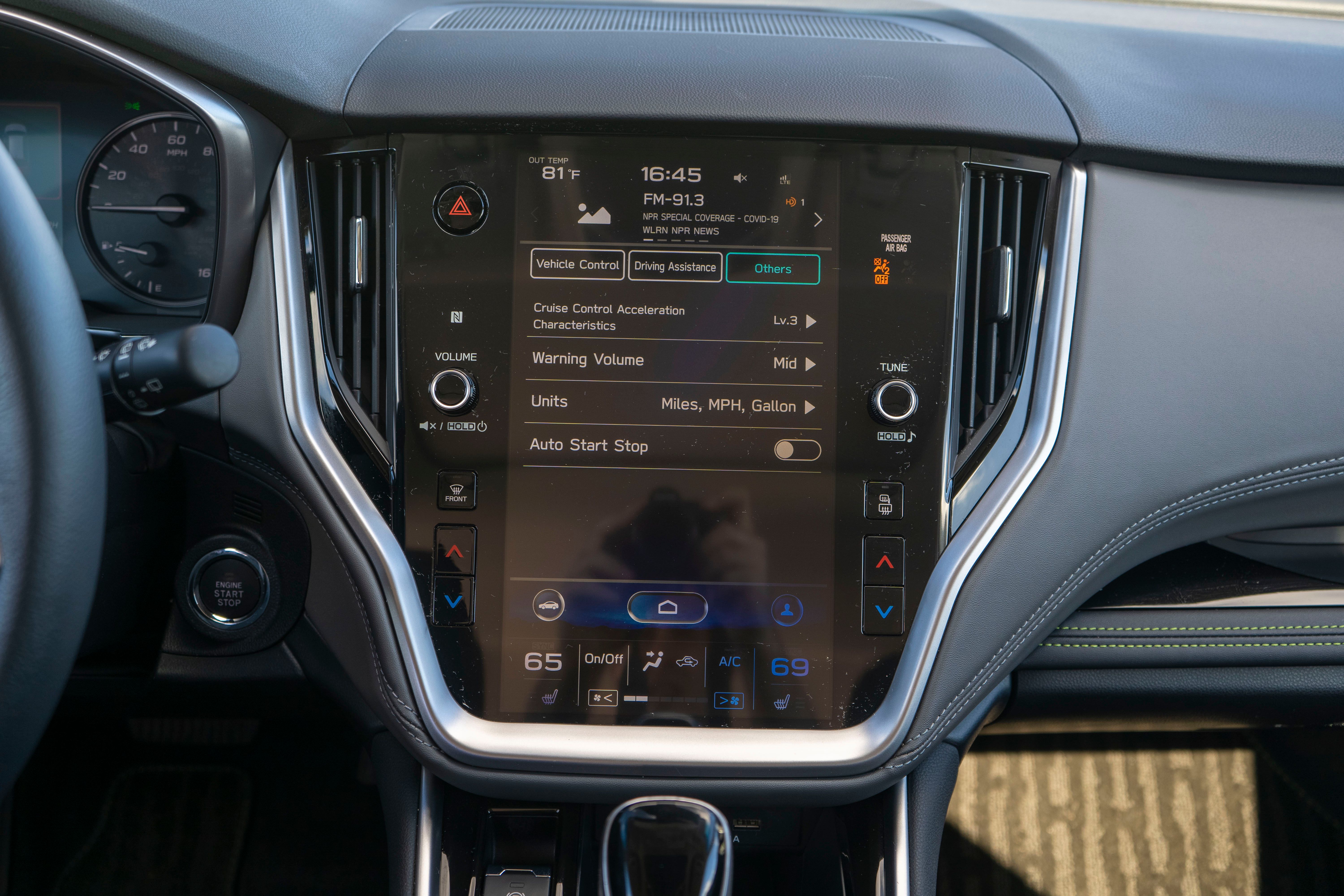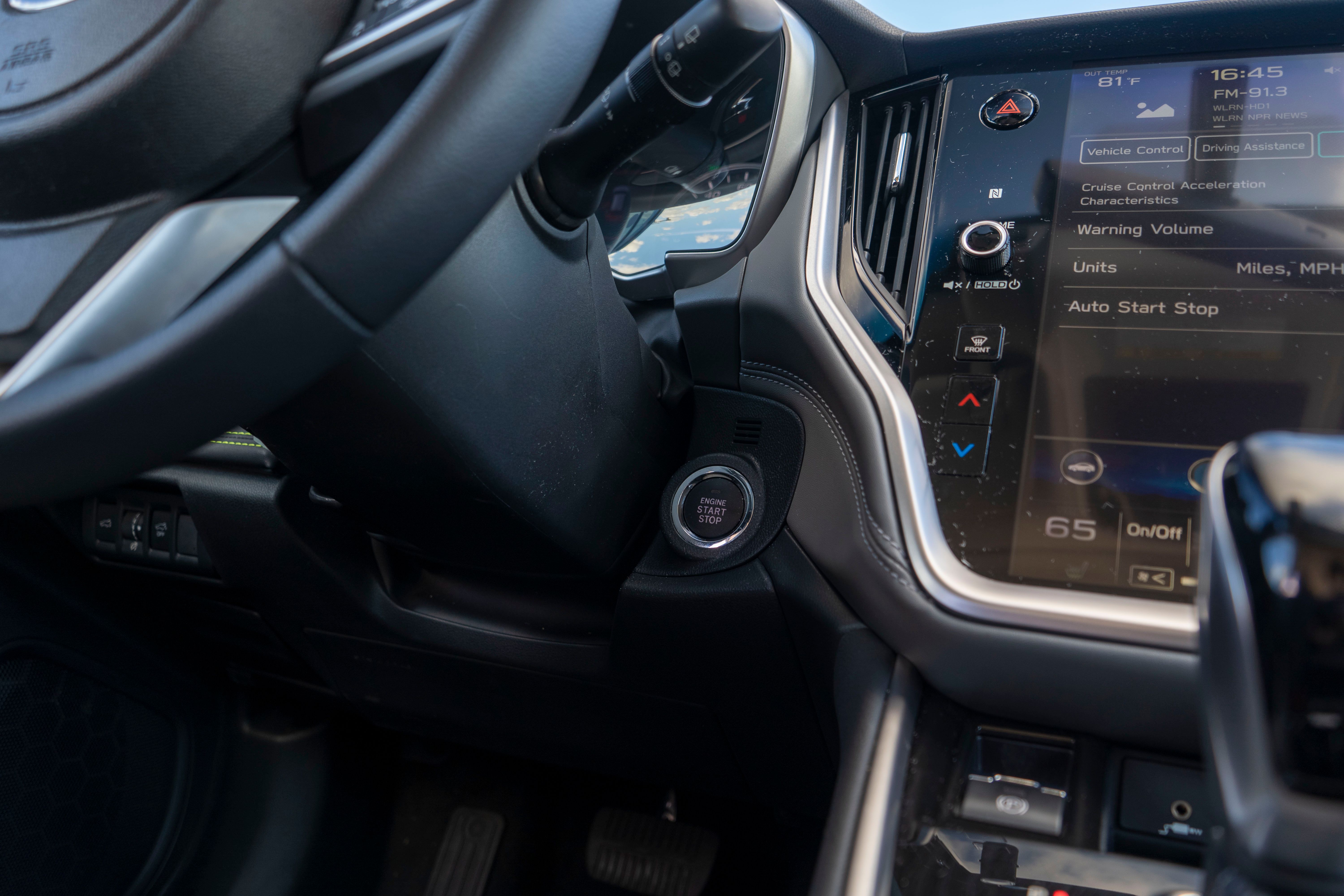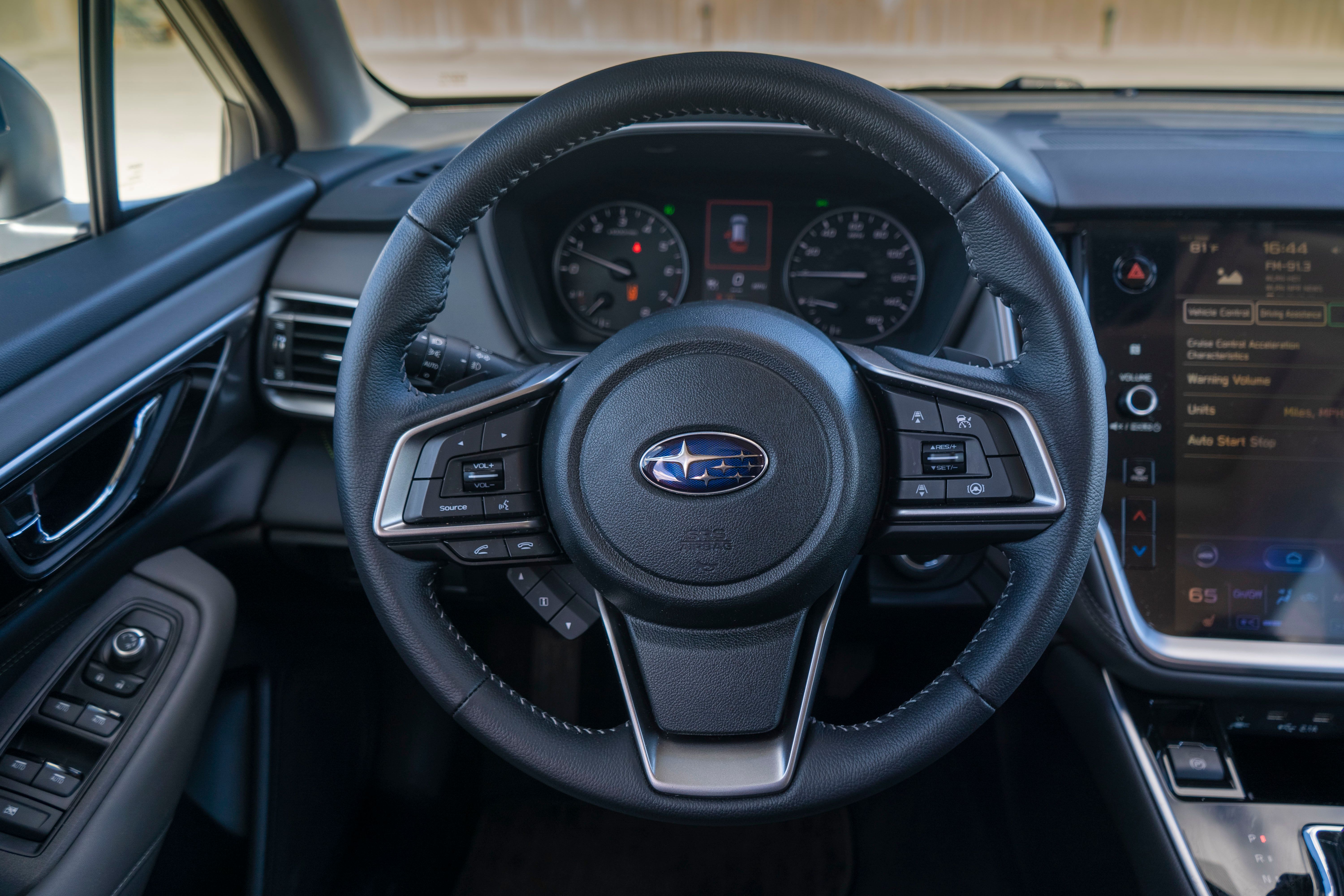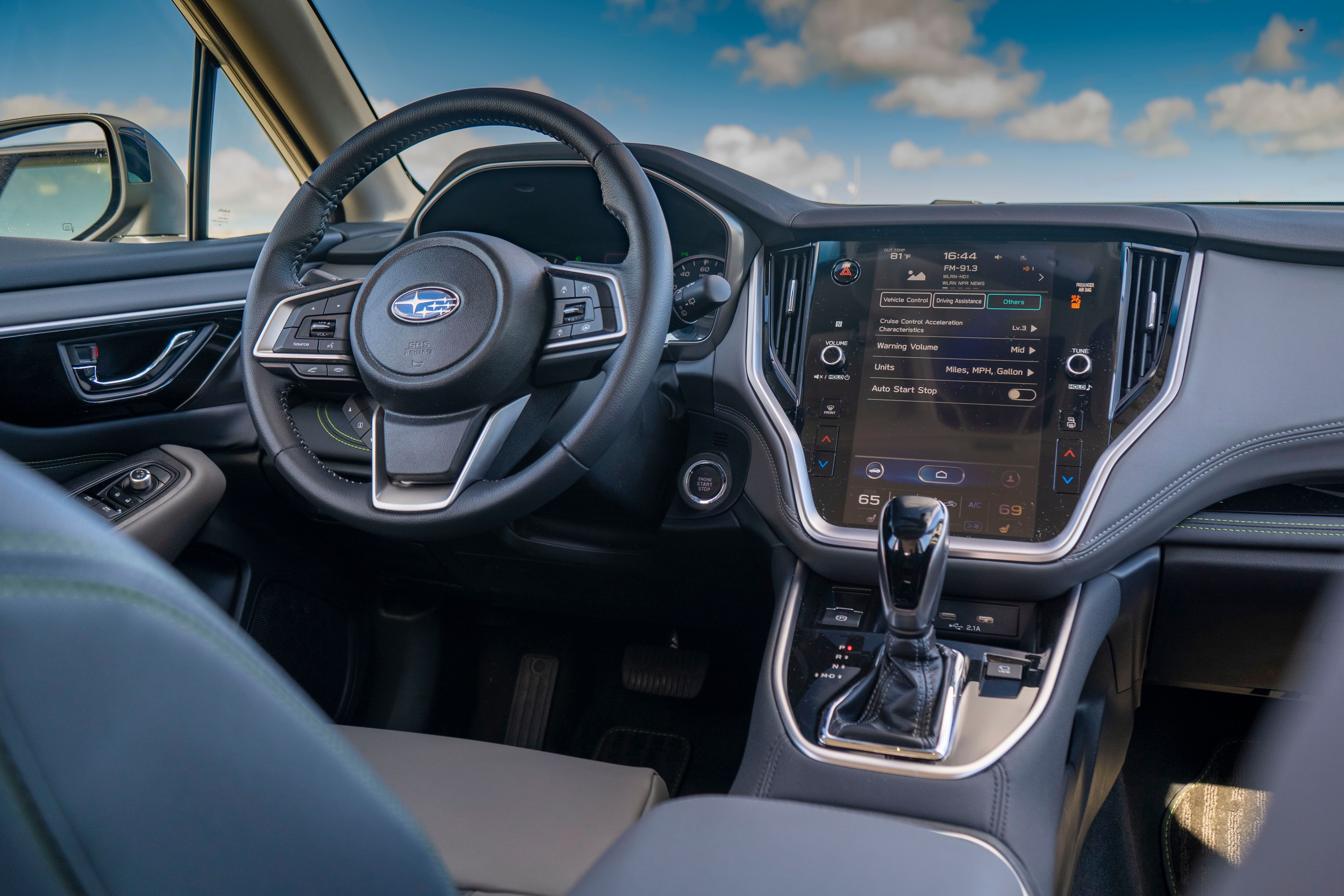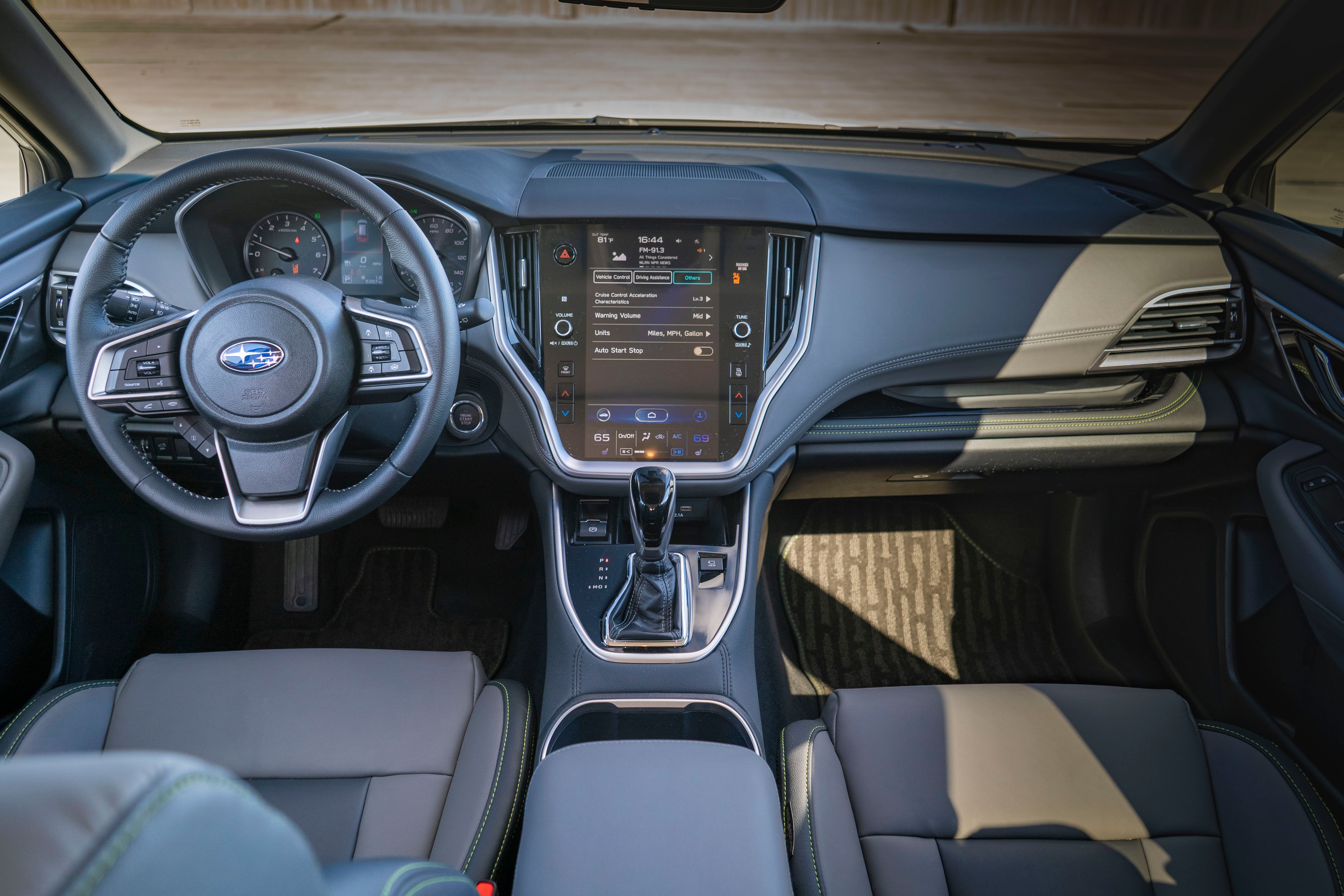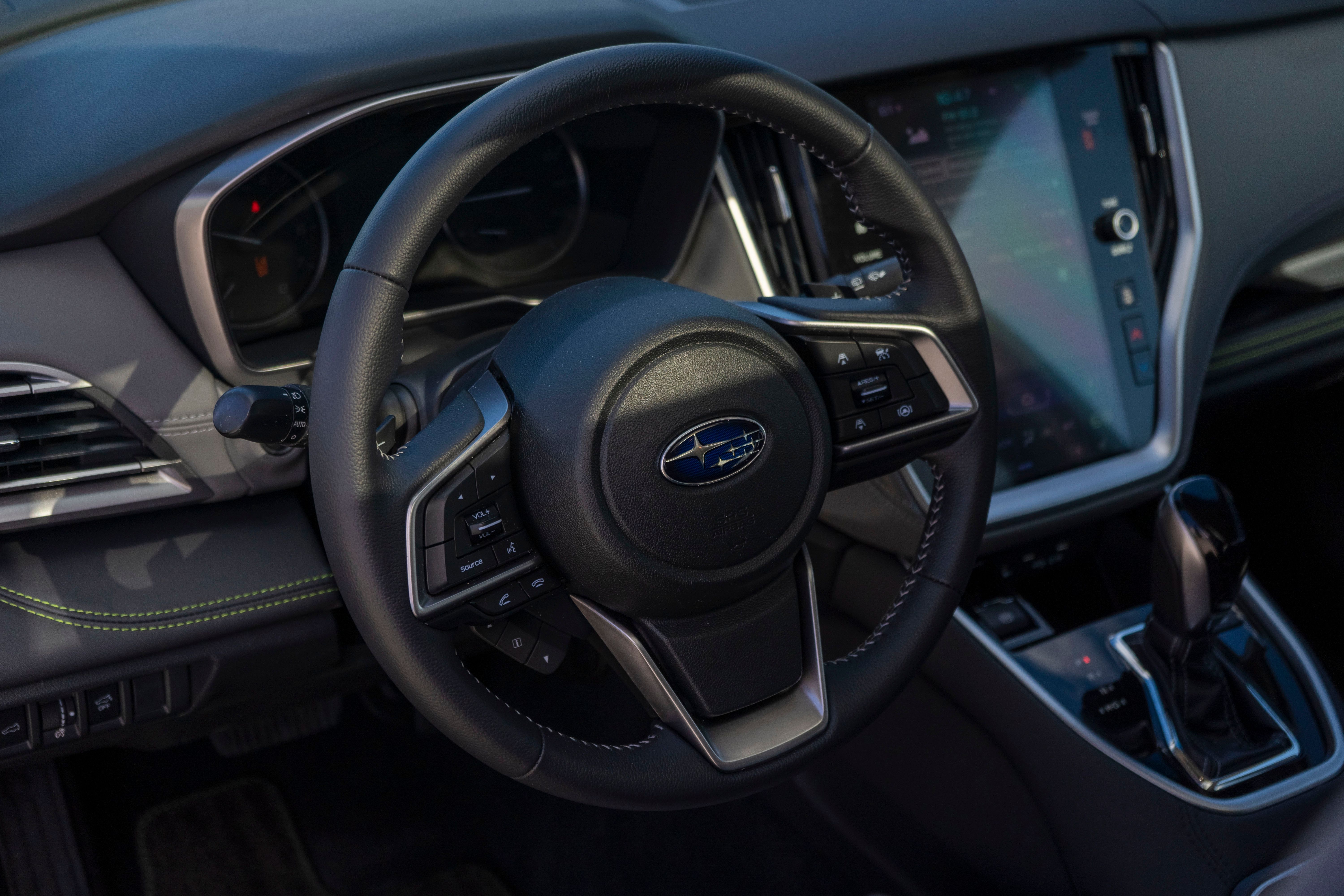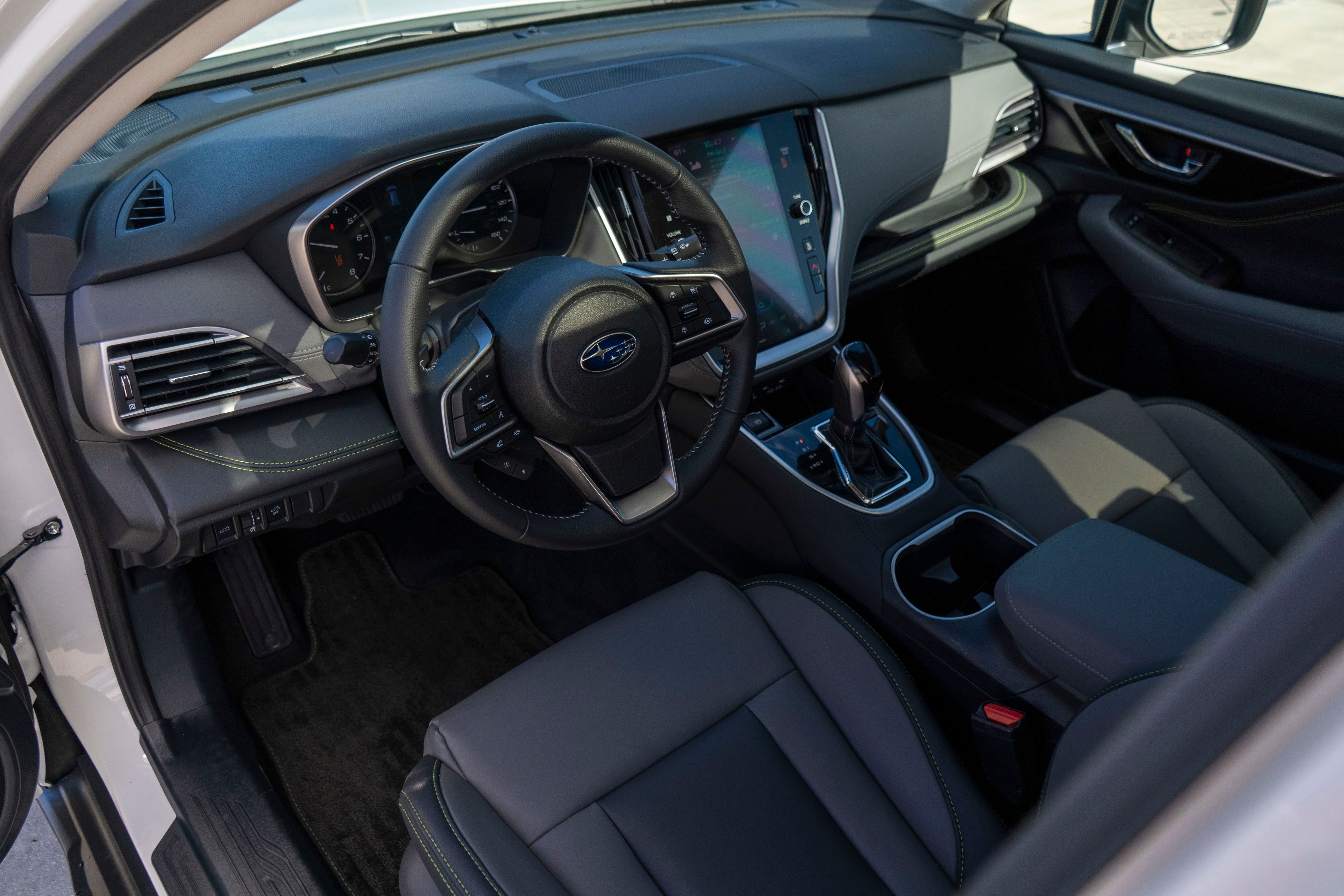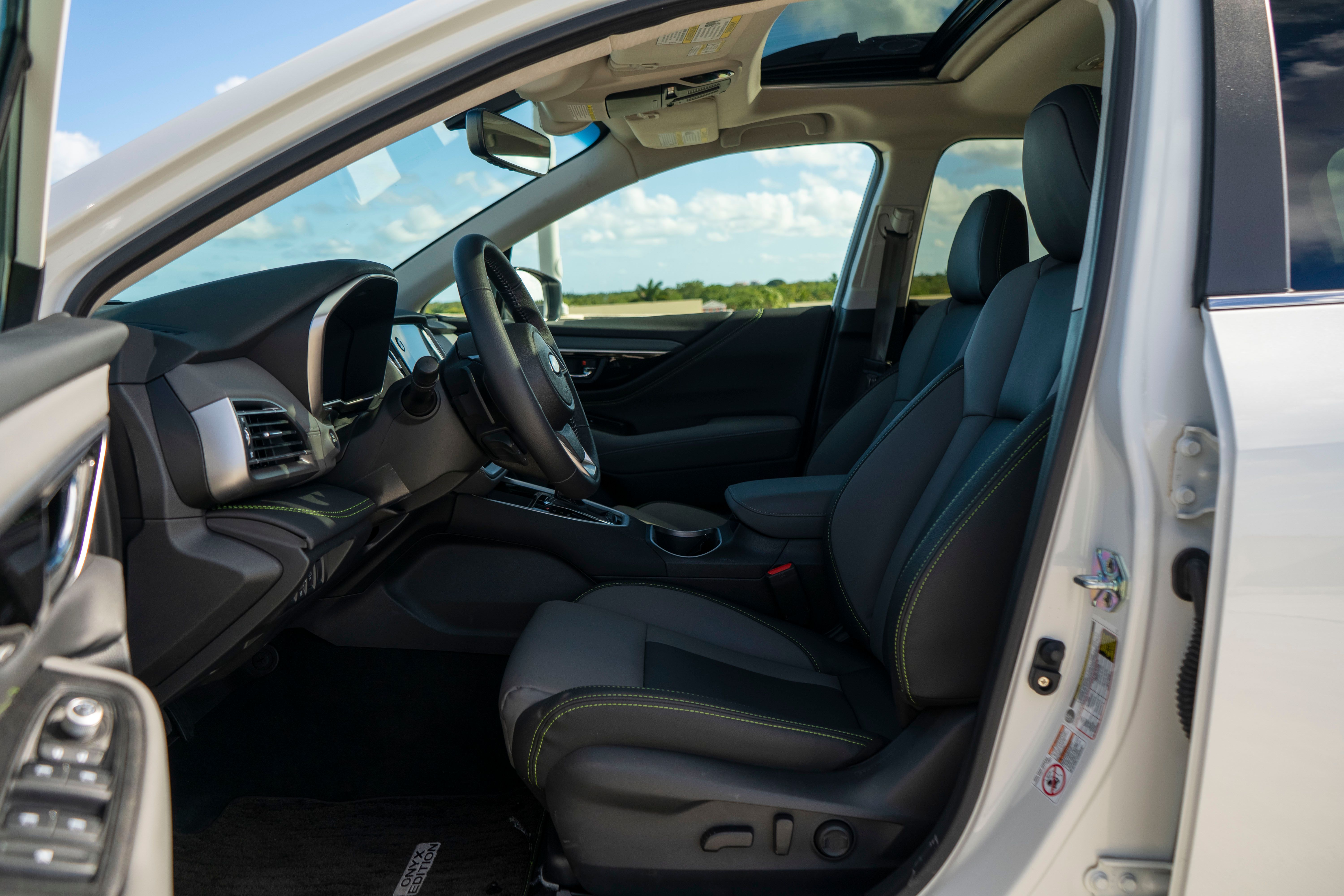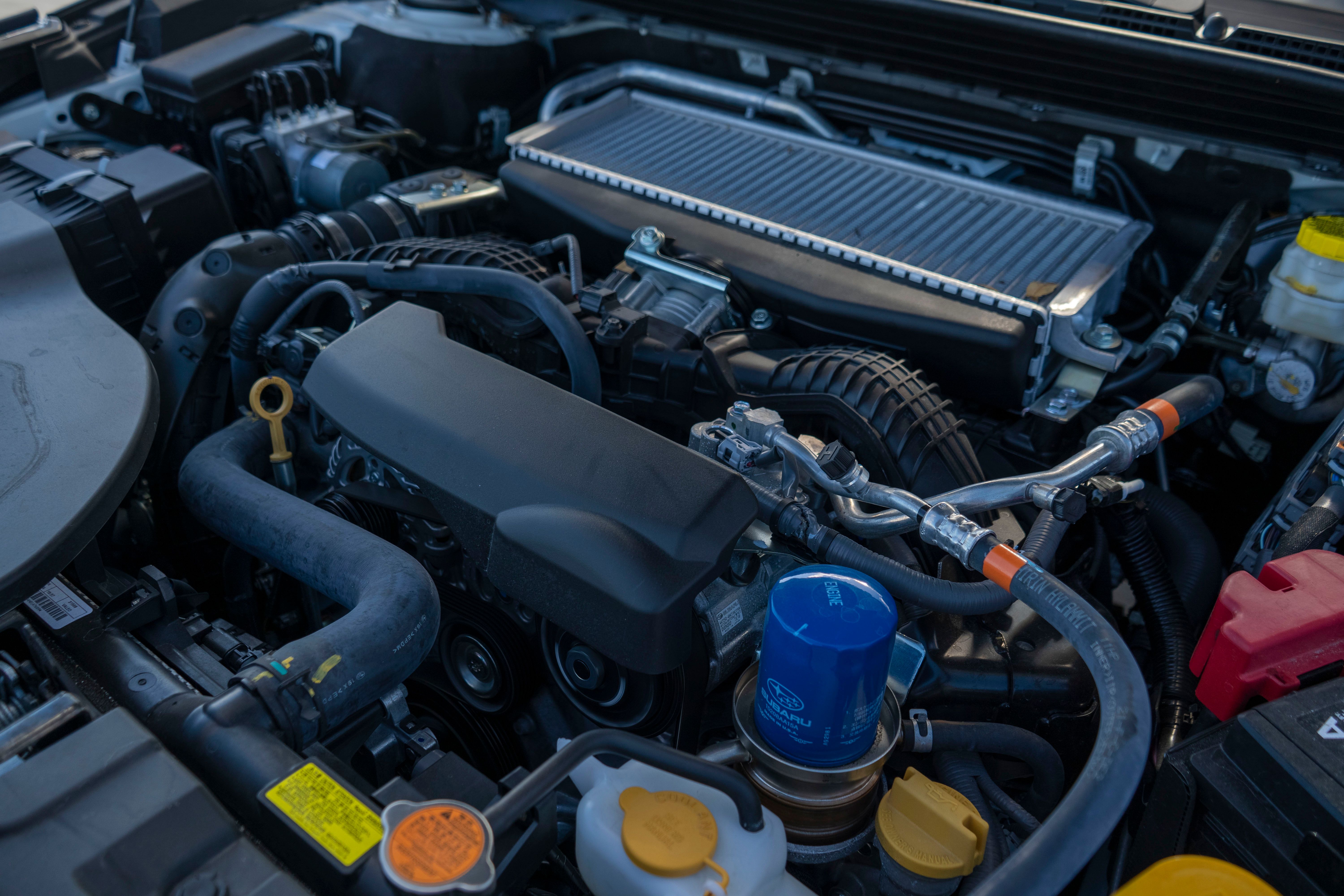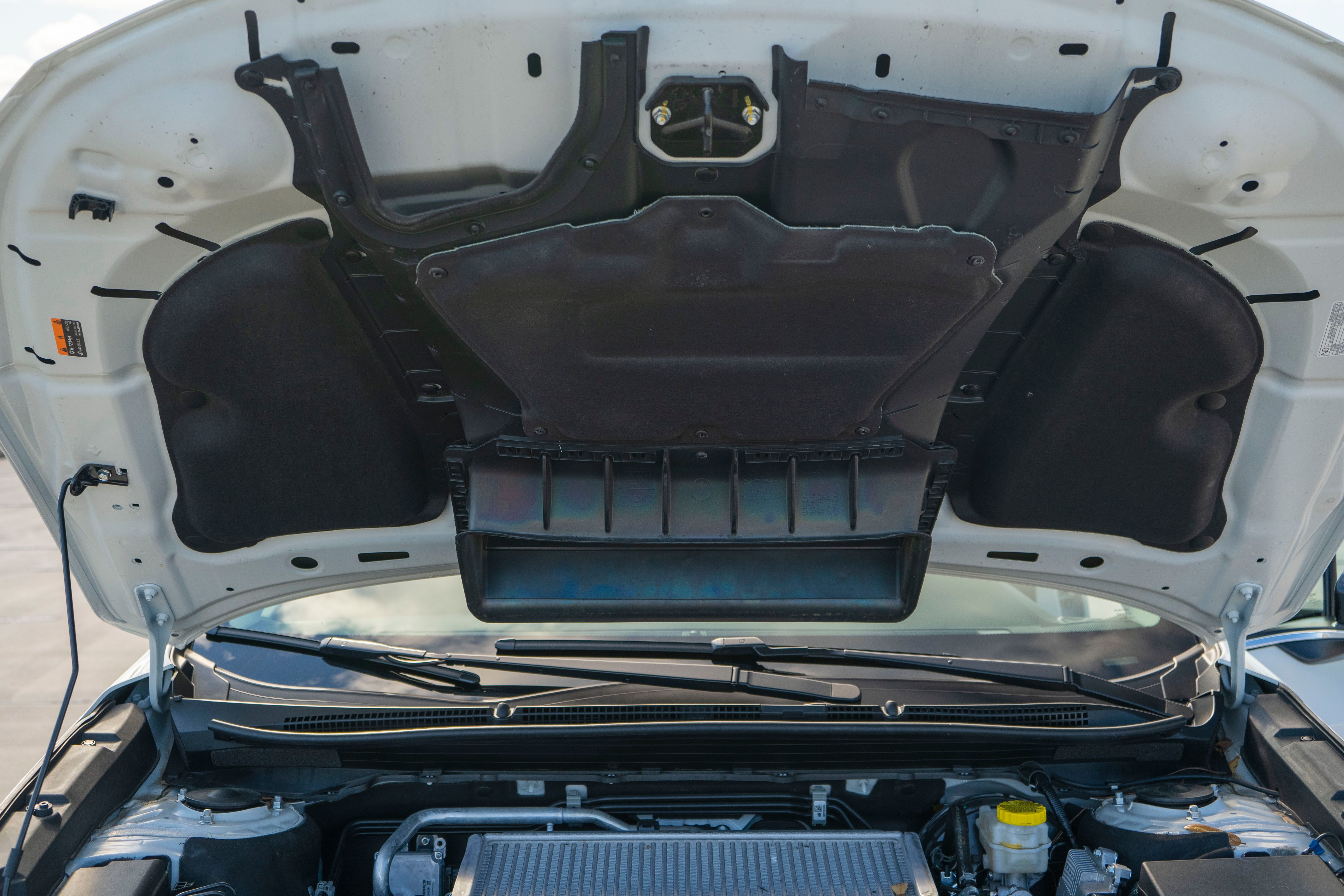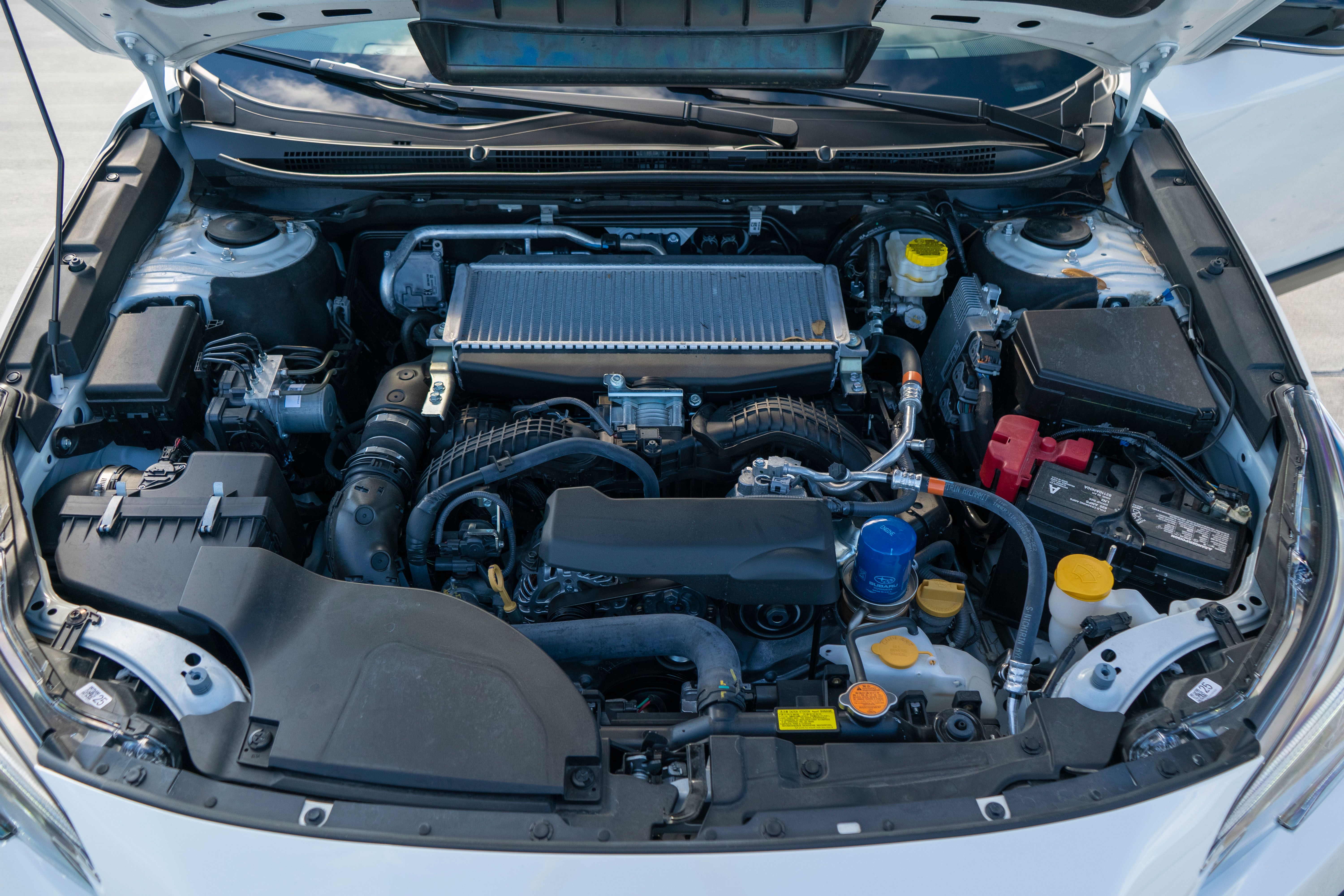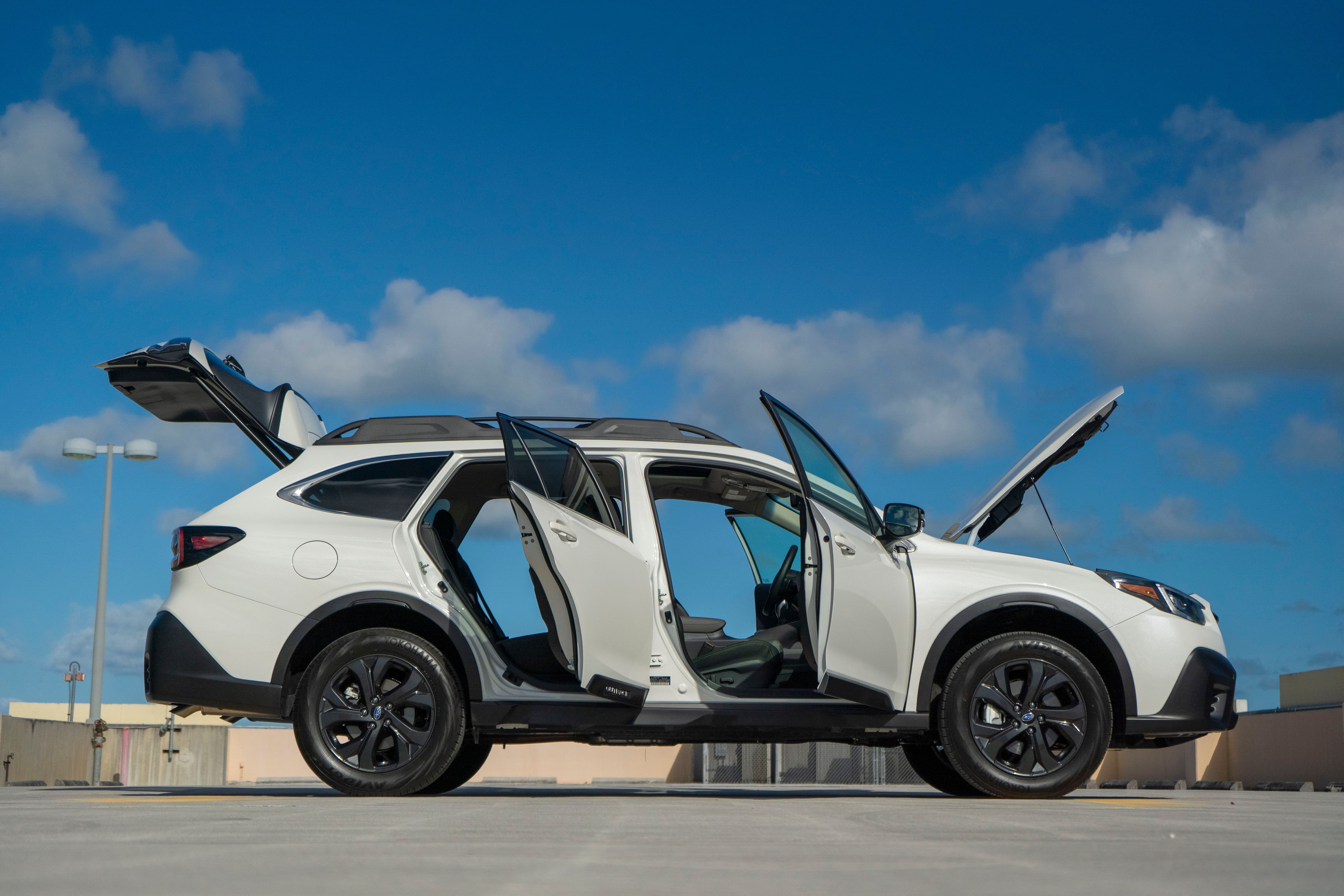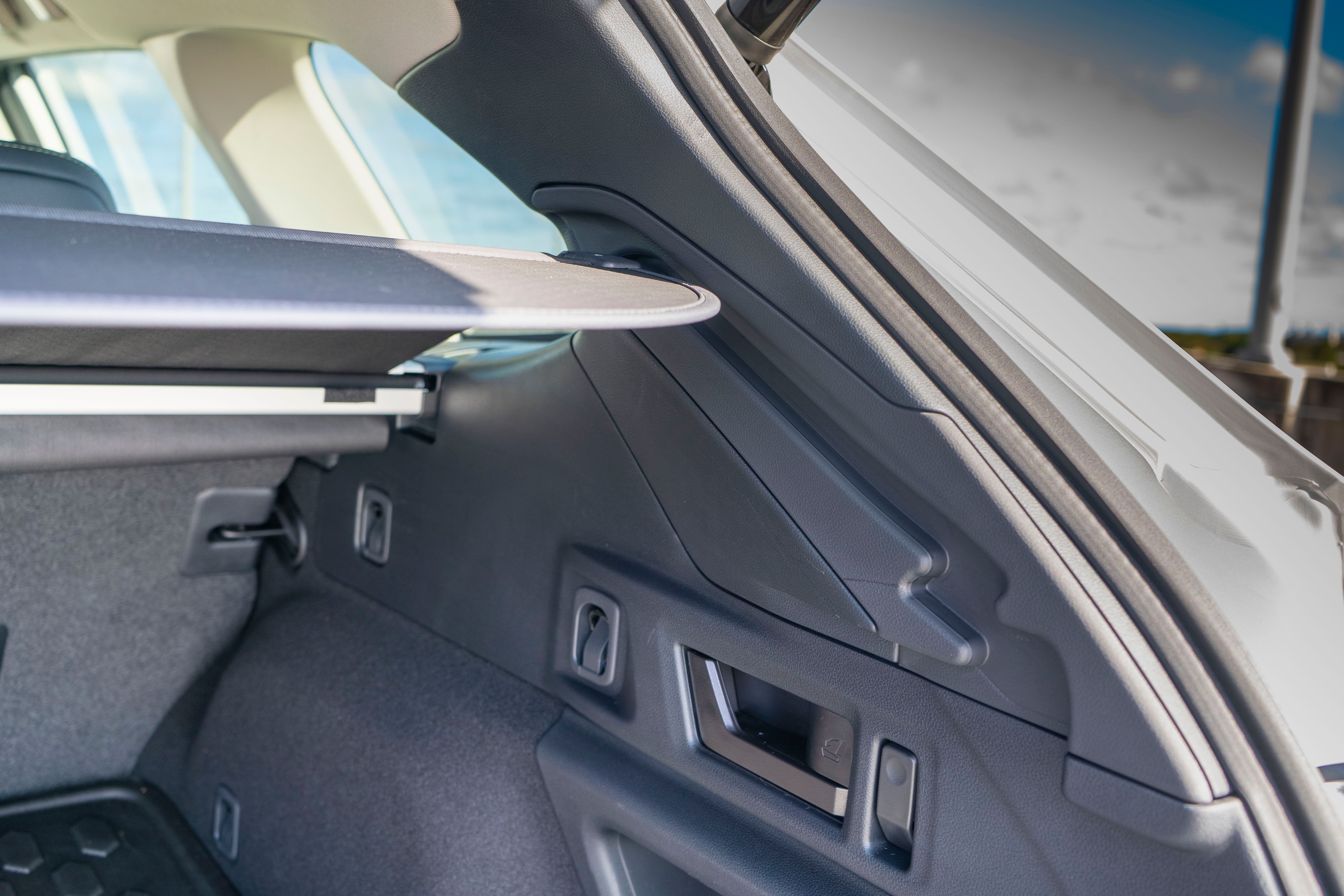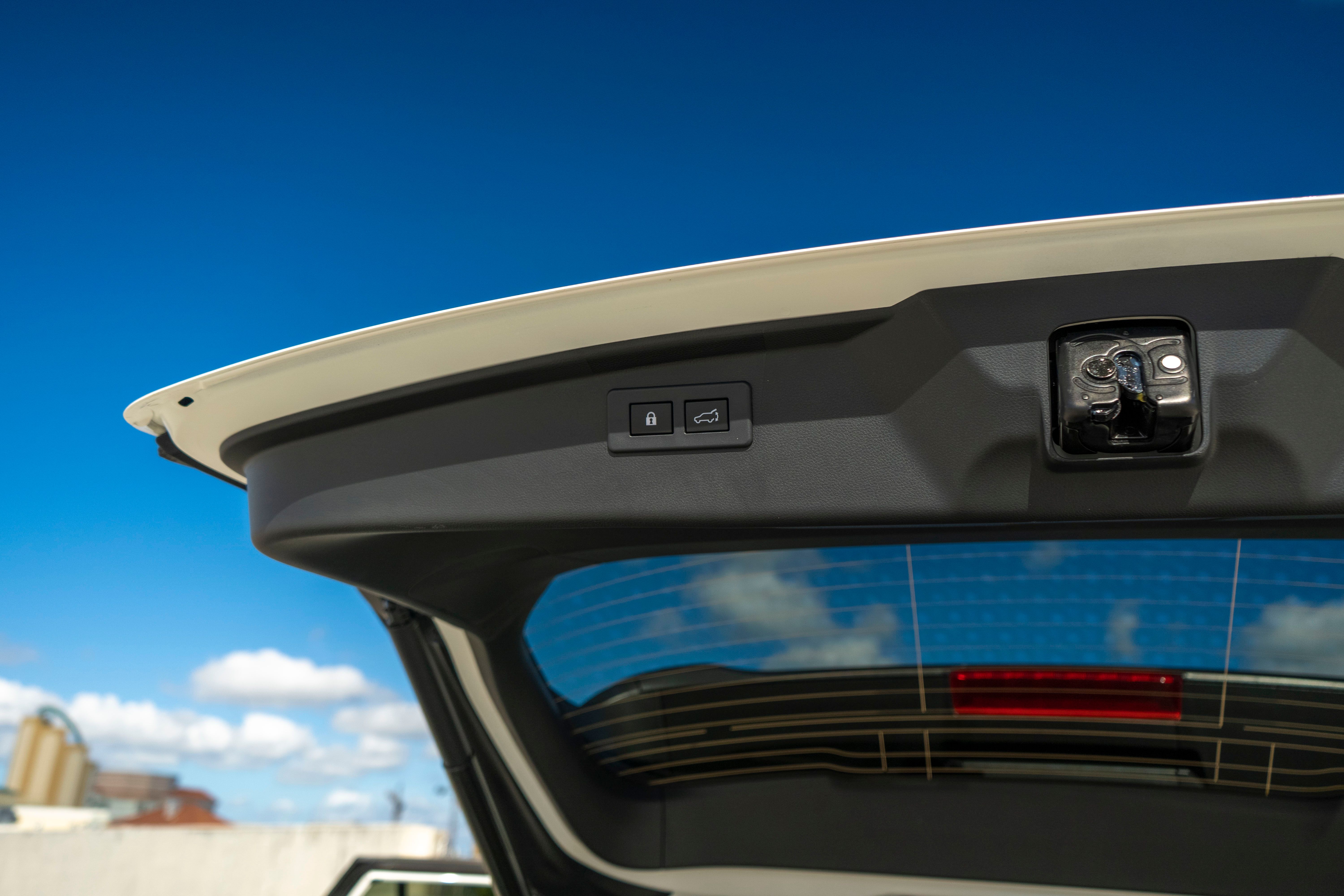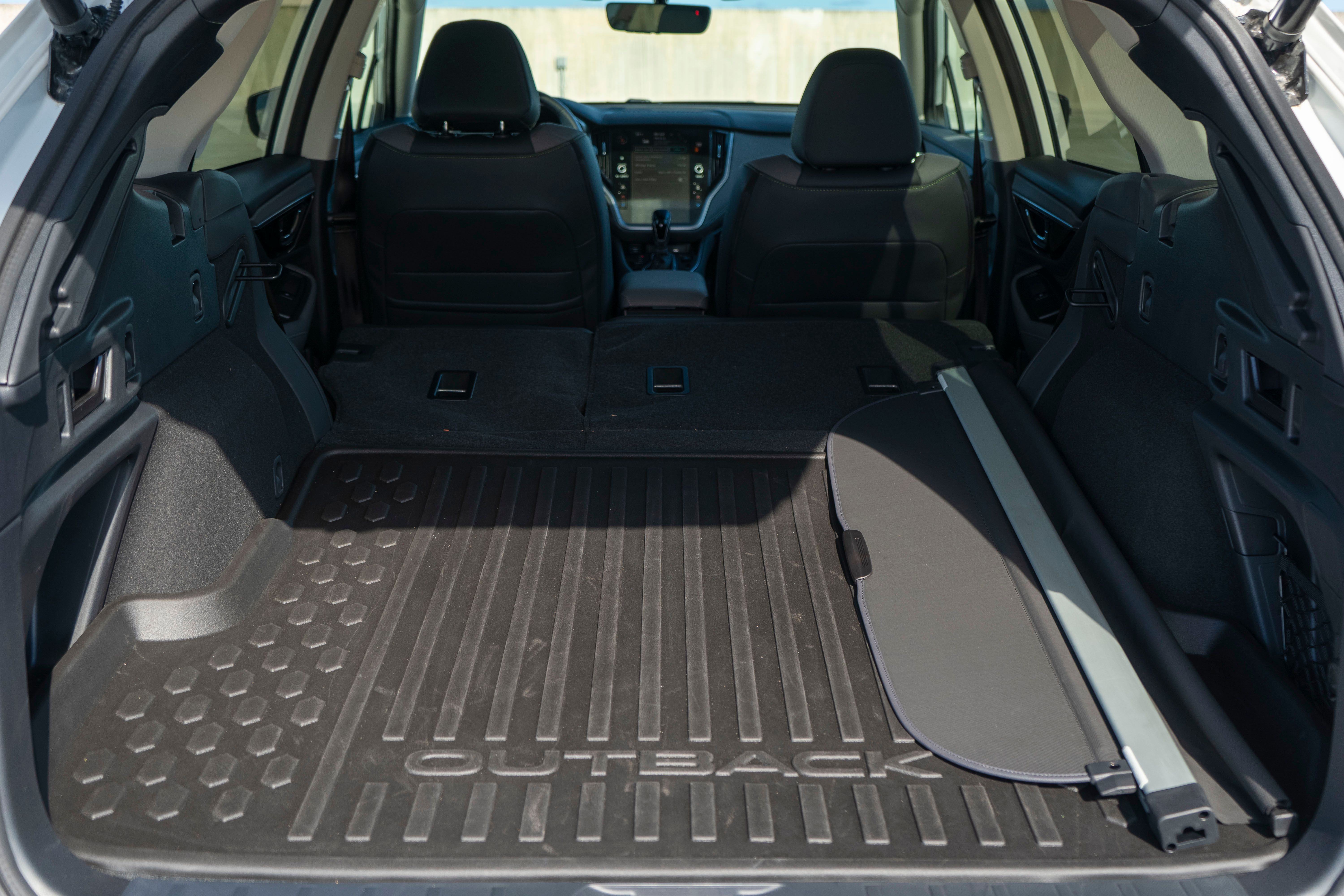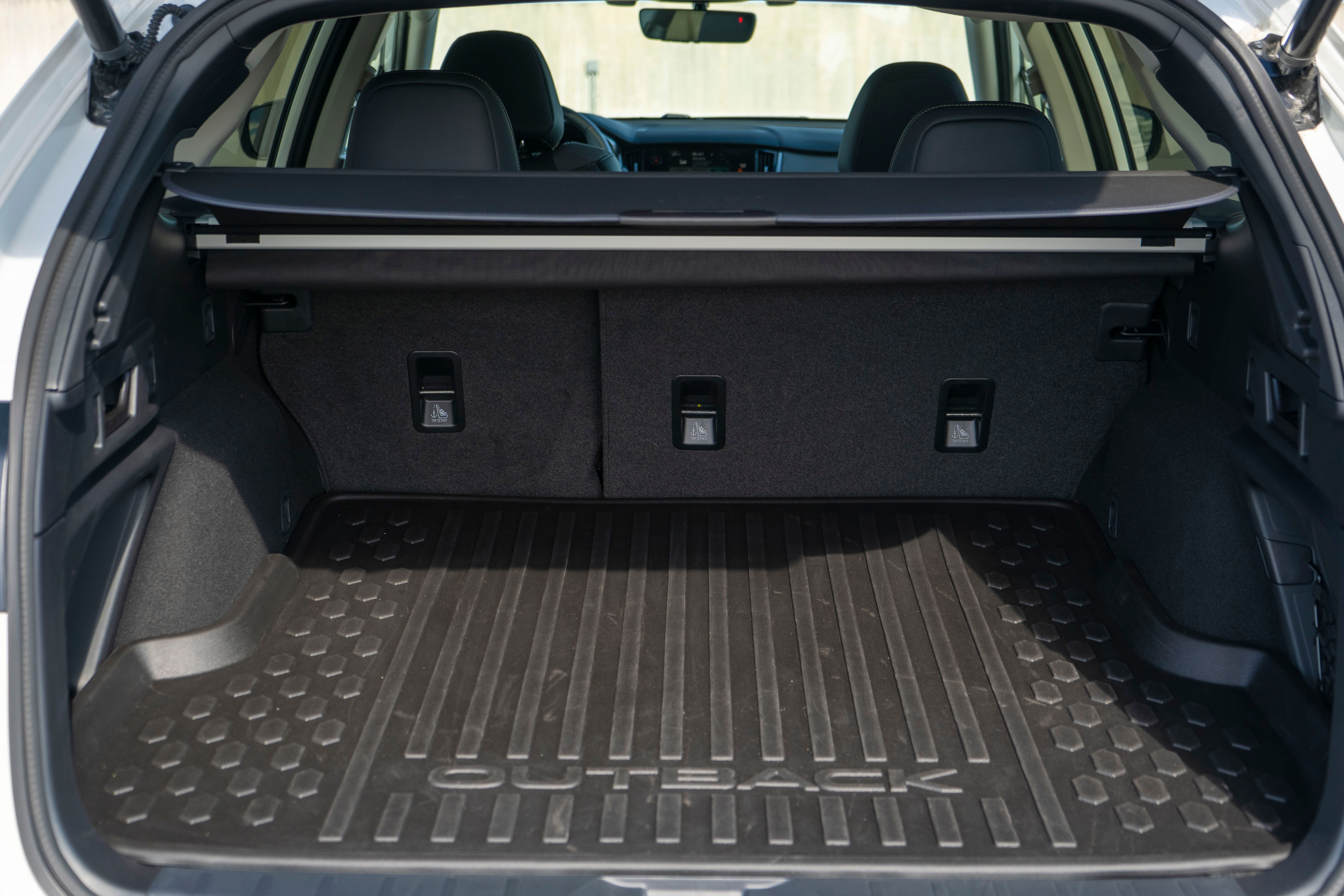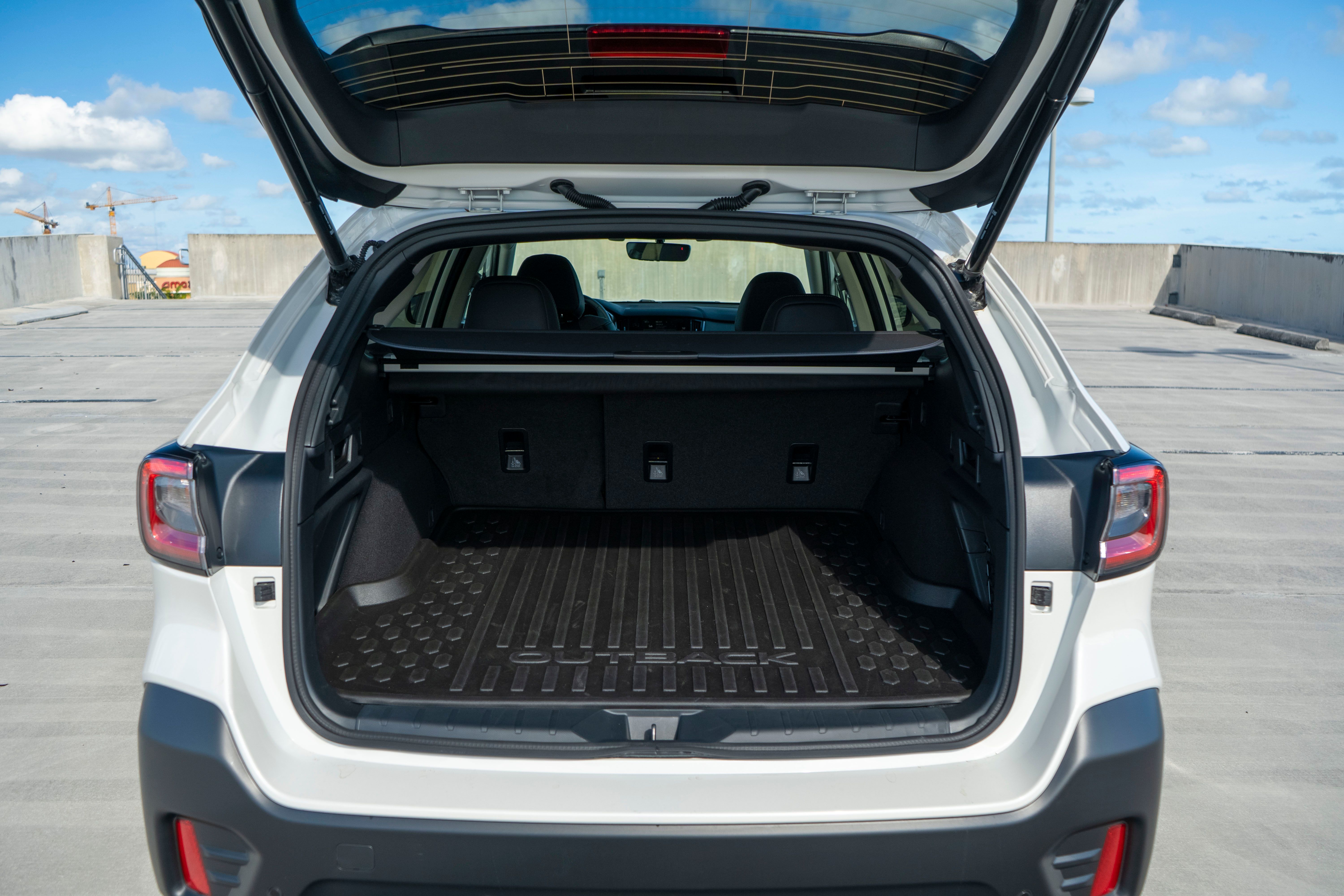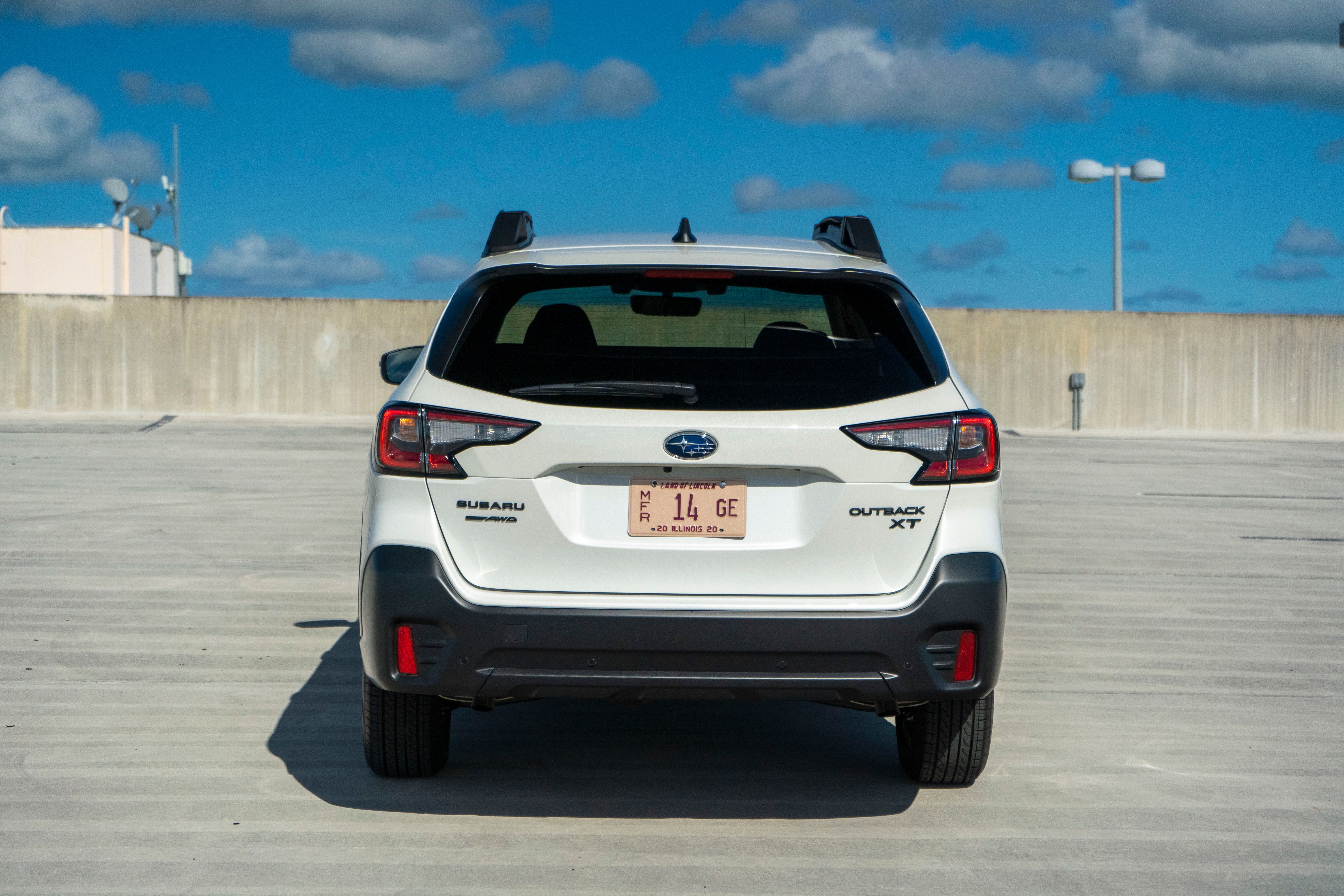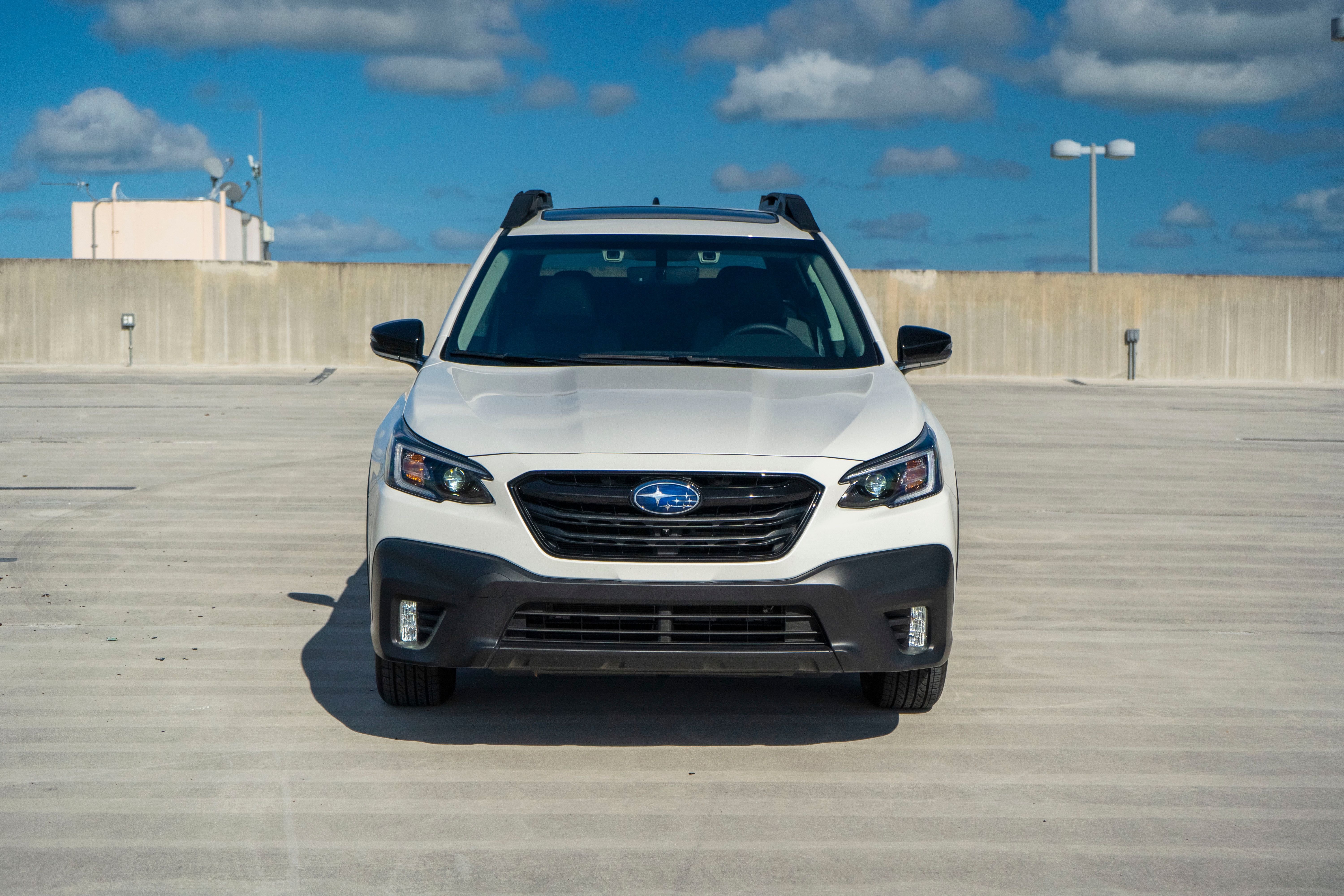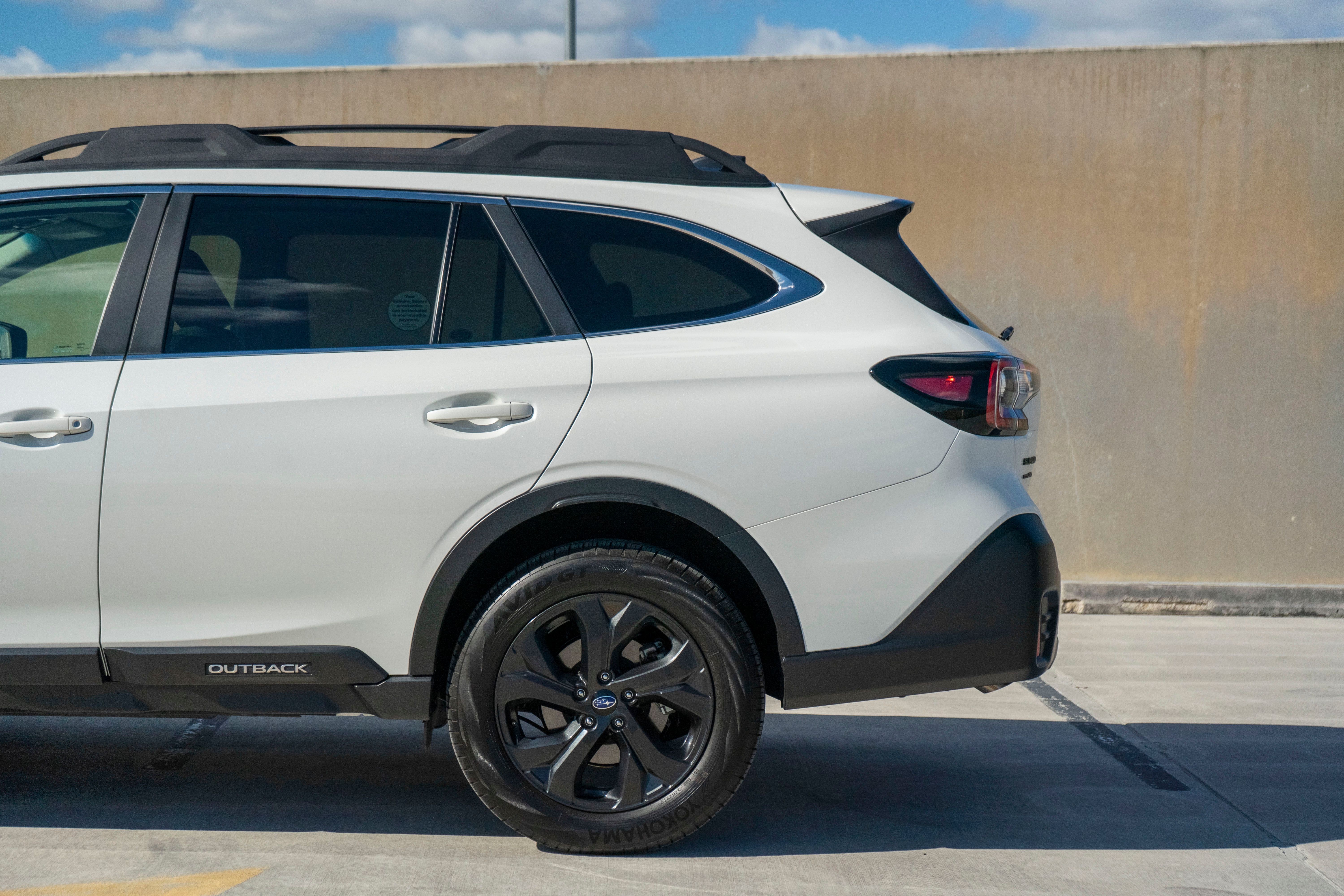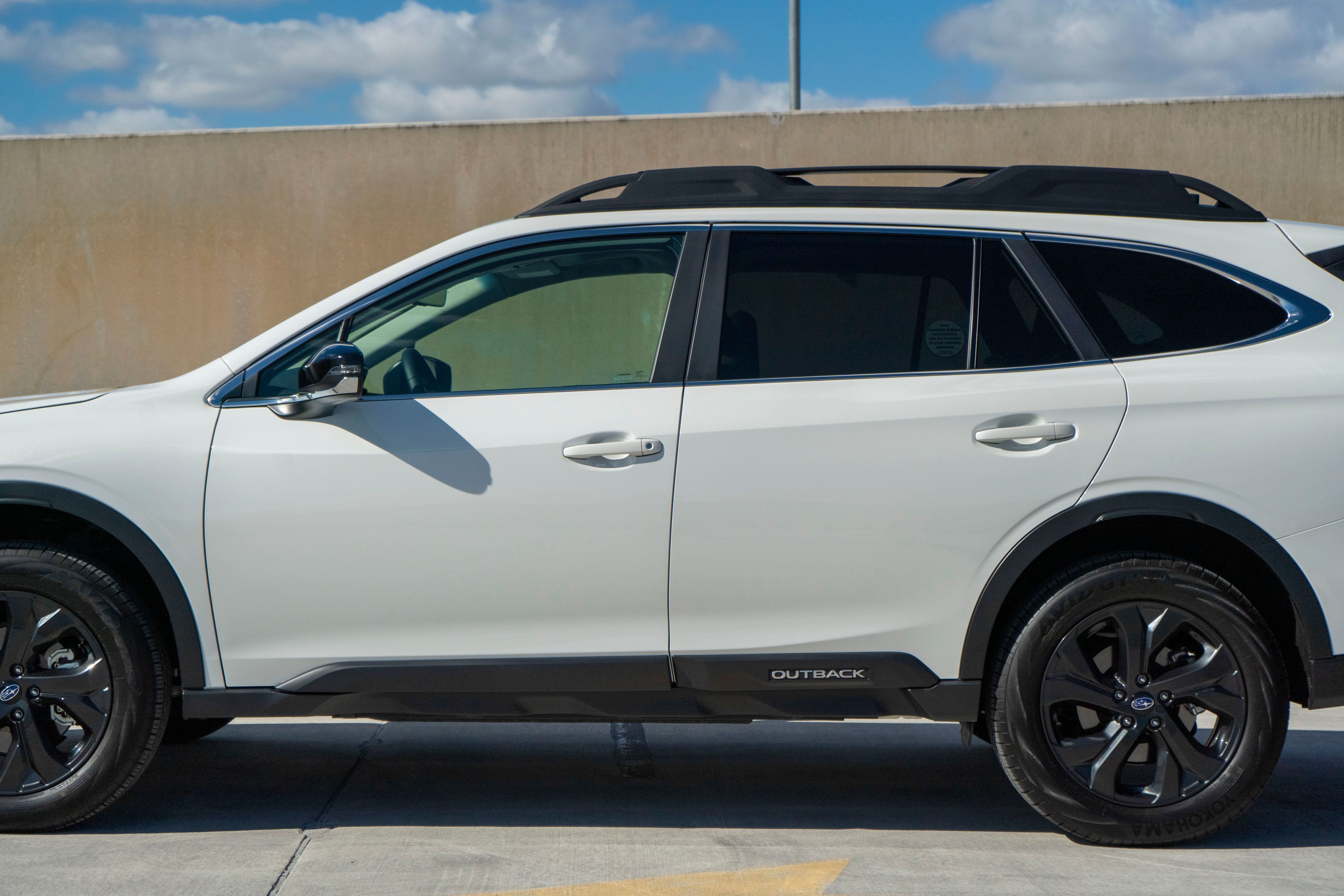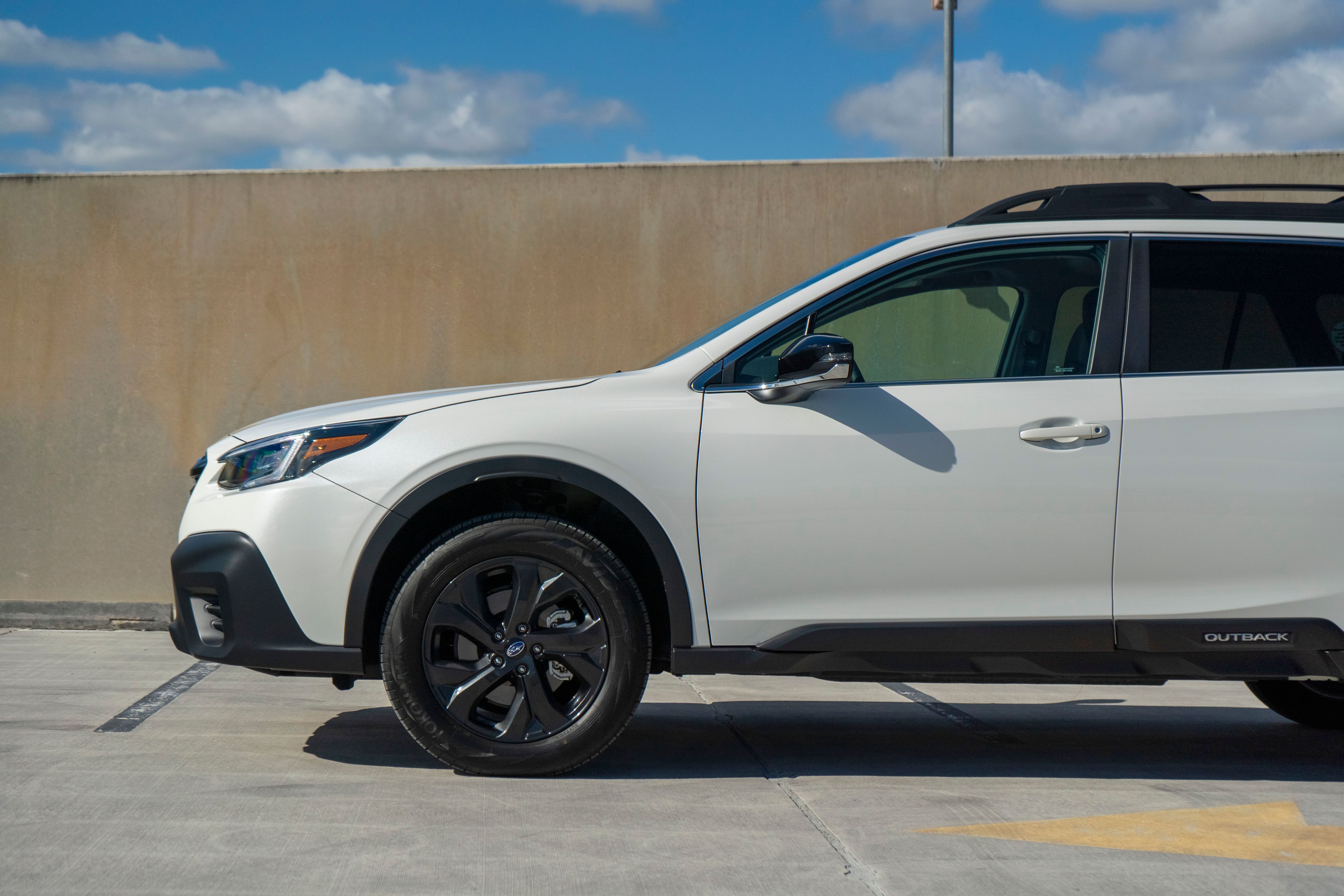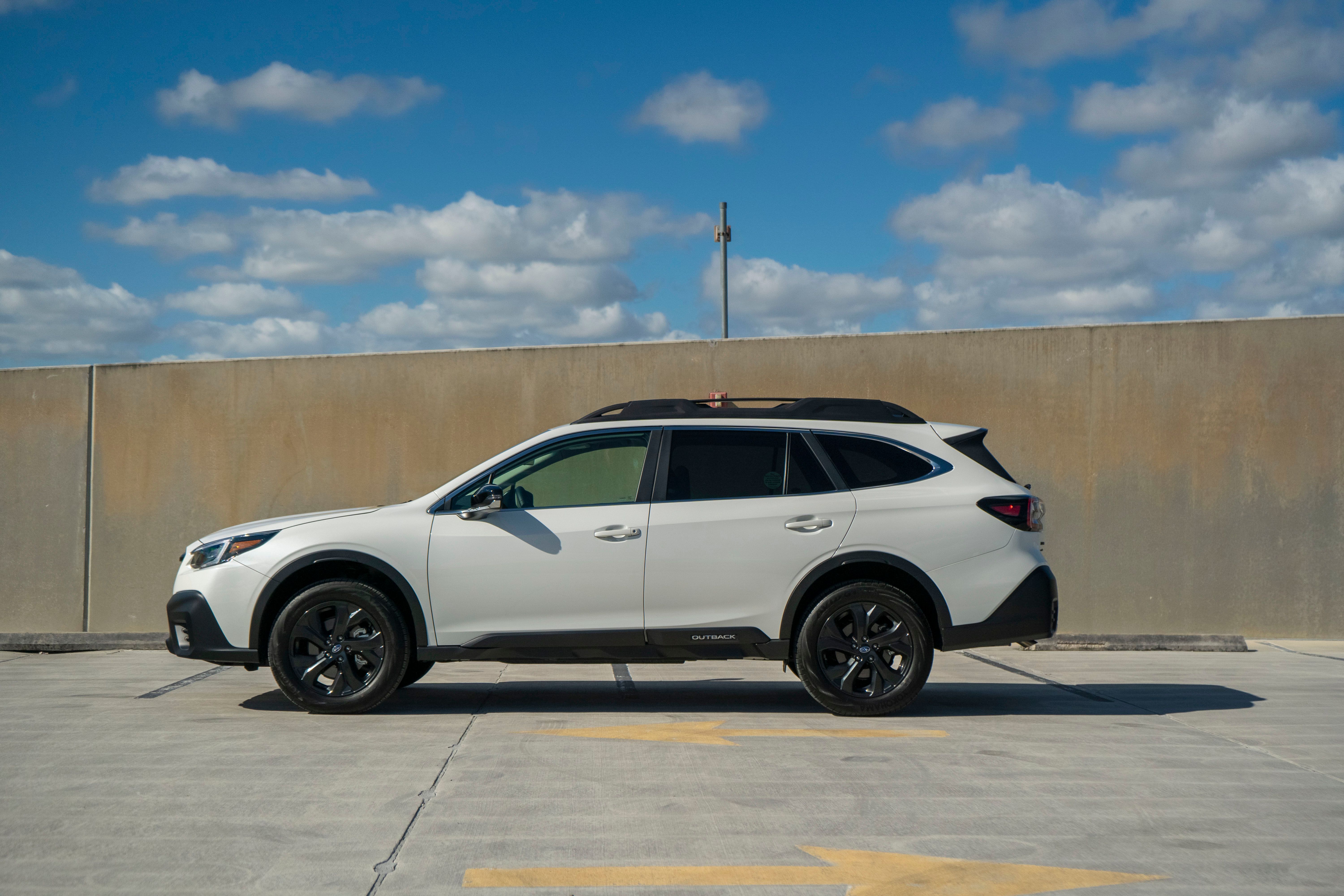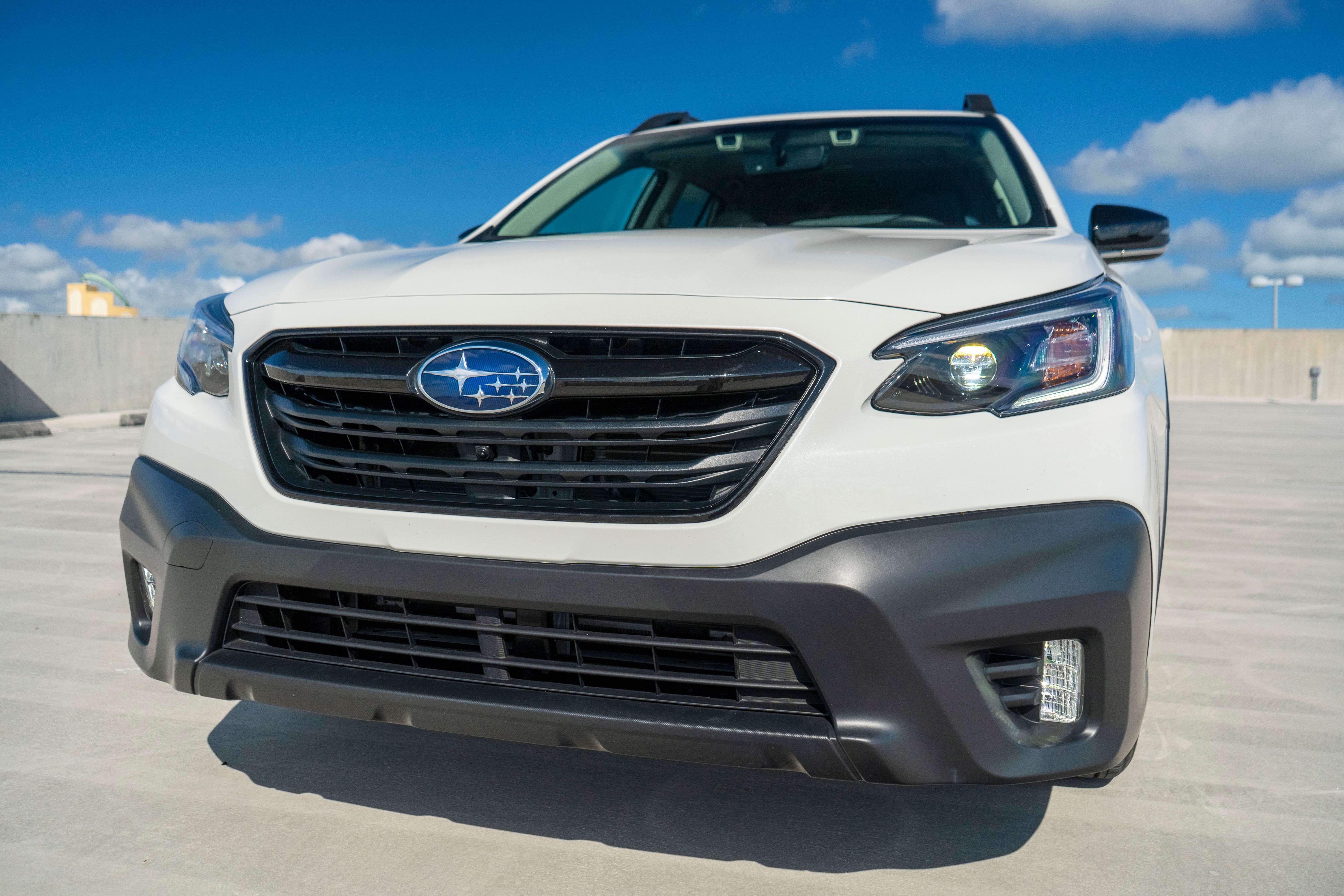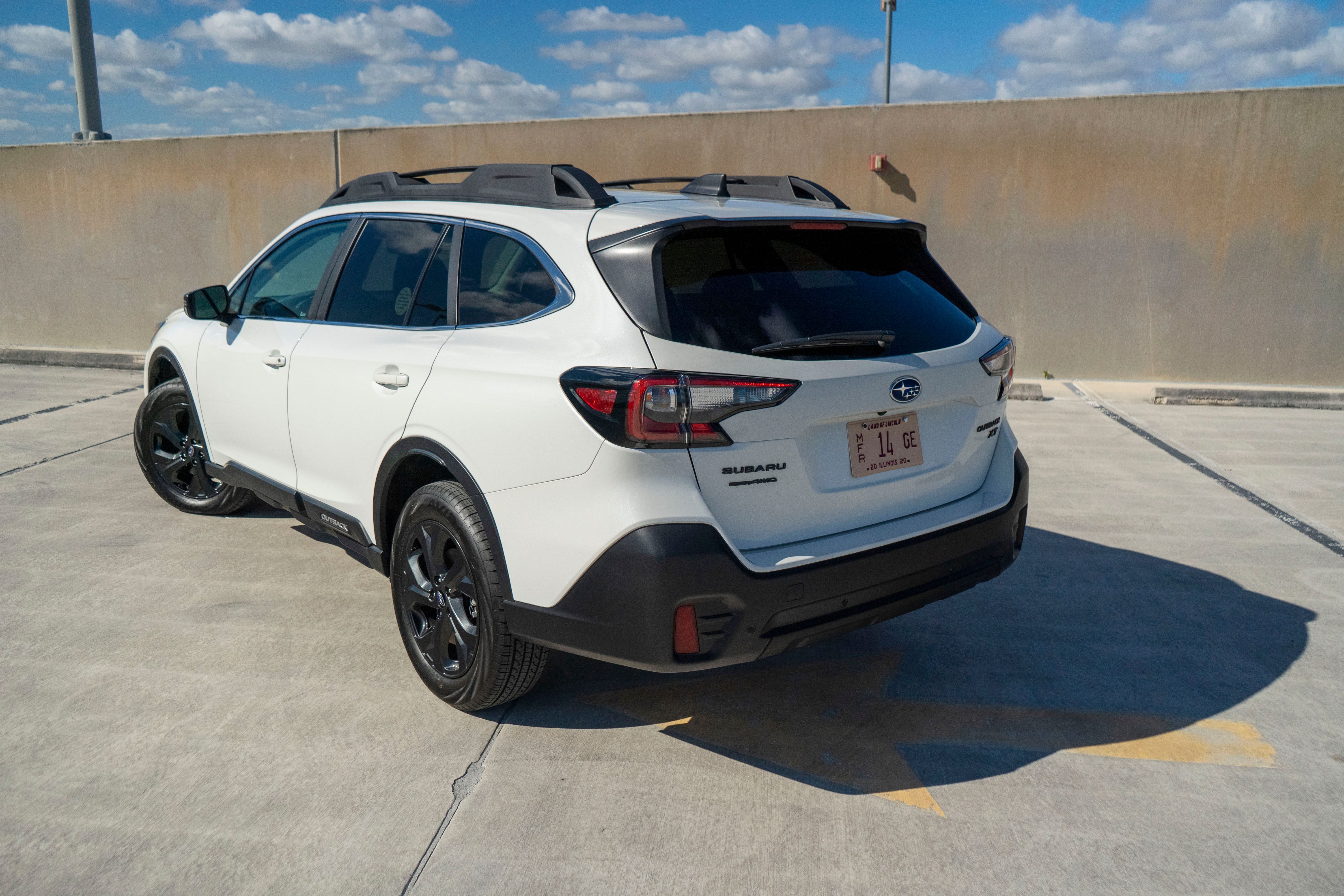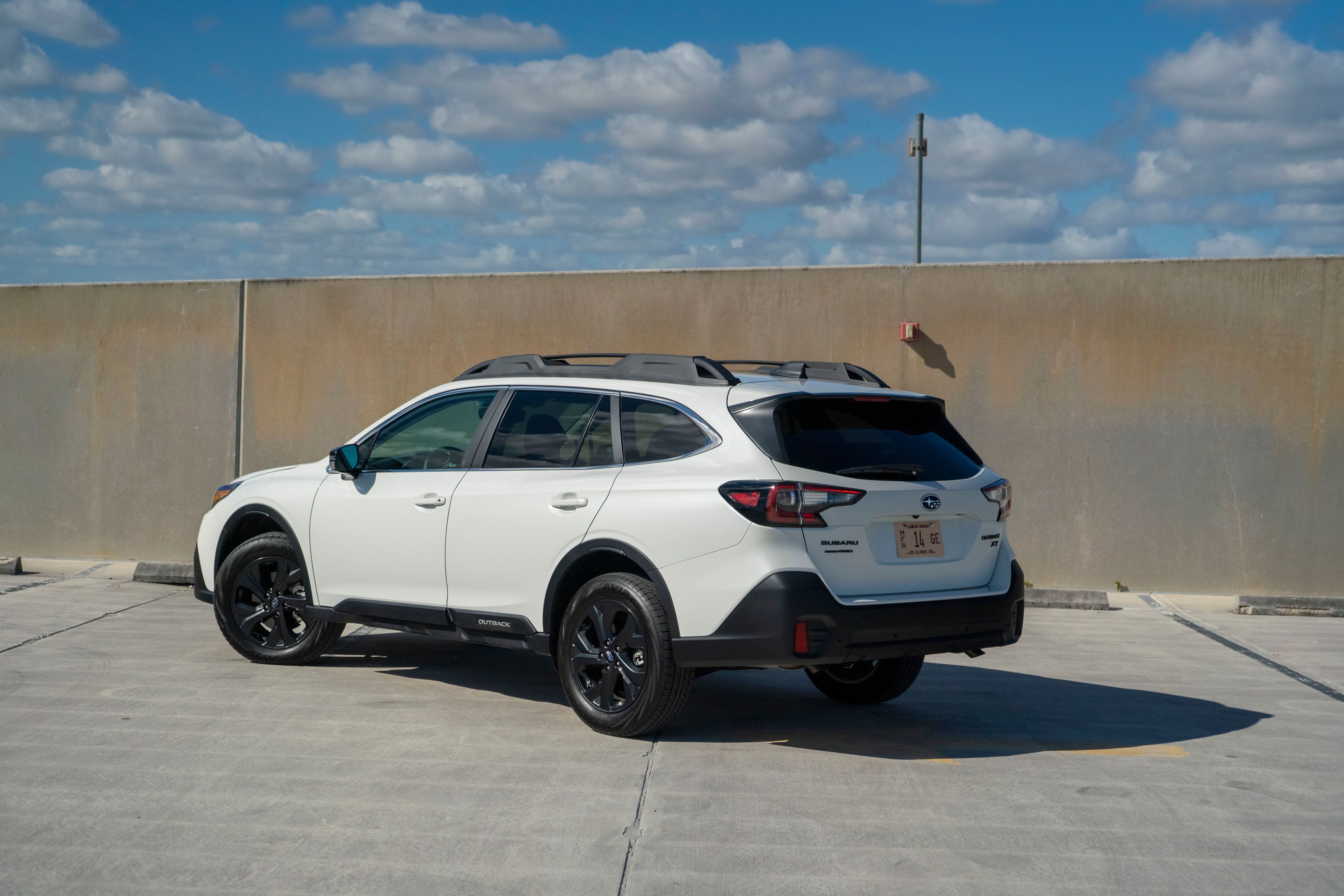The Subaru Outback started like as a full-fledged station wagon that was based on the Legacy back in 1994. In those 16 years, the Outback slowly evolved from your everyday wagon to what is, essentially, a crossover by today’s standards. As such, the competition is fierce, and with the sixth-gen Outback hitting the market for the 2020 model year, we thought it would be a great idea to see just what it has thrrr}at sets it apart from the many models on the market. Fortunately for us (and you, of course), Subaru was kind enough to let us get behind the wheel of an Outback Onyx Edition XT for an entire week. This is what we’ve learned.
2020 Subaru Outback - Driven
- Make: Array
- Model: 2020 Subaru Outback - Driven
- Engine/Motor: inline-4
- Horsepower: 260
- Torque: 277
- [do not use] Vehicle Model: Array
Subaru Outback Driving Impressions
The big thing we noticed is how quiet the cabin is. We weren't sure if that was really the case or if we were just not hearing things, but as it turns out, Subaru doubled down on the sound insulation. The front of the vehicle also has new acoustic glass, which helps to cut down on parasitic noise from creeping inside the cabin. The only time we really heard any troubling noise was after taking a wrong turn and driving down what we'd only describe as a road that was once a mortar testing ground. You could hear some thuds from under the vehicle, but nowhere near as bad as what we actually expected.
Our tester had the new 2.4-liter turbo-four that replaced the 3.6-liter six-cylinder from the last-gen model. This engine offers up comparable horsepower but brings improved torque output from previous years. Our fuel economy with this engine averaged around 32 mpg, which was downright impressive, considering we did at least as much city driving as we did highway driving. Acceleration was pretty impressive and, while we weren't exactly thrilled about the CVT, but Subaru clearly but a lot of effort into refining it and the simulated 8-speed manual mode worked impressively well based on our previous experience CVT transmissions.
The start\stop system worked flawlessly the entire time we had the Outback, and there was never a time where we had to really wait for the engine to kick in when we wanted to go. Steering was impressively quick and well-weighted, so we noticed decent turn-in response, and we were particularly impressed by front visibility while rear visibility was okay with the exception of the somewhat larger blind spot on each side.
Overall, the outback felt confident on the road and off, was overly spacious for a family of five, and remained comfortable throughout our time with it. Subaru has a winning formula here, and after spending a week behind the wheel, you'll quickly understand why the Outback is Subbie's best-selling model.
Subaru Outback Exterior Design
We like to classify the Subaru Outback as a crossover, but it's really a blend between a crossover and a wagon. As you can see, it has the length of a wagon, much like your traditional crossover, but it also features a roof that's just a little bit higher than most traditional wagons.
The rear end features more of a crossover-like appearance. If the Outback didn't have that elevated suspension, it would simply look like a really tall wagon. There's still plenty of load room thanks to the large rear hatch. The bulky taillights are actually more stylish than those on a lot of the competition and feature a rather prominent 3D appearance that's usually reserved for more expensive models in the segment. Since our tester was the Onyx Edition, there is black trim that surrounds the base of the vehicle (including most of the front and rear fascias) to go with black wheels, black winglets on the rear hatch, and black roof rails. Overall, it's attractive when you have the white body color, but the package wouldn't make a lot of sense in most colors.
How Big is the Subaru Outback?
Subaru Outback Exterior Dimensions Vs. The Competition
|
Subaru Outback Onyx |
Volvo V60 |
Buick Envision Premium |
Length |
191.3 Inches |
187.4 Inches |
183.7 Inches |
|
|---|---|---|---|---|---|---|---|
|
Width |
73.0 Inches |
72.8 Inches |
72.4 Inches |
||||
|
Height |
66.4 Inches |
56.2 Inches |
66.8 Inches |
||||
|
Wheelbase |
108.1 Inches |
113.1 Inches |
108.3 Inches |
||||
|
Front Track |
61.8 Inches |
63.38 Inches |
62.0 Inches |
||||
|
Rear Track |
62.8 Inches |
63.38 Inches |
62.0 Inches |
For the sake of comparison, we're looking at models like the Volvo V60 and the Buick Envision. In terms of length and width, the Outback is larger, and it sits a lot higher than the V60 thanks to its elevated suspension. This extra length, however, plays a major role in terms of usability, and it's why you can thank the outback for its ability to haul impressively more cargo than the competition.
How Much Does the Subaru Outback Weigh?
Given the Outback's position in the midsize segment, it is a little surprising that it tips that scales at just 3,884 pounds – at least 100 pounds lighter than the competition and something that enables the Outback to remain competitive in terms of fuel economy. In comparison, the Volvo V60 weighs 3,955 pounds while the Buick Envision comes in at 4,083 pounds.
Subaru Outback Interior Design
Is the Subaru Outback Spacious?
Thanks to the Outbacks transformation from full-on wagon to everyday crossover (for the most part, anyway,) it offers a competitive amount of cabin space while still offering impressive cargo room as well. You'll find that front and rear passengers have plenty of room for a car in this class, and the Outback, believe it or not, offers more room than the Volvo V60 and Buick Envision in every category. Check out how they all compare in the table below.
Subaru Outback Interior Space Comparison
|
Subaru Outback Onyx |
Volvo V60 |
Buick Envision Premium |
1st Row Headroom |
40.1 Inches |
37.4 Inches |
40.0 Inches |
|
|---|---|---|---|---|---|---|---|
|
1st Row Leg Room |
42.8 Inches |
42.3 Inches |
40.9 Inches |
||||
|
1st Row Shoulder Room |
58.1 Inches |
56.1 Inches |
57.0 Inches |
||||
|
1st Row Hip Room |
55.5 Inches |
55.3 Inches |
54.4 Inches |
||||
|
2nd Row Headroom |
39.1 Inches |
38.1 Inches |
38.5 Inches |
||||
|
2nd Row Leg Room |
39.5 Inches |
35.2 Inches |
37.5 Inches |
||||
|
2nd Row Shoulder Room |
57.4 Inches |
54.5 Inches |
55.8 Inches |
||||
|
2nd Row Hip Room |
54.8 Inches |
53.4 Inches |
53.1 Inches |
How Much Cargo Room Does the Subaru Outback Have?
Subaru Outback Cargo Room Comparison
|
Subaru Outback Onyx |
Volvo V60 |
Buick Envision Premium |
Minimum Cargo |
32.5 CU-FT |
23.2 CU-FT |
26.9 CU-FT |
|
|---|---|---|---|---|---|---|---|
|
Maximum Cargo |
75.7 CU-FT |
50.9 CU-FT |
57.3 CU-FT |
Subaru Outback Infotainment System
When Subaru updated the Outback, it also introduced a new infotainment system – one that's going to be found in the legacy and included as standard equipment in all trim levels except the base models. This new system combines the two screens found in older Subarus and integrates the HVAC controls into one place as well. There are still some physical buttons that allow you to control the dual-zone temperature controls and defrost, but the bottom 20-percent of the screen is dedicated to other HVAC features like fan controls, A/C controls, heated seat controls, etc. As far as radio and other infotainment features, that's controlled in the center section of this nearly 12-inch screen.
Android Auto and Apple CarPlay come standard and work quite nicely. Phone pairing was simple. The built-in navigation system works as good as you'd expect, but what really impressed us was how simple the system is to use in general. The main display is similar to that of a phone with easy-to-understand icons, while more in-depth menus are intuitive, easy to access, and easy to understand. Overall the system works quickly, and, to be honest, it's definitely worth moving up from the entry-level trim, just to get your hands on the new infotainment system.
Subaru Outback Drivetrain, Performance, and Capabilities
The Subaru Outback is powered by a 2.4-liter Four-Cylinder that is good for 260 horsepower and 277 pound-feet of torque. While other competitors offer 8- or 9-speed automatic transmissions, the Outback is only offered with a CVT that is better than most on the market but, let's be honest; it's still a CVT. AWD is standard across the lineup, and fuel economy is on par with what you'd expect from a crossover in this segment and sometimes even better.
How Much Can the Subaru Outback Tow?
Thanks to the Outbacks transformation into a crossover, it's capable of hauling as much as 3,500 pounds when properly equipped. If you compare this to the main competition, the Outback is the clear winner most of the time. The Volvo V60, for example, can pull just 1,650 pounds while the Buick Envision can pull just 1,500 pounds.
Subaru Outback Towing Comparison
|
Towing Capacity |
3500 LBS |
1650 LBS |
1500 LBS |
|---|
Can the Subaru Outback Go Off-Road?
The Subaru Outback is a very capable vehicle, and it can, in fact, go off-road. Now, you can't mistake it for a hard-core off-roader, and you shouldn't expect to keep up with your buddies in Jeep Wranglers or Ford Broncos, for example, but the Outback can traverse some less-than-favorable terrain. The AWD system is top-notch – it's the same system found in all Subarus – and the only real downfall is the CVT, which is where the limitations for off-road usage really comes from.
Subaru Outback Fuel Economy
The Subaru Outback is rated at 23 mpg in the city, 30 mpg on the highway, and 26 mpg combined, which is pretty admirable for a vehicle in this class. The Volvo V60 does beat it out in terms of highway economy (34 vs. 30 mpg), but it also sits much lower to the ground, so that's to be expected. The Buick Envision, on the other hand, falls inferior with ratings of just 20 mpg in the city, 25 mpg on the highway, and 22 mpg combined.
Subaru Outback Fuel Economy Comparison
|
City |
Highway |
Combined |
Subaru Outback Onyx |
23 |
30 |
26 |
|
|---|---|---|---|---|---|---|---|
|
Volvo V60 |
23 |
34 |
27 |
||||
|
Buick Envision Premium |
20 |
25 |
22 |
How Much Does the Subaru Outback Cost?
Subaru Outback Pricing
|
MSRP |
Subaru Outback |
$26,645 |
|
|---|---|---|---|
|
Subaru Outback Premium |
$28,895 |
||
|
Subaru Outback Limited |
$33,445 |
||
|
Subaru Outback Touring |
$37,345 |
||
|
Subaru Putback Onyx Edition |
$34,895 |
||
|
Subaru Outback Limited XT |
$37,745 |
||
|
Subaru Outback Touring XT |
$39,695 |
Is the Subaru Outback Better Than the Volvo V60 Cross Country?
The Volvo V60 is traditionally a wagon that caters to the same car-buying population that the Outback once did – people that love wagons. However, when you look at the V60 Cross Country, you find the perfect blend of wagon and crossover thanks to the Cross Country's raised suspension that does, for intents and purposes, make it a strong competitor for the Outback. The exterior is classic Volvo design from the subtle grille to the not-so-dramatic body panels and design lines. The interior is also quite similar to the outback in terms of basic design as there's a large, tablet-like display in the center console, oodles of cargo capacity (up to 50.9 cubic-feet, about 25 cu-ft less than the Outback) and a lineup of premium materials that are hard to ignore.
Under the hood sits a 2.0-liter four-banger that's good for 250 horsepower and 258 pound-feet of torque. Where the Outback lacks thanks to a CVT transmission, the V60 fights back with a traditional eight-speed automatic. Towing capacity falls short at just 1,650 pounds (nearly 2,000 pounds shy of the Outback) but fuel economy is impressive at 27 mpg combined with a high rating of as much as 33 mpg on the highway. Off-roading capability is on par with the Outback, which means you can go off the beaten path, but don't expect to traverse into Wrangler territory. If you're stuck between the Outback and the V60 Cross Country, consider your needs in terms of cargo room and towing capacity. If neither are that important to you, then you'll have to wrestle with the price difference, which is substantial. The Volvo V60 Cross Country commands a minimum of $45,745, which makes it a lot more expensive than even the range-topping Subaru Outback. Then again, the difference in materials might be enough to justify the purchase; just know that both models are considered very safe and very capable.
Subaru Outback vs. Volvo V60
|
Subaru Outback Onyx |
Volvo V60 |
Engine |
2.4- Liter Four-Cylinder |
2.0-Liter Four-Cylinder |
|
|---|---|---|---|---|---|
|
Fuel |
Regular |
Regular |
|||
|
Horsepower |
260 HP |
250 HP |
|||
|
Torque |
277 LB-FT |
258 LB-FT |
|||
|
Transmission |
CVT |
8AT |
|||
|
Drive |
AWD |
FWD |
|||
|
Towing Capacity |
3500 LBS |
1650 LBS |
|||
|
Fuel Economy |
23/30/26 |
23/34/27 |
|||
|
Curb Weight |
3884 LBS |
3955 LBS |
|||
|
Fuel Capacity |
18.5 Gal |
14.5 Gal |
Read our full review on the Volvo V60 Cross Country
Is the Subaru Outback Better Than the Buick Envision?
While the Subaru Outback and Volvo V60 Cross Country basically transformed from straight-up wagon to being crossover-ish, the Buick Envision was designed from the very start to be a crossover. The envision does, to at least some extent, represent the best you can get from GM's mid-luxury line. The exterior is defined by Buick's somewhat older grille design, bulky headlights, and a look that mixes muscle up front and a more toned-down appearance to the rear. Inside, you'll find fairly upscale materials, but they aren't exactly on par with what you'll find in the Volvo. There are similar to what you'll find in the Subaru, though. The Envision isn't offered with a large infotainment system like the Subaru or Volvo, though, but it is quite easy to use. The important takeaway is that the envision is probably more suited to those not as interested in having the latest and biggest tech.
Under the hood of the only model that really competes with our tester, the Buick Envision Premium, you'll find a 2.0-liter, turbocharged, four-cylinder that's good for 252 horsepower and 295 pound-feet of torque. The nine-speed automatic transmission is a good selling point here, and it does offer comfortable shifts, but if you want to have AWD, you'll have to pay extra for it. Towing capacity is also limited to just 1,500 pounds, and fuel economy falls far short of both the Subaru and the V60. Pricing for the Buick Envision starts at $33,190 and climbs to as high as $44,795 with AWD adding on just over $3,000 to the sticker price.
Subaru Outback vs. Buick Envision
|
Subaru Outback Onyx |
Buick Envision Premium |
Engine |
2.4- Liter Four-Cylinder |
2.0-Liter Turbo-Four |
|
|---|---|---|---|---|---|
|
Fuel |
Regular |
Premium |
|||
|
Horsepower |
260 HP |
252 HP |
|||
|
Torque |
277 LB-FT |
295 LB-FT |
|||
|
Transmission |
CVT |
9AT |
|||
|
Drive |
AWD |
FWD/AWD |
|||
|
Towing Capacity |
3500 LBS |
1500 LBS |
|||
|
Fuel Economy |
23/30/26 |
20/25/22 |
|||
|
Curb Weight |
3884 LBS |
4083 LBS |
|||
|
Fuel Capacity |
18.5 Gal |
17.3 Gal |
Read our full review on the Buick Envision

